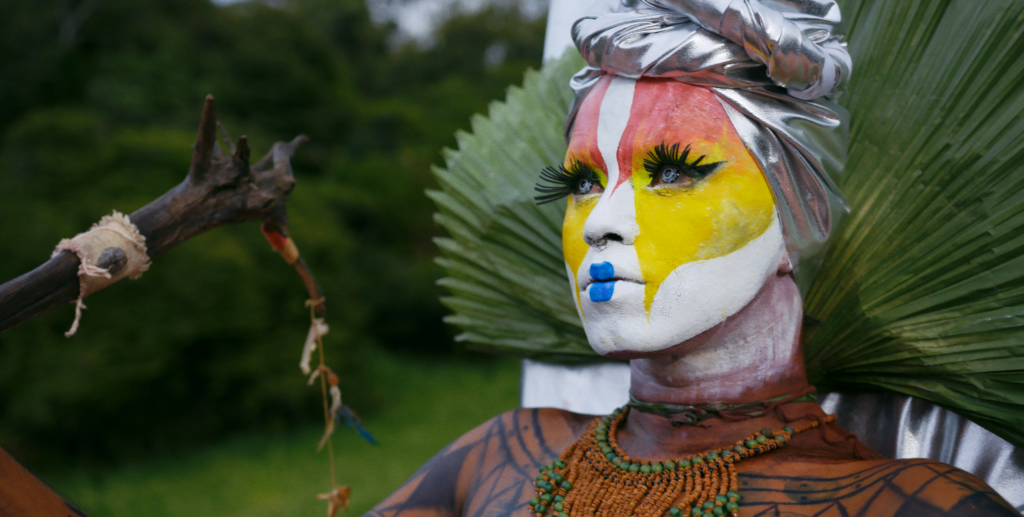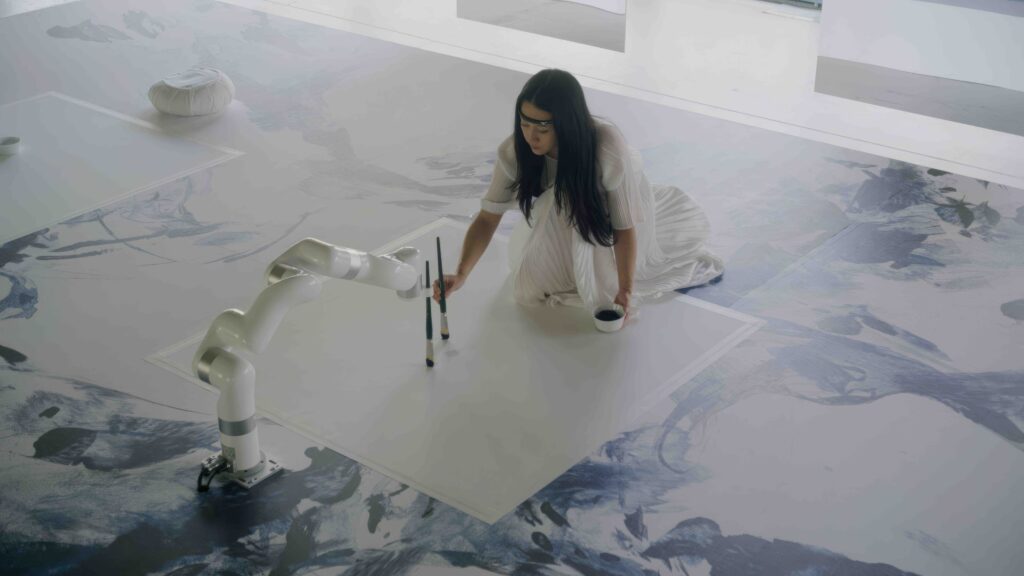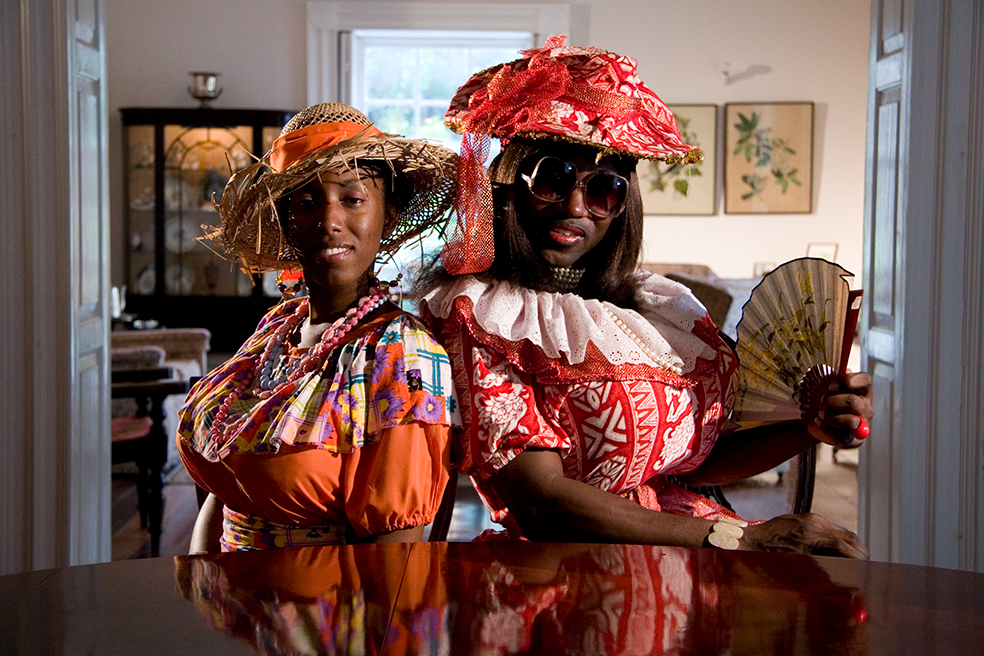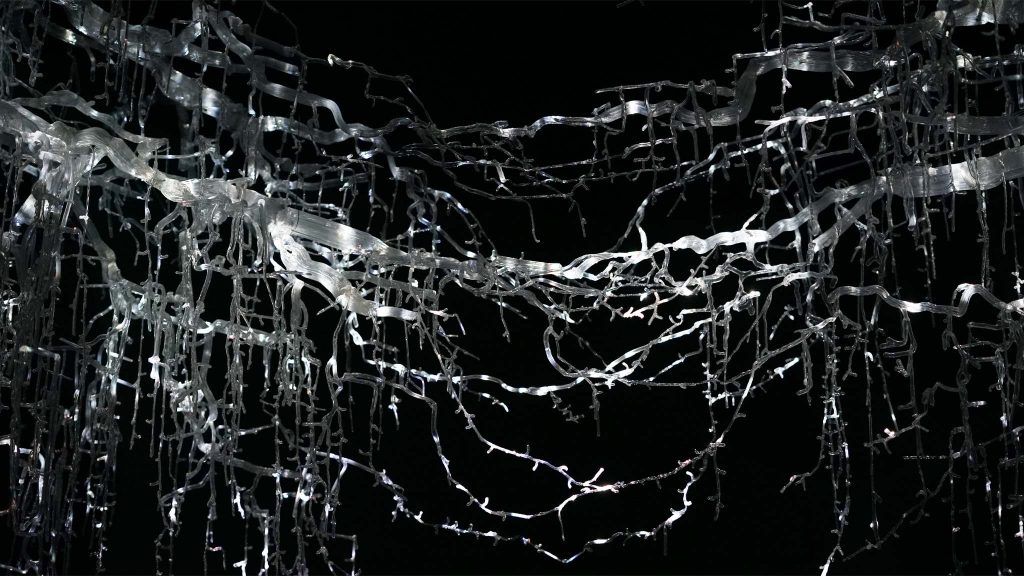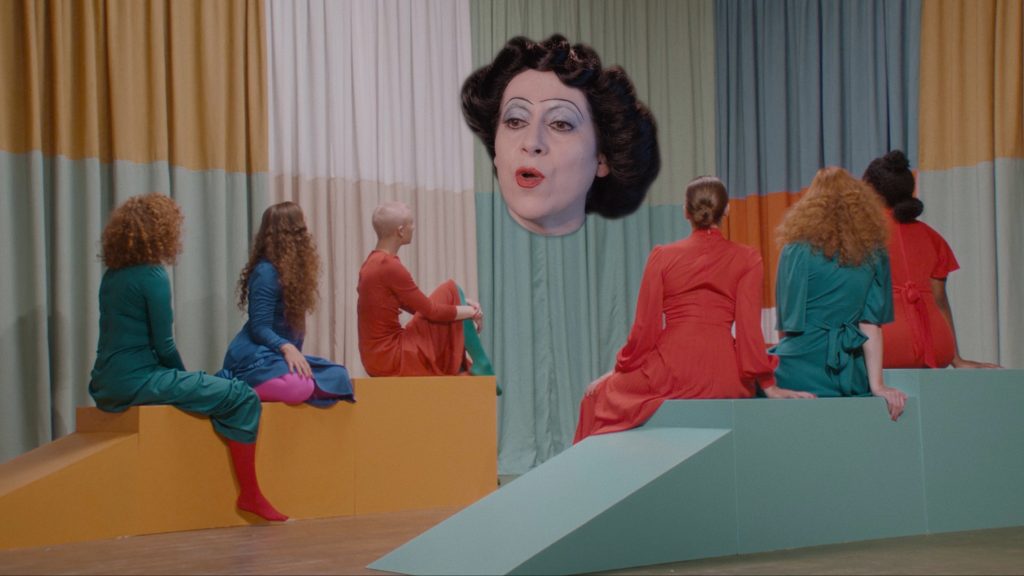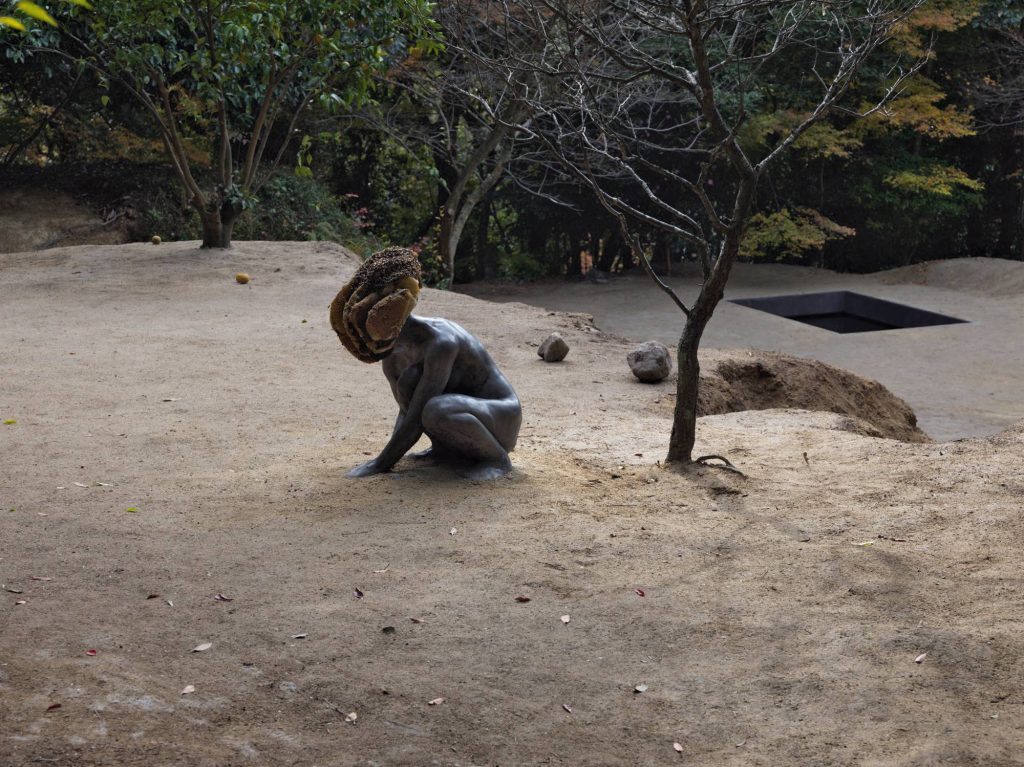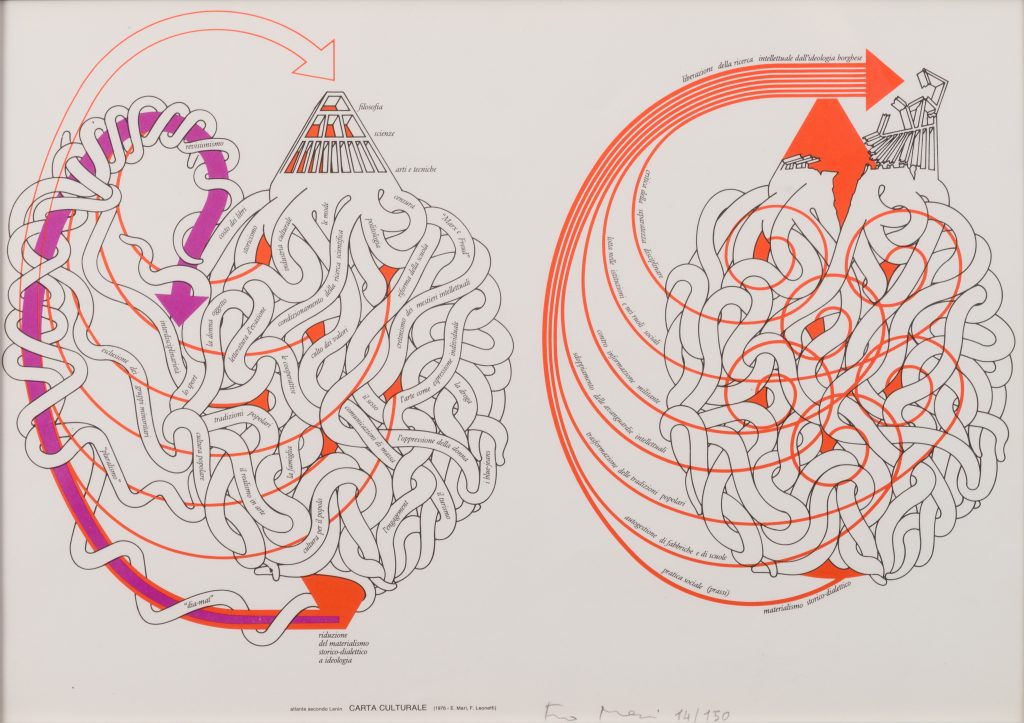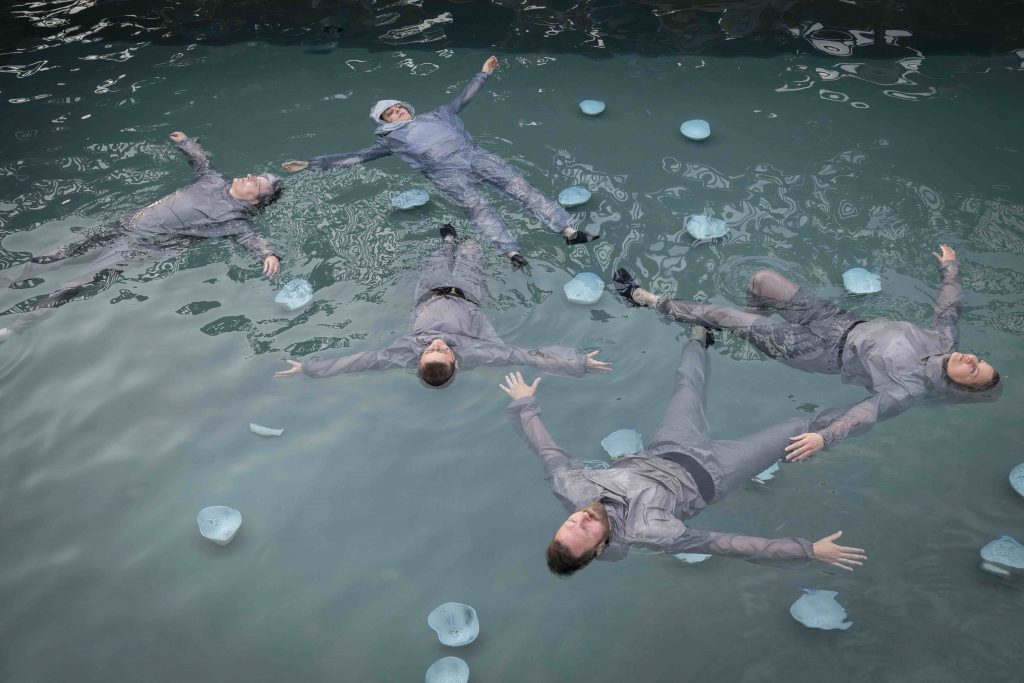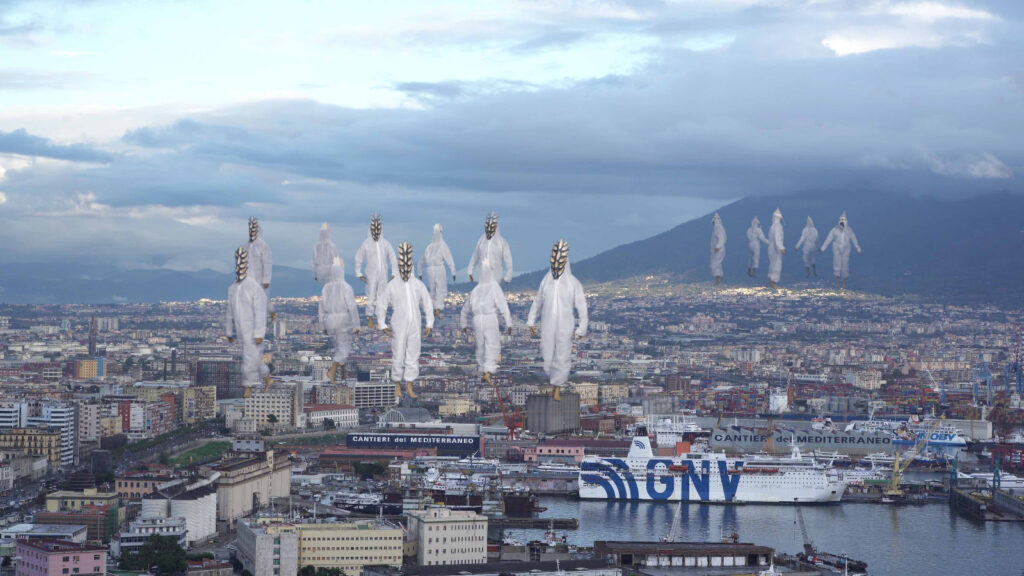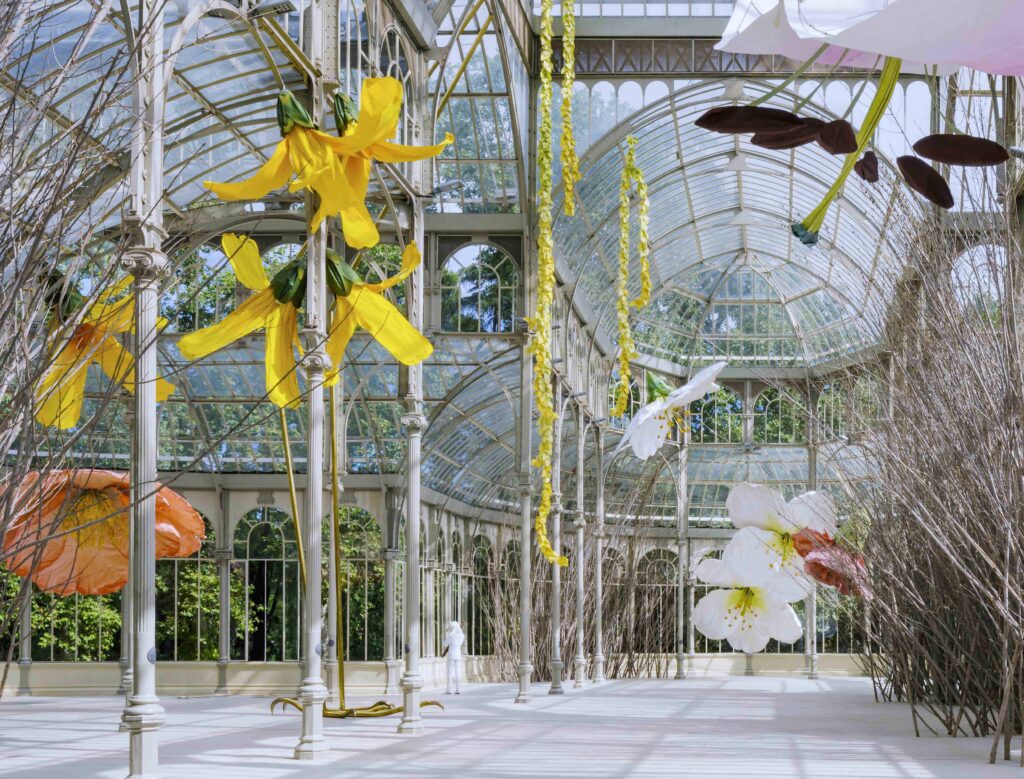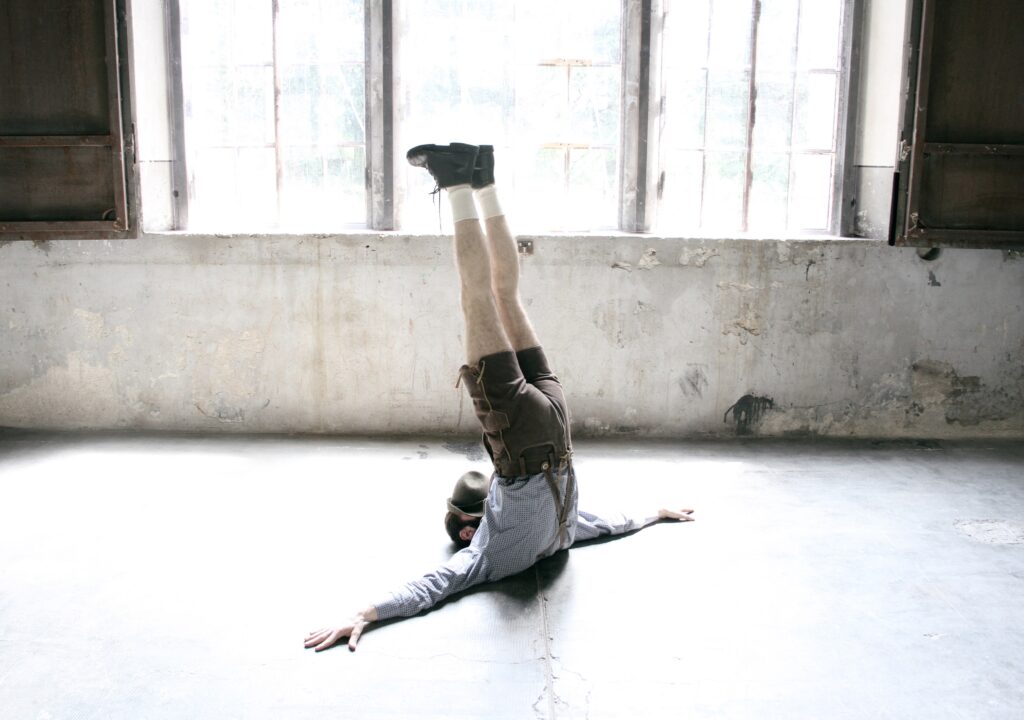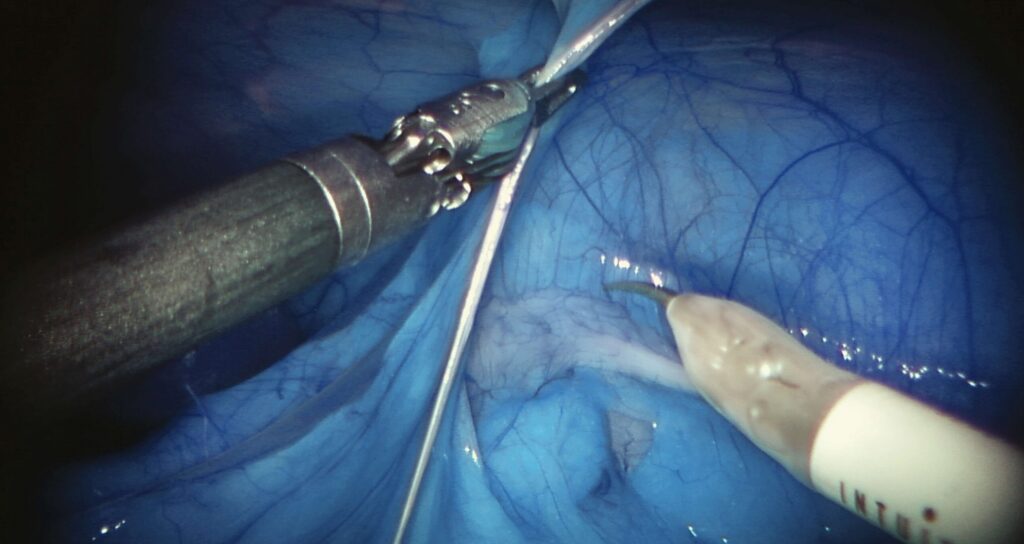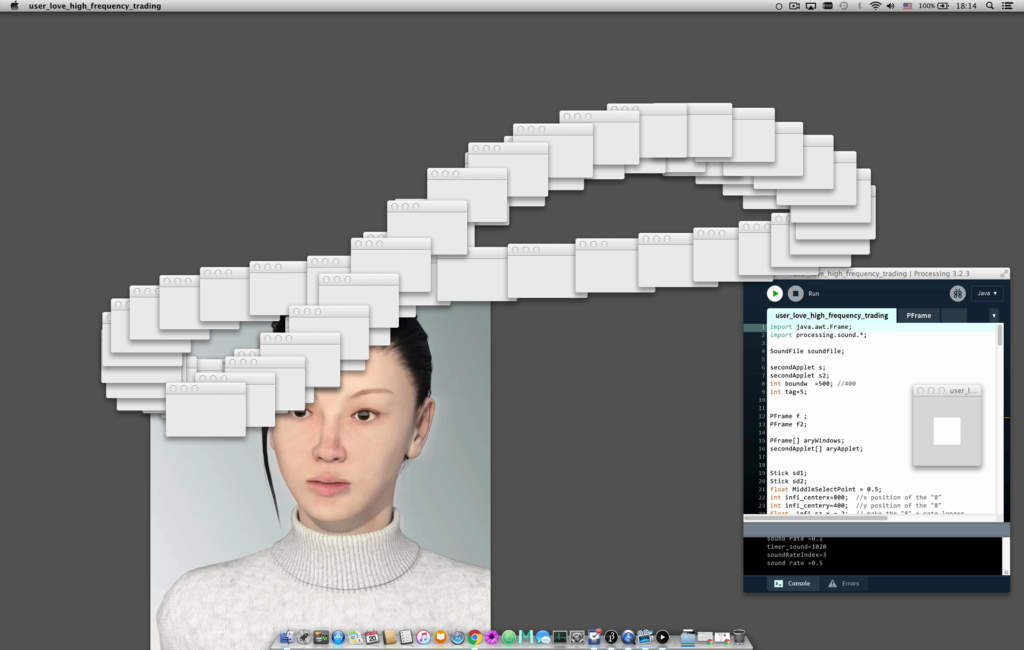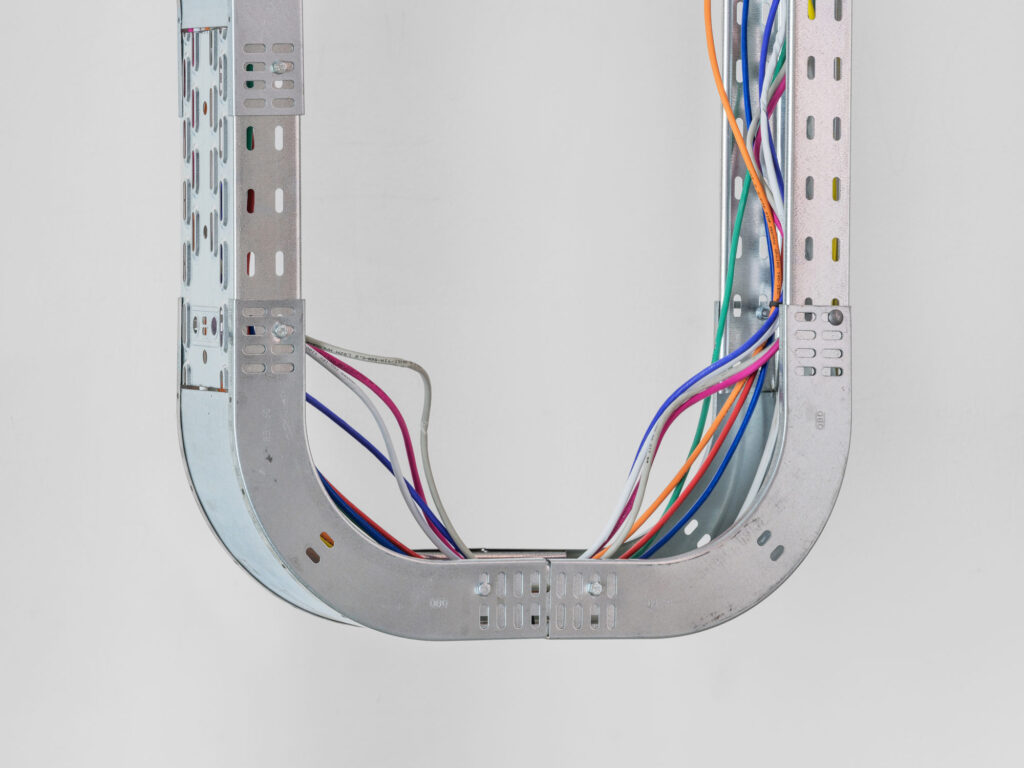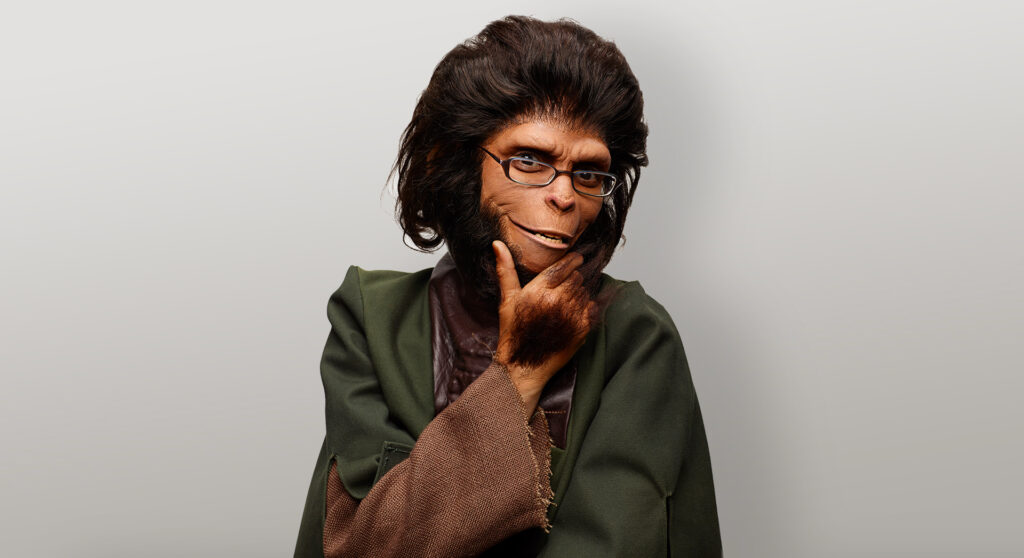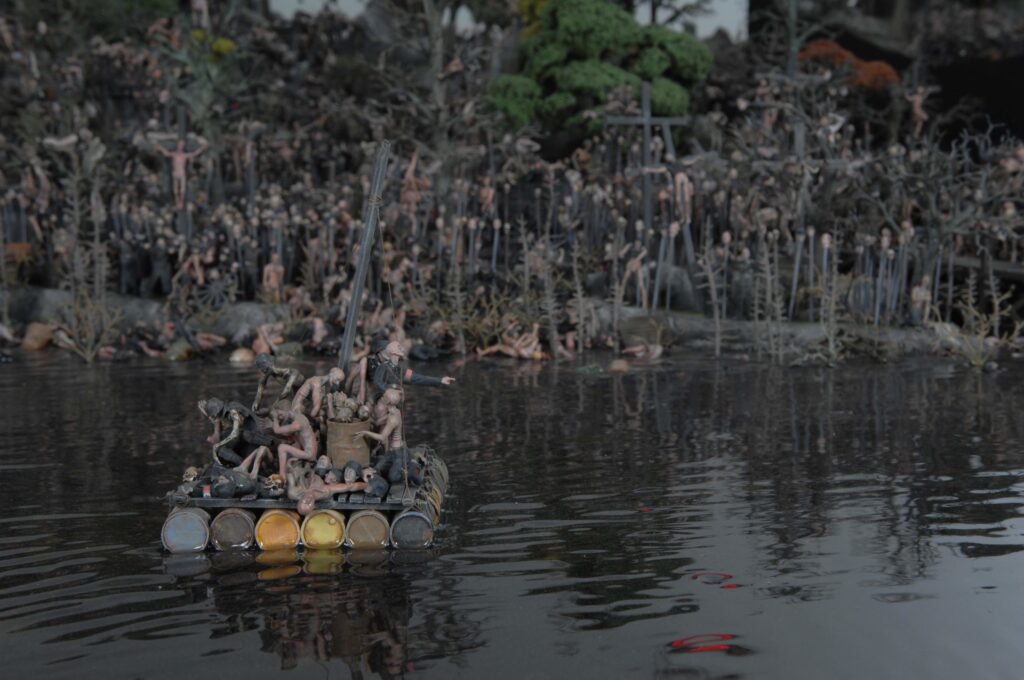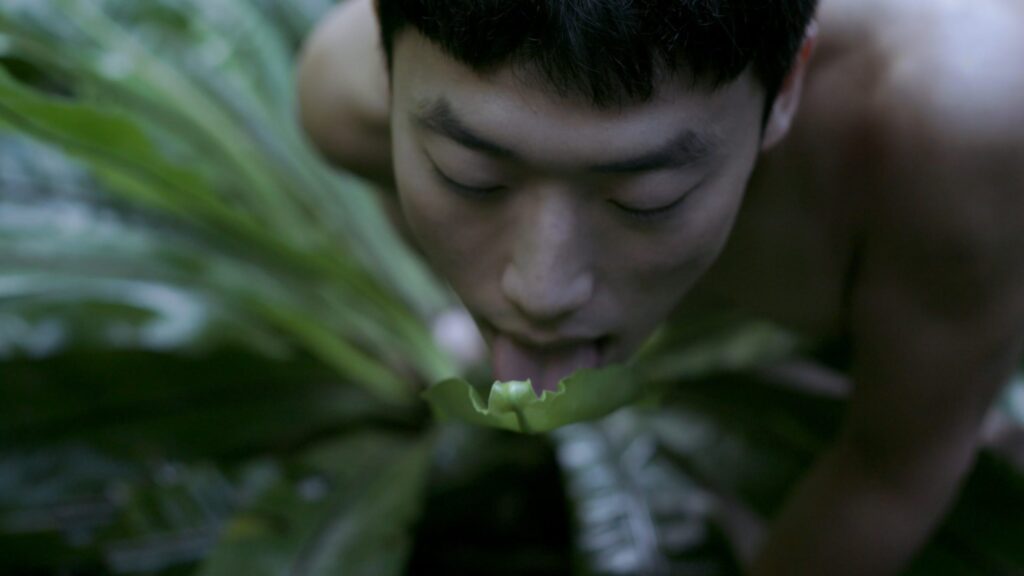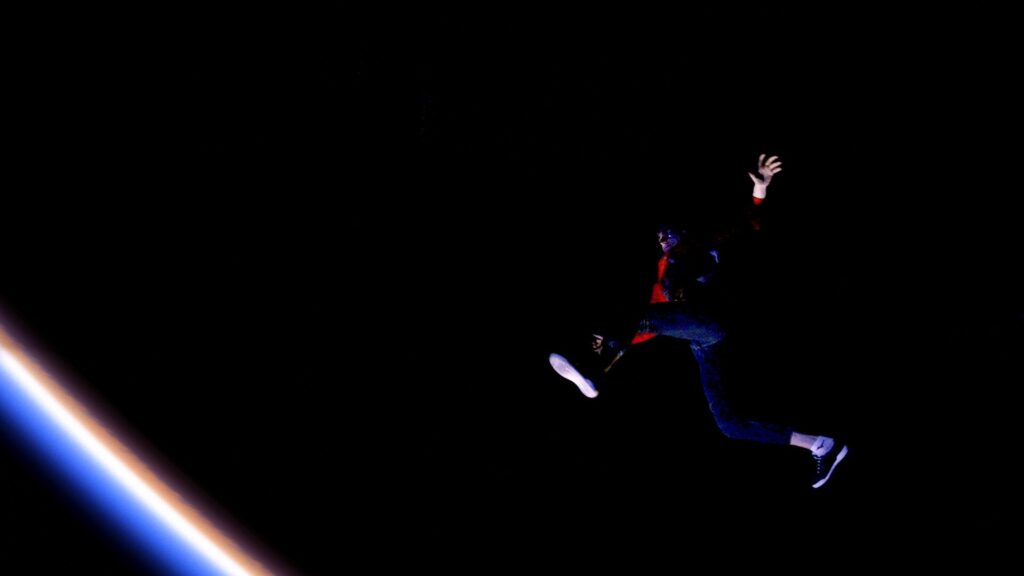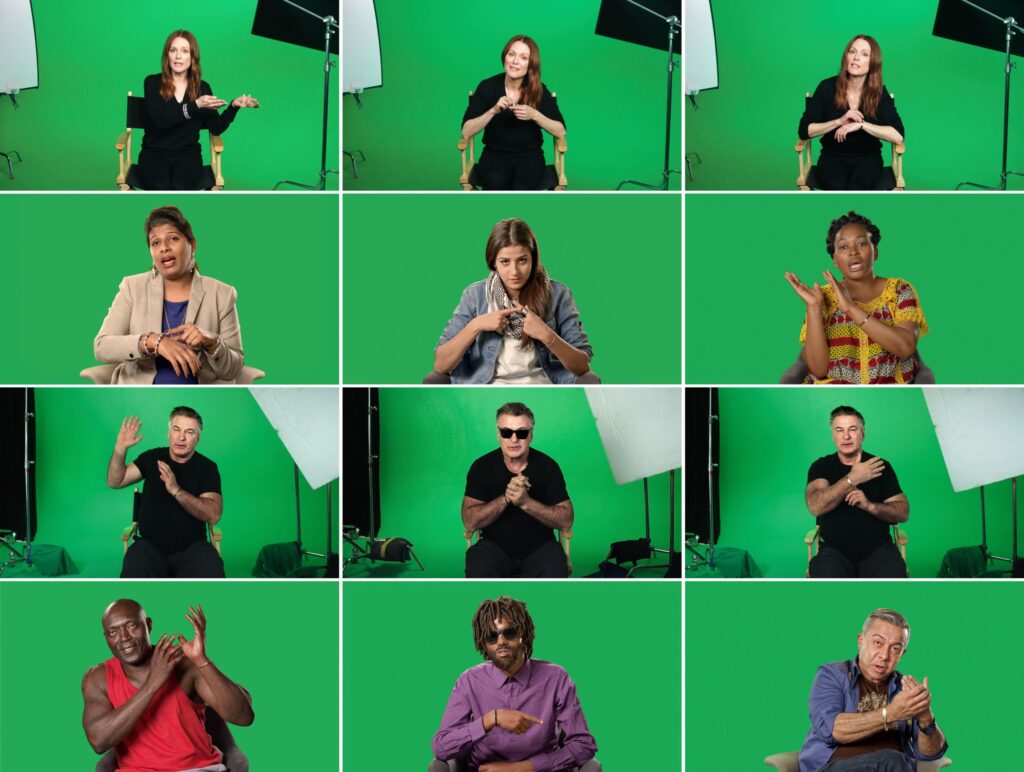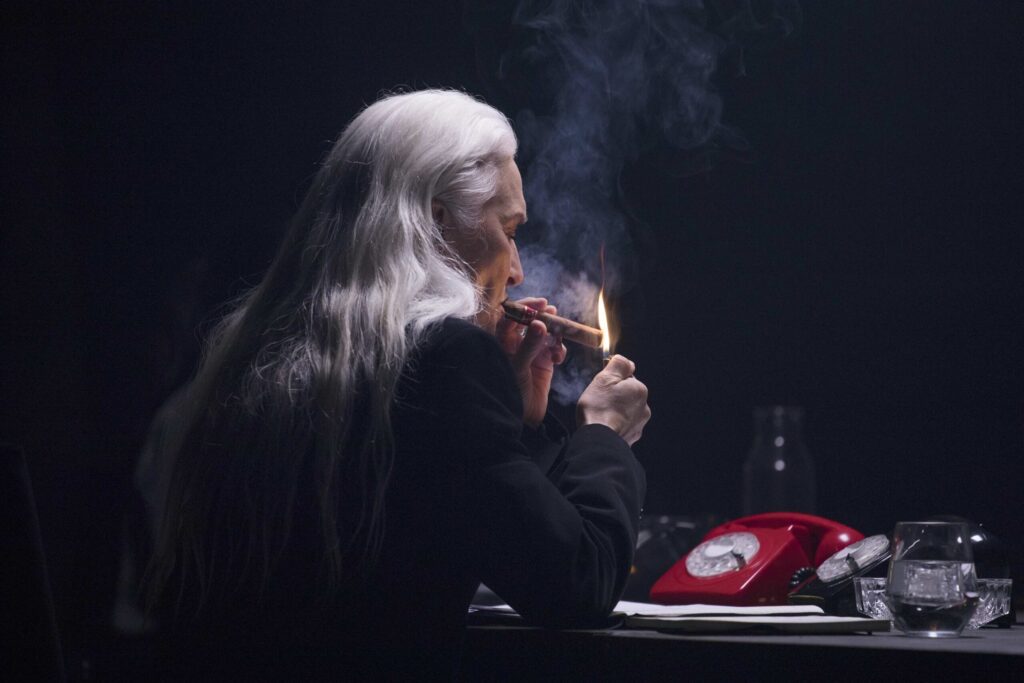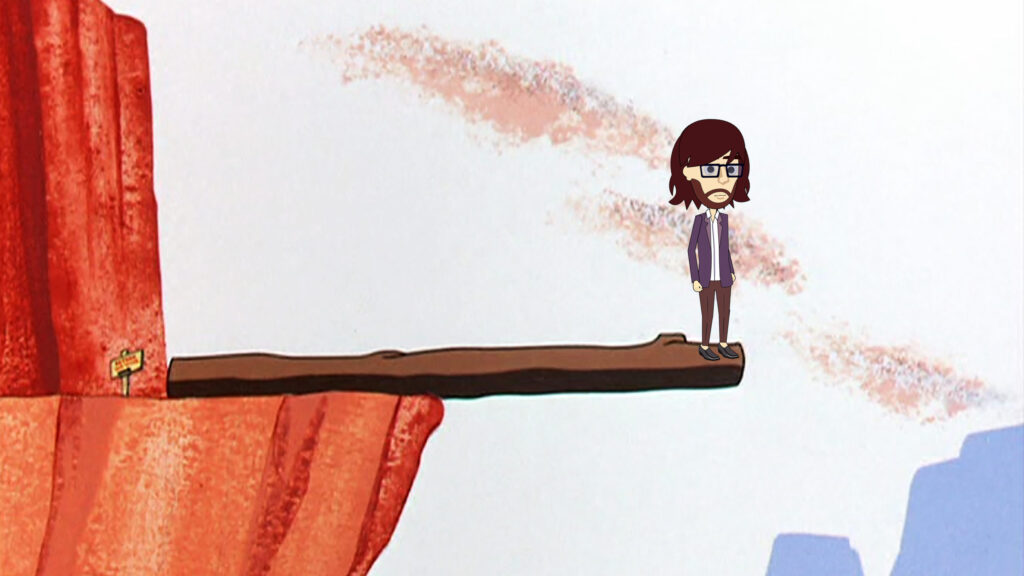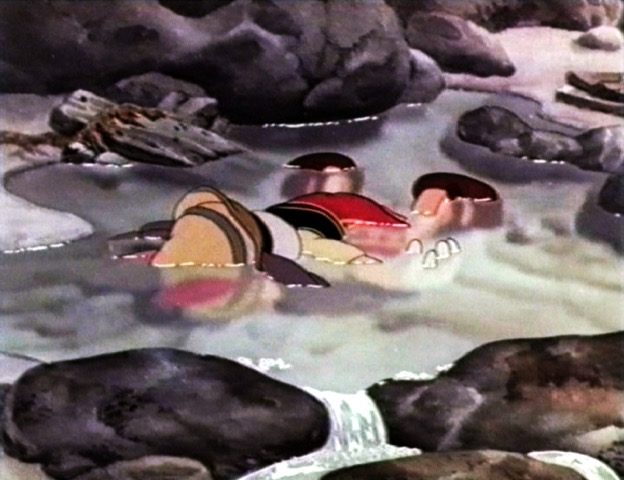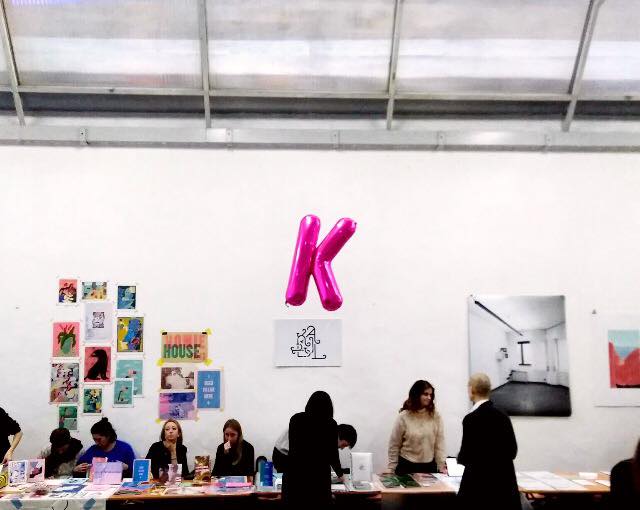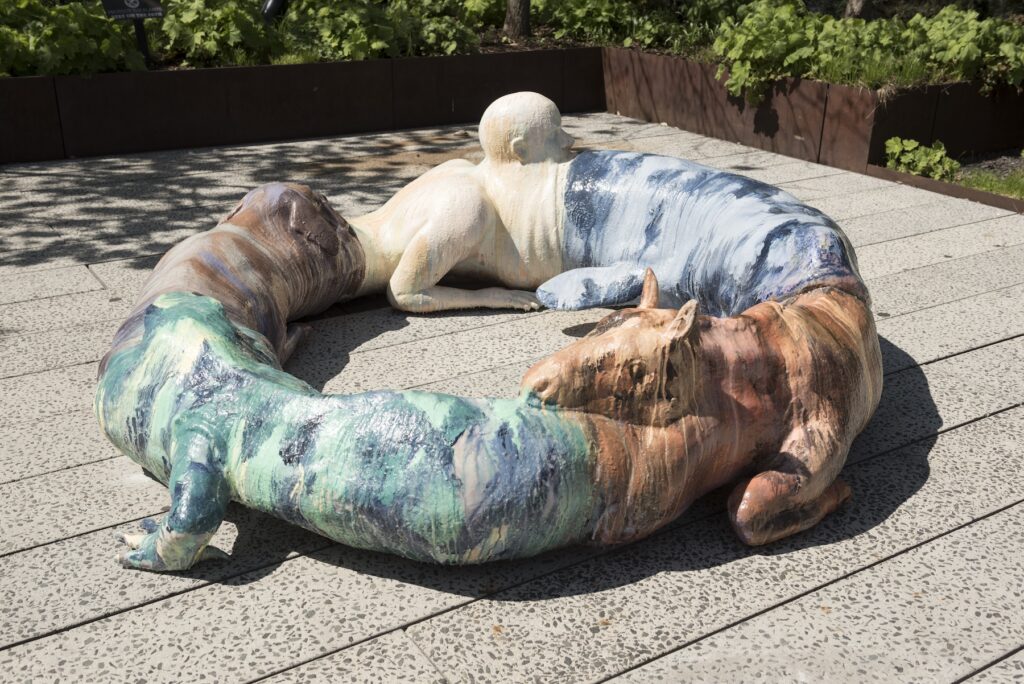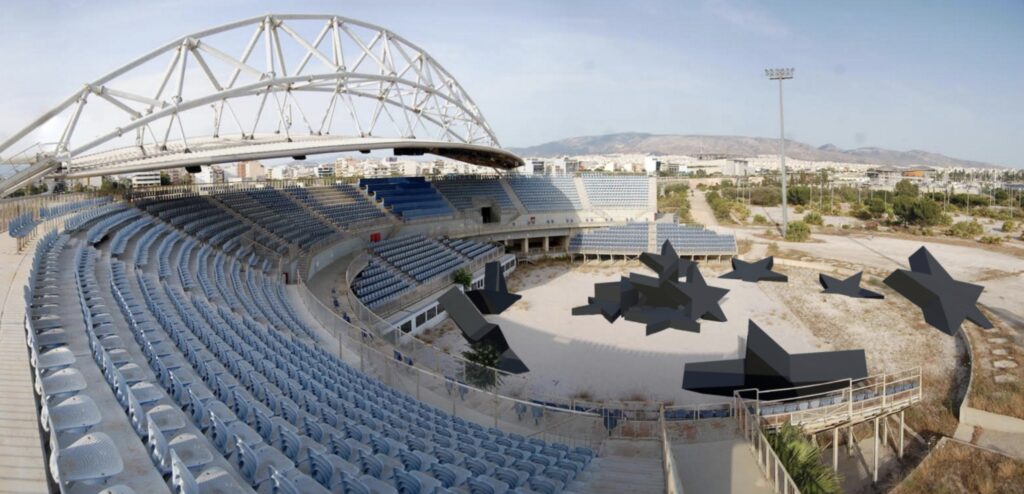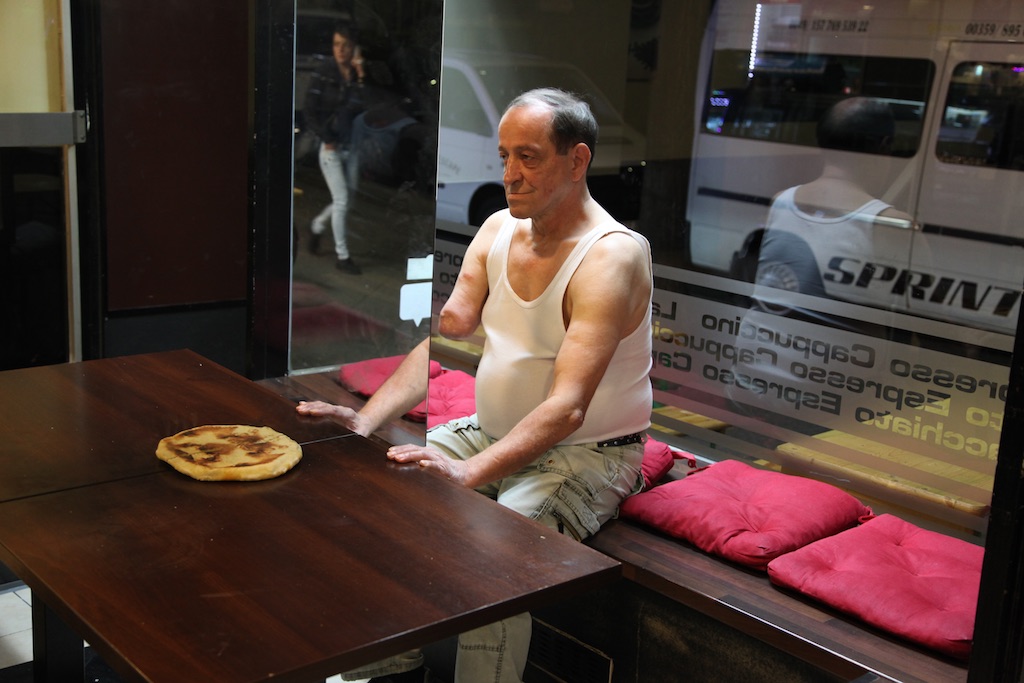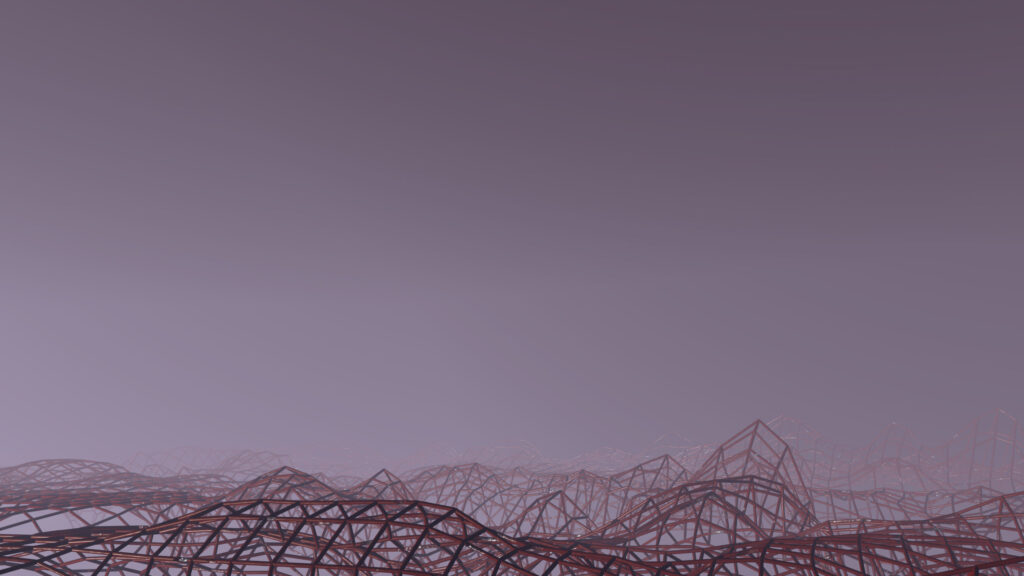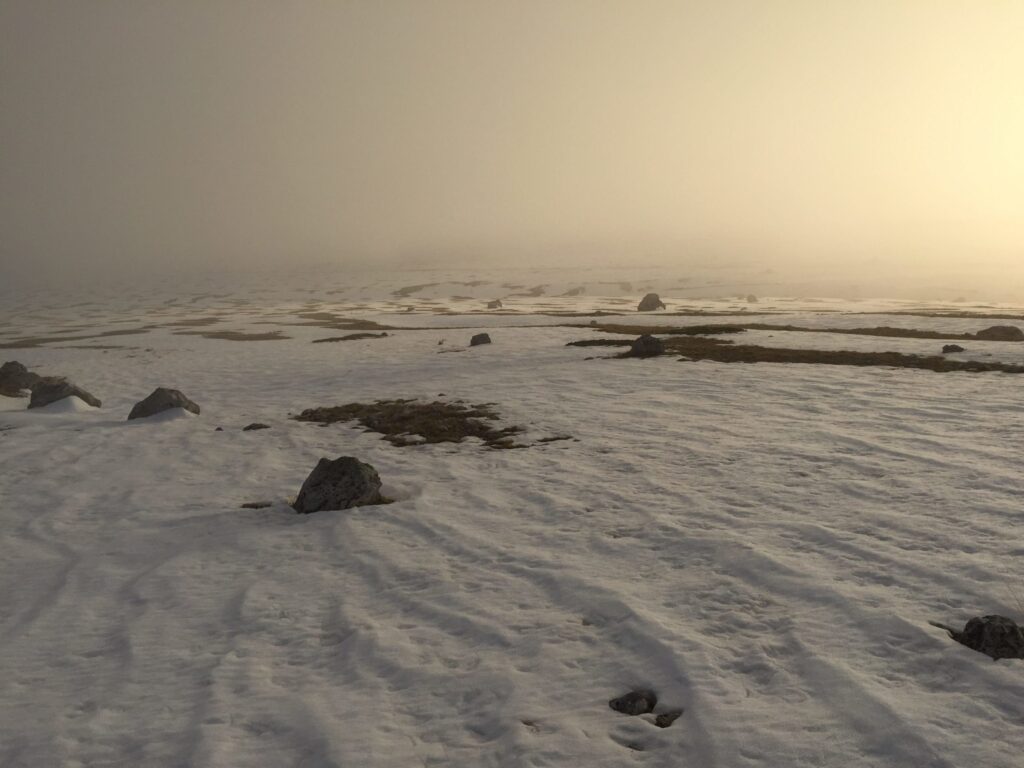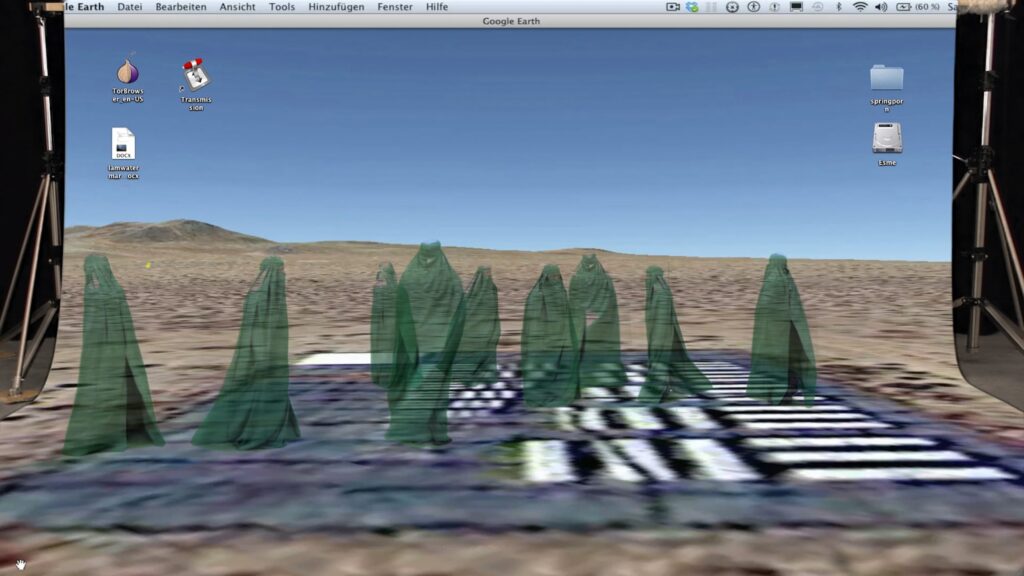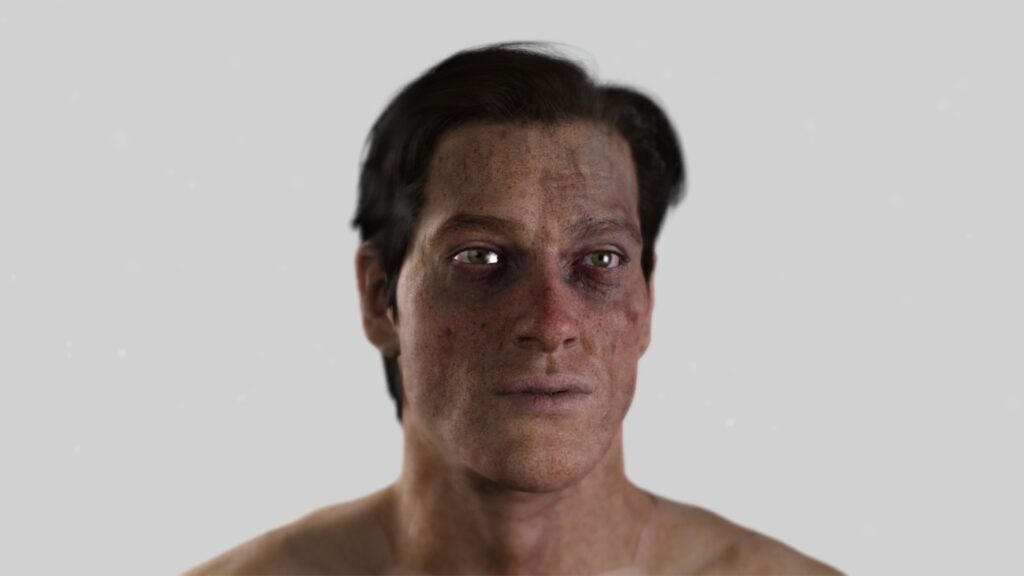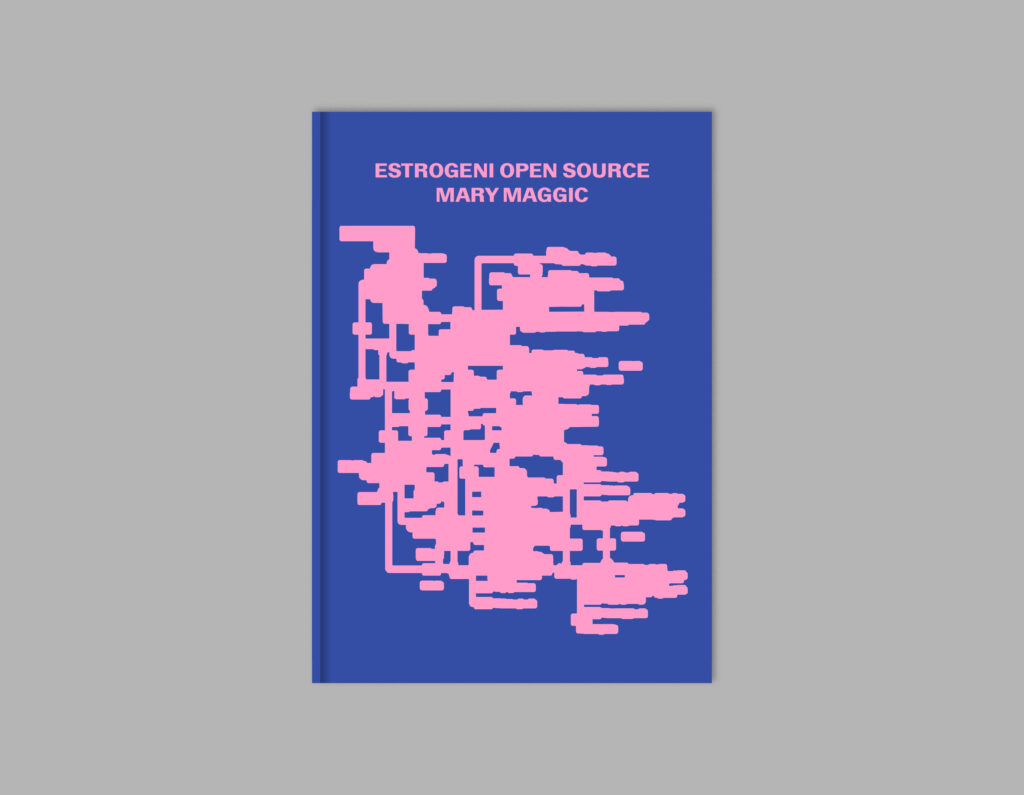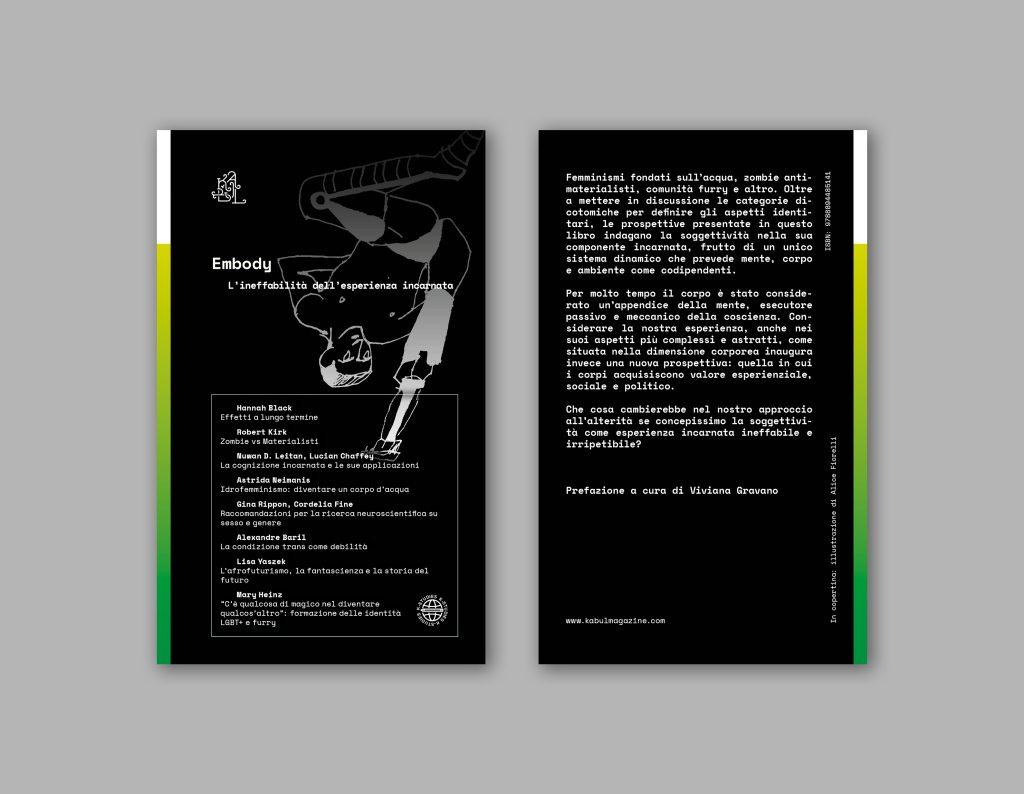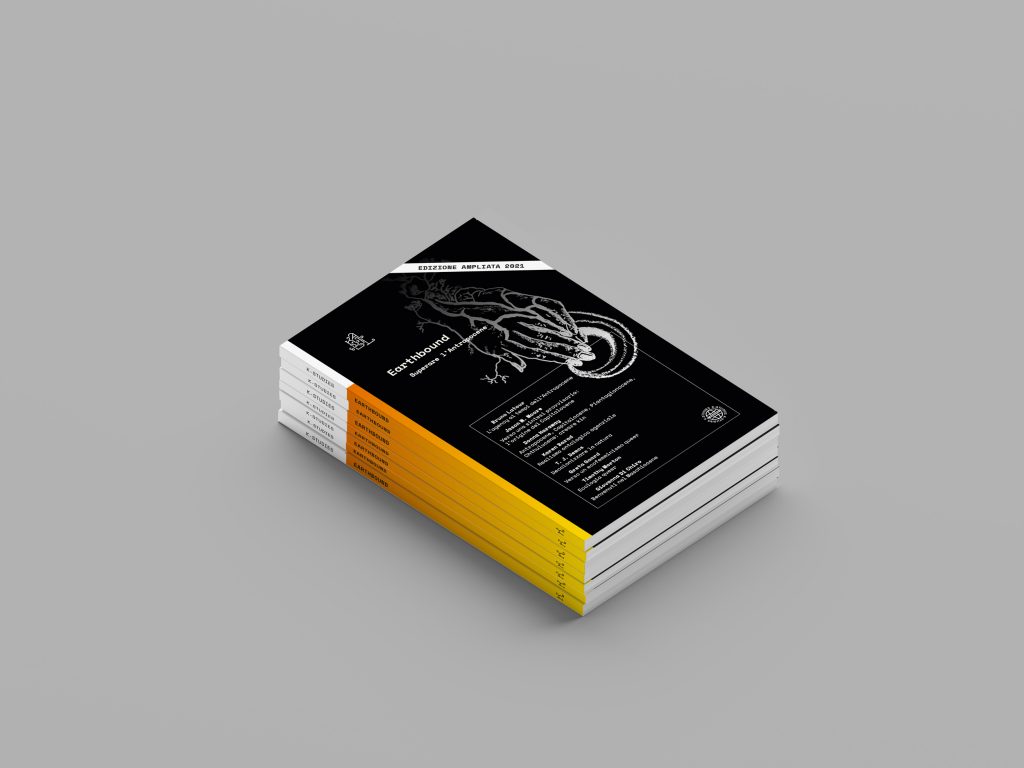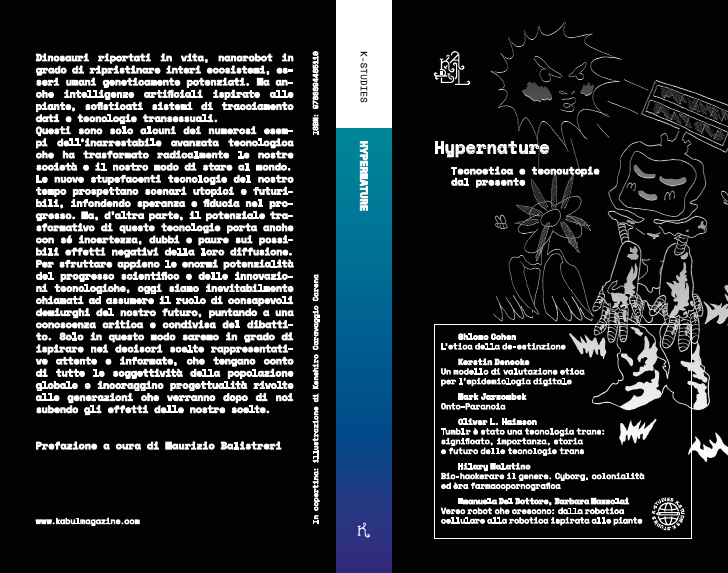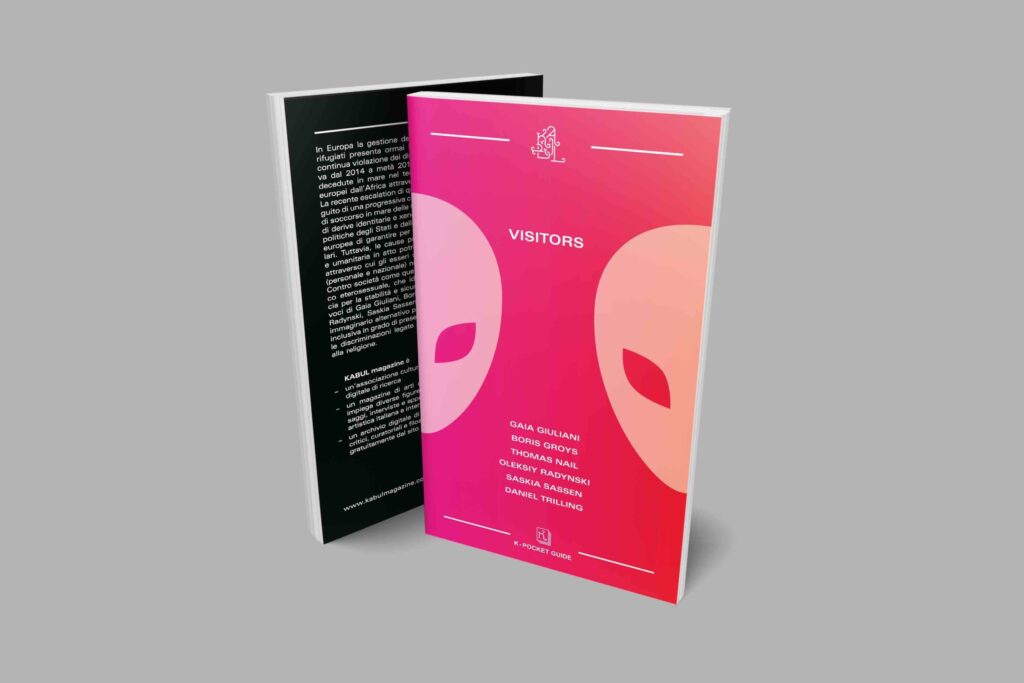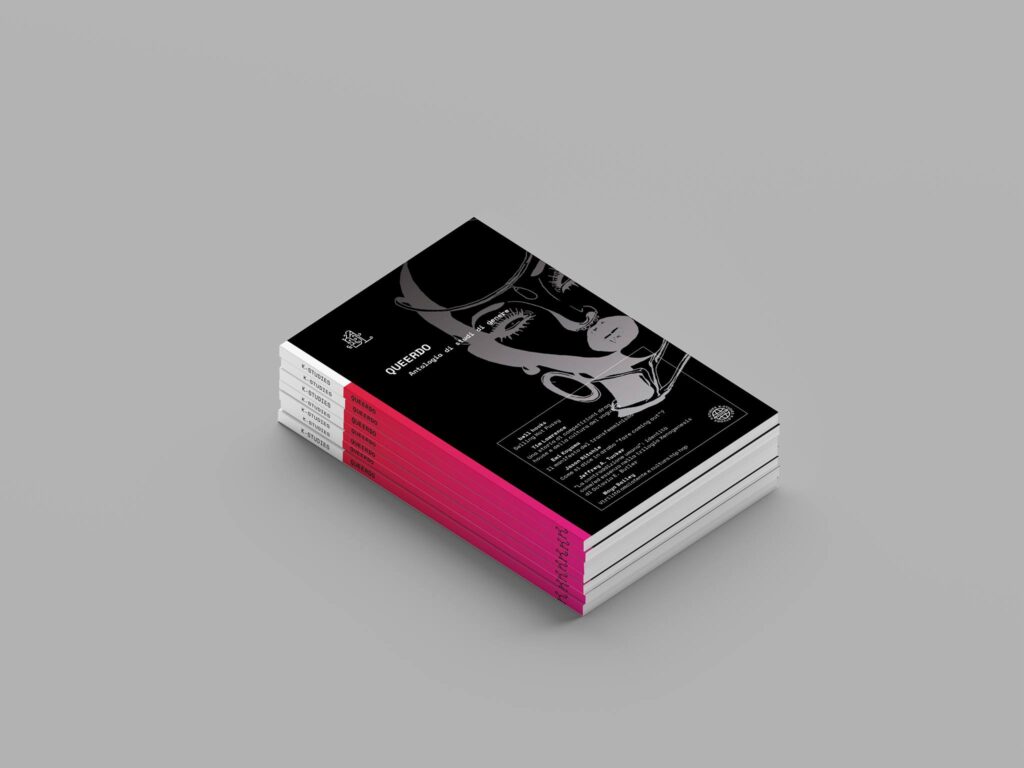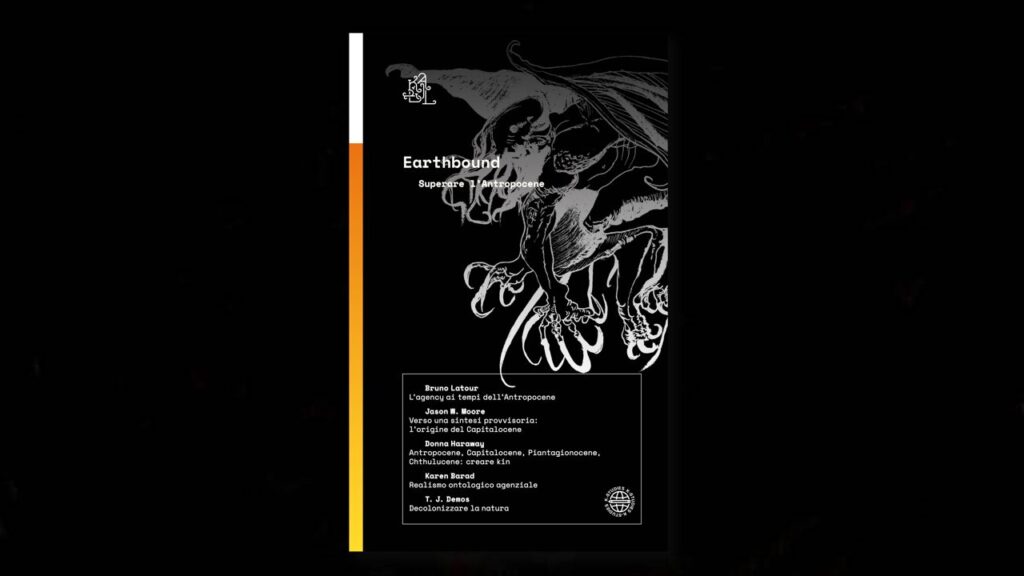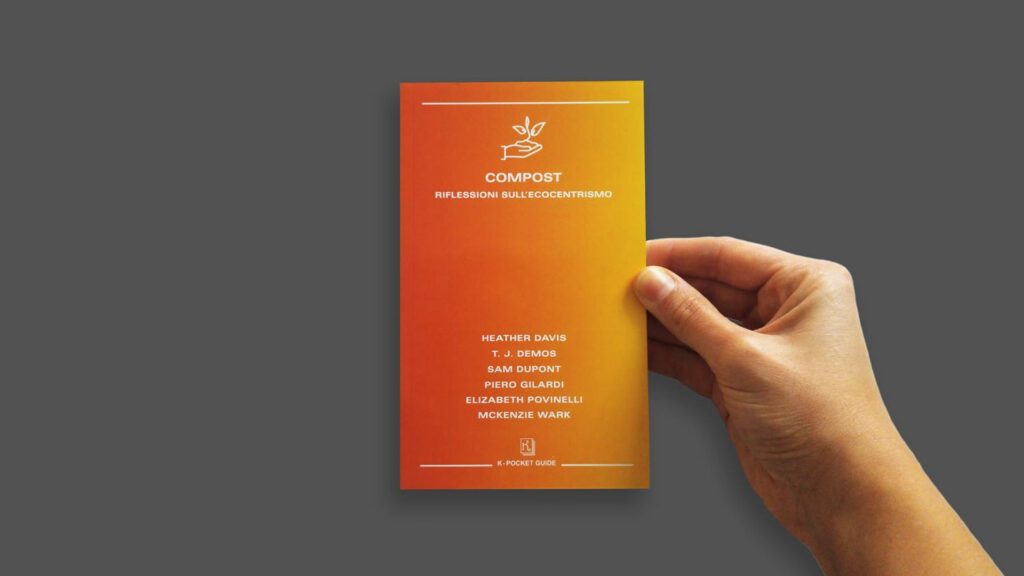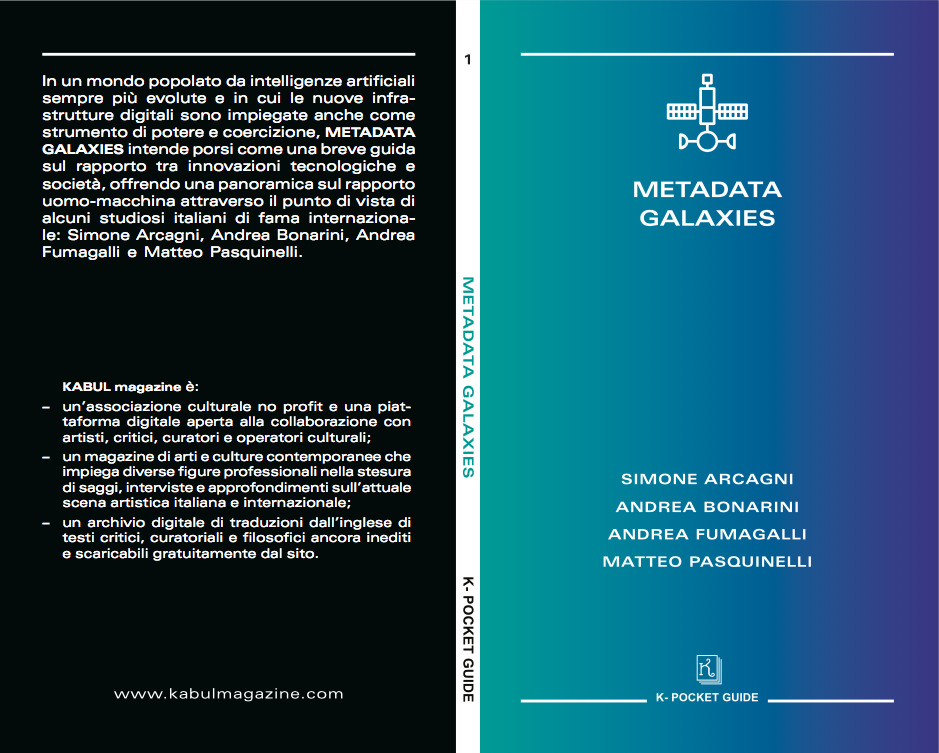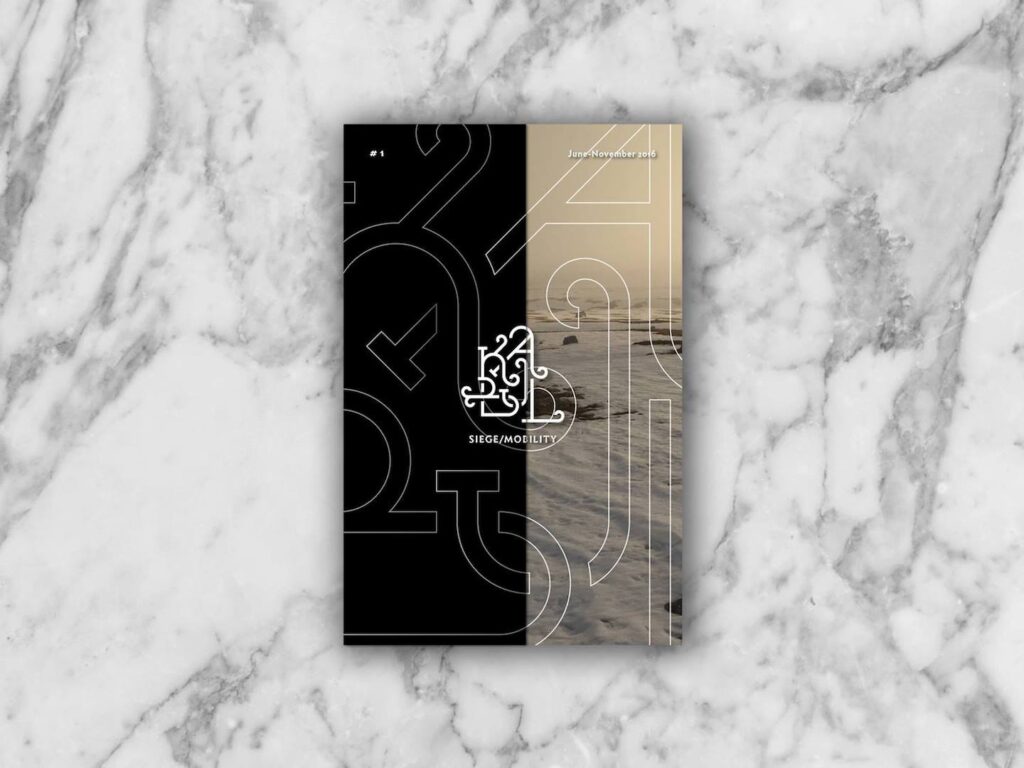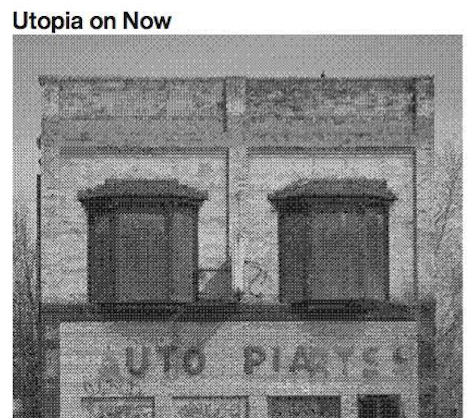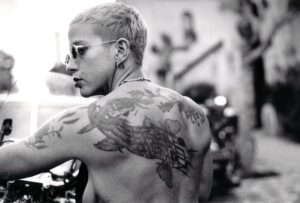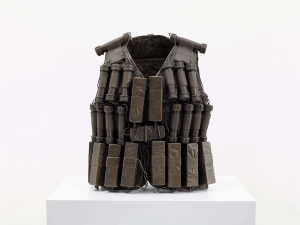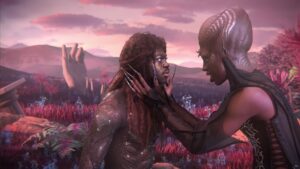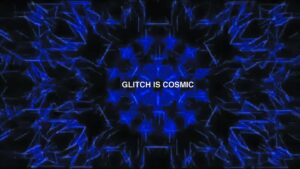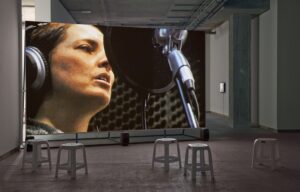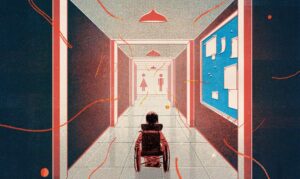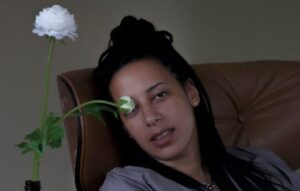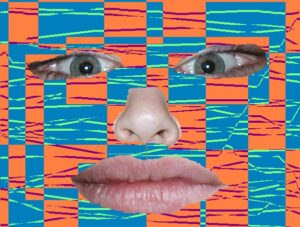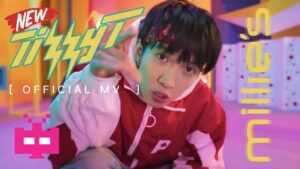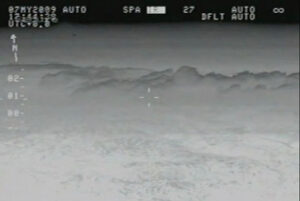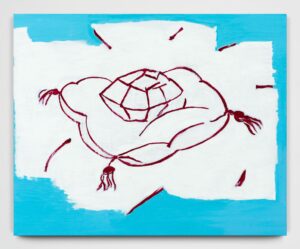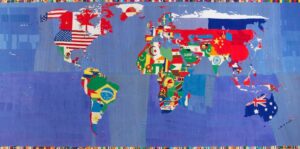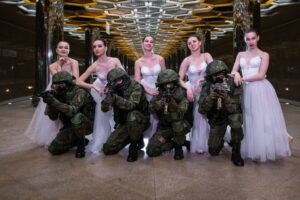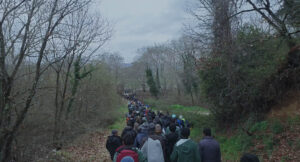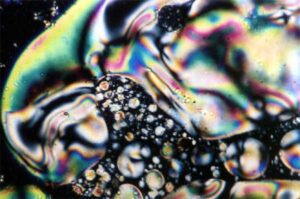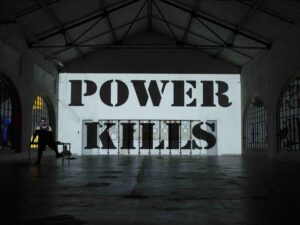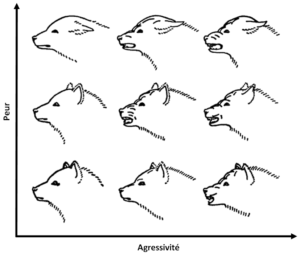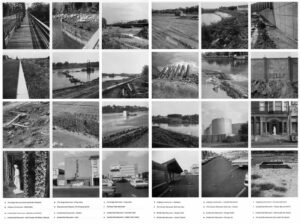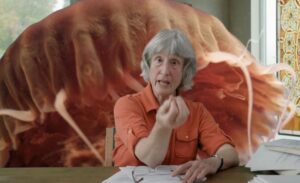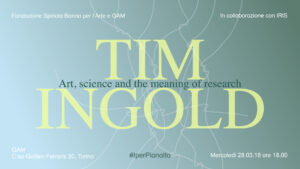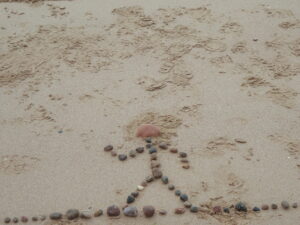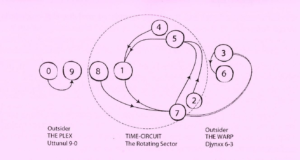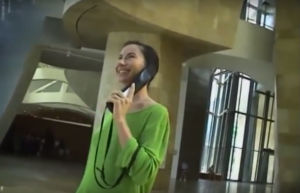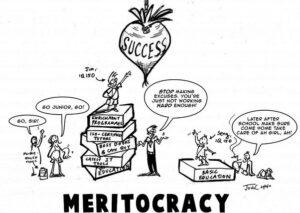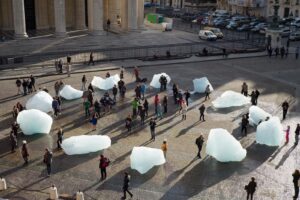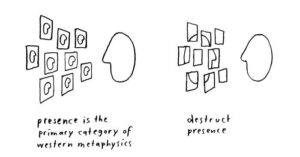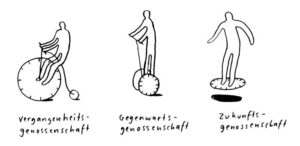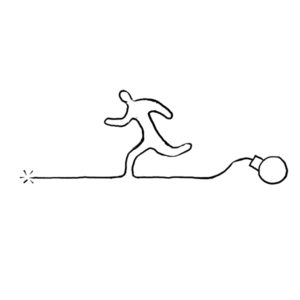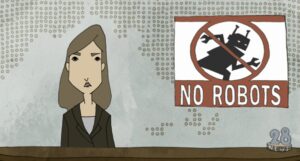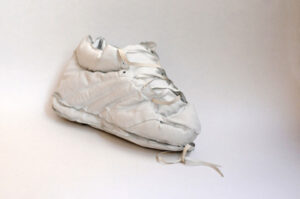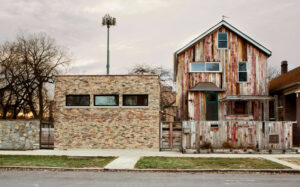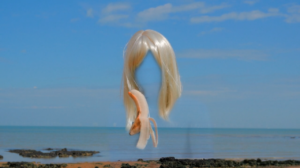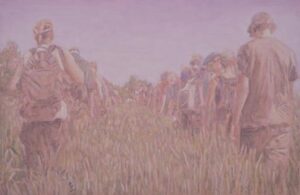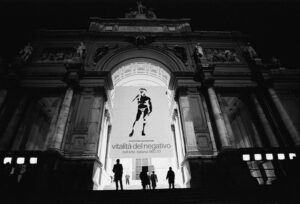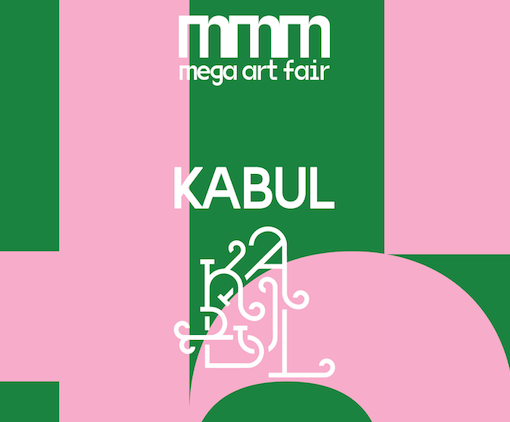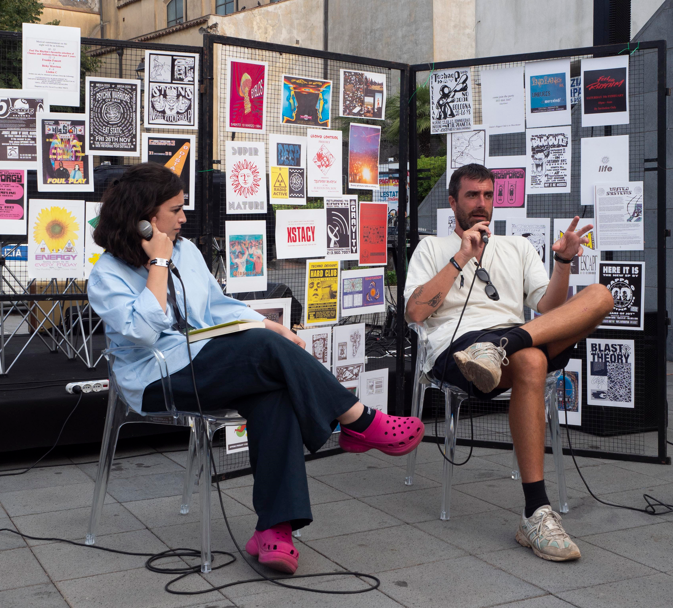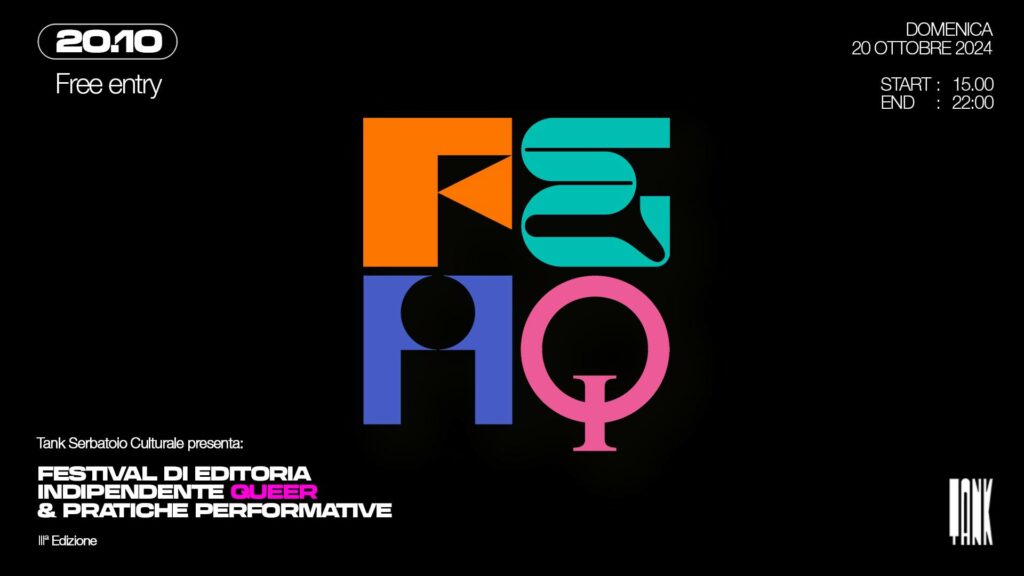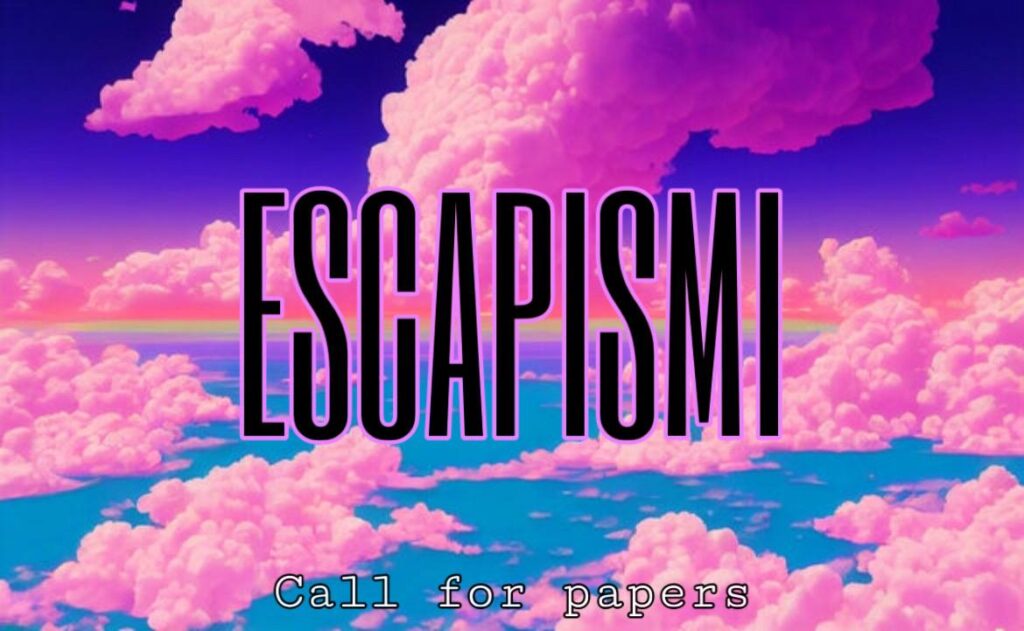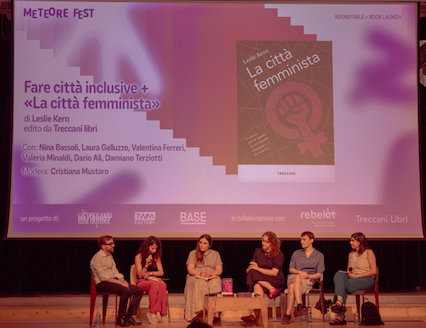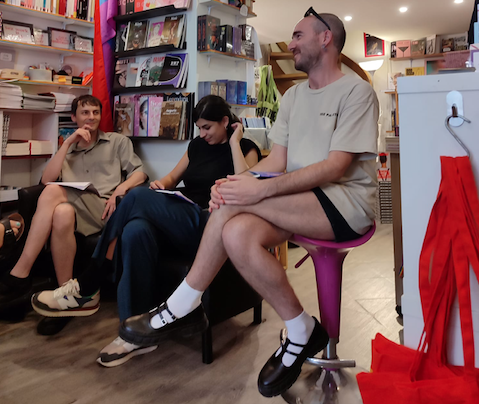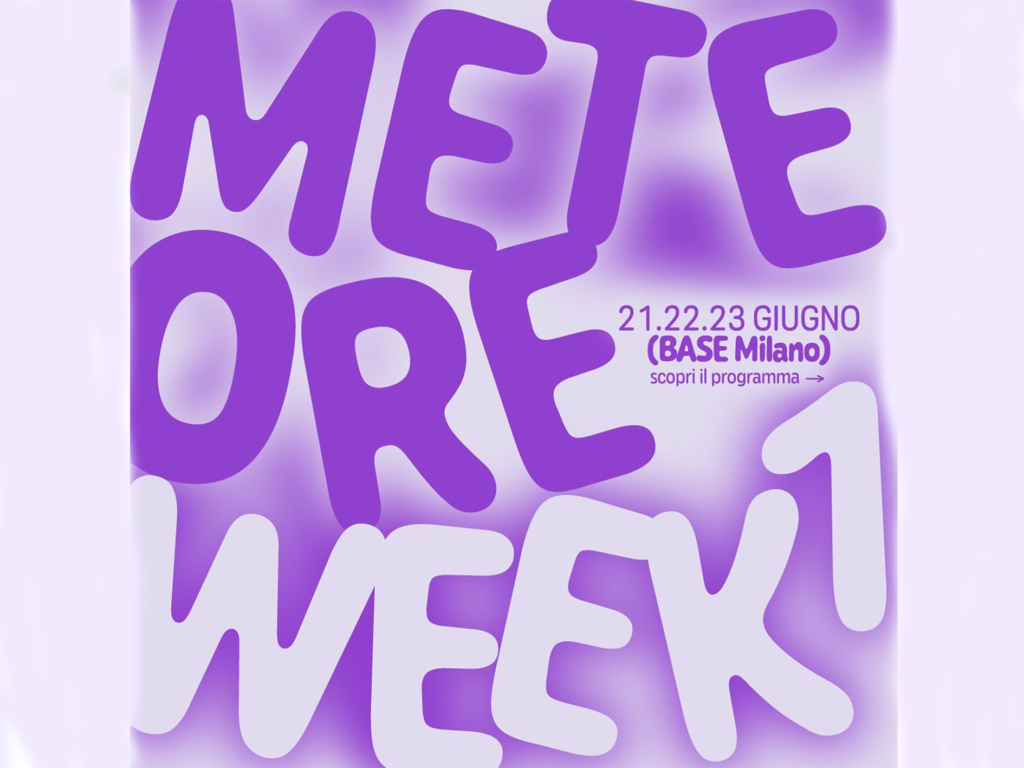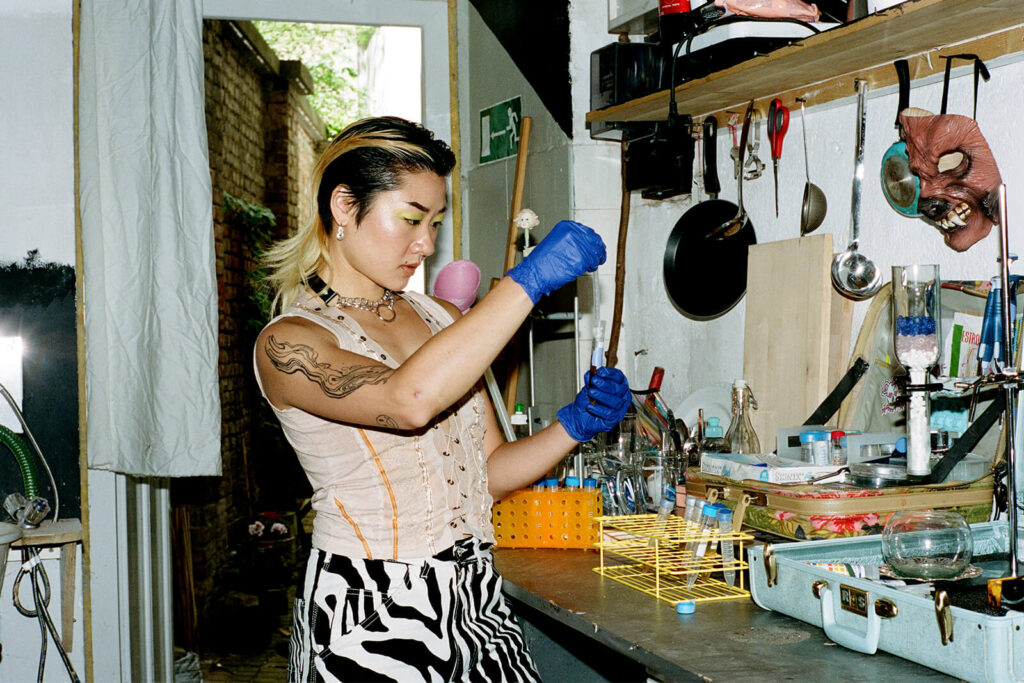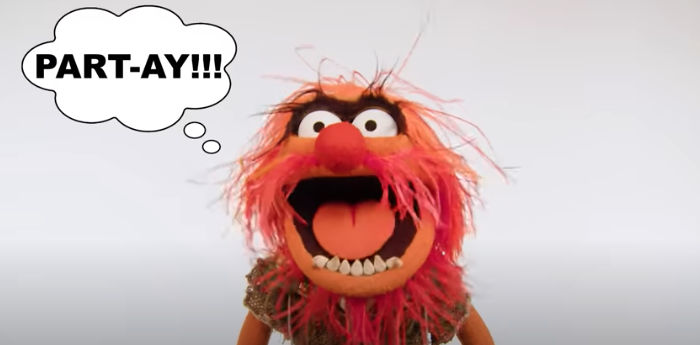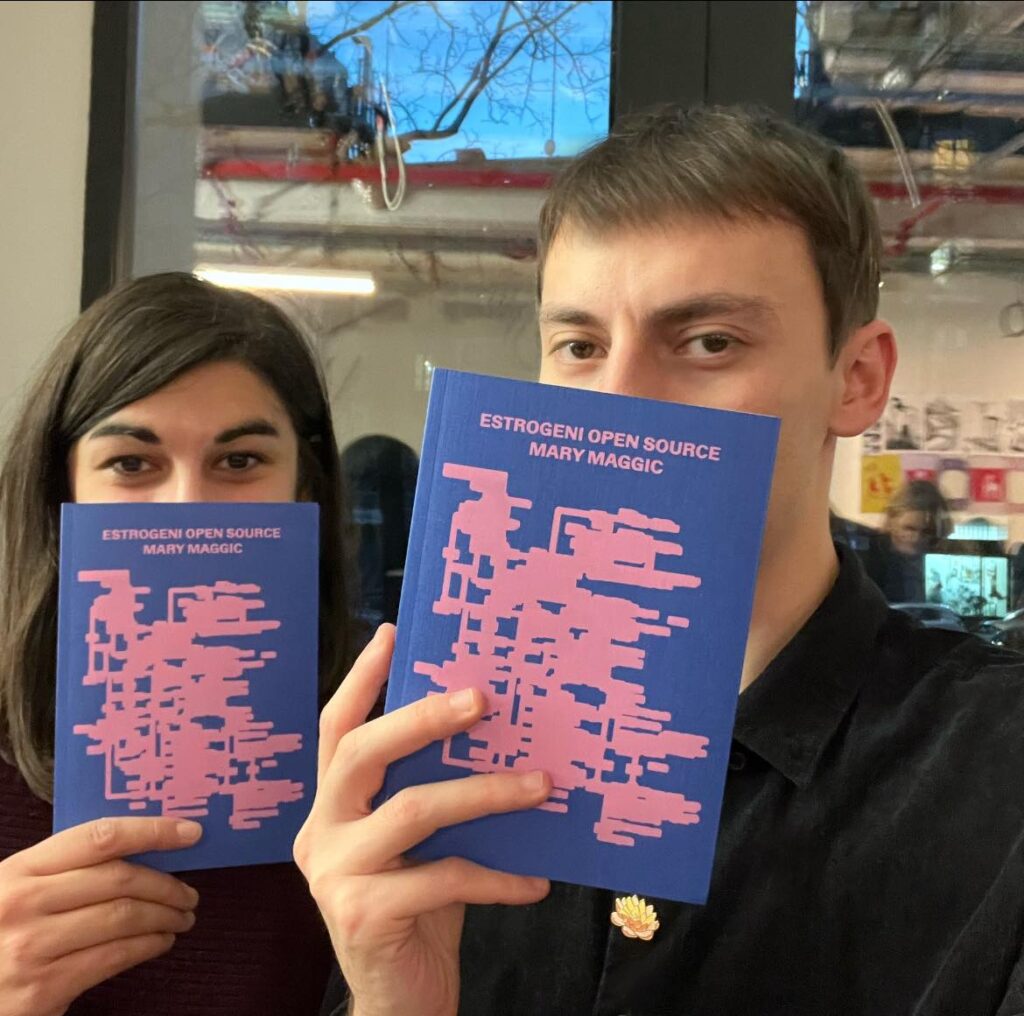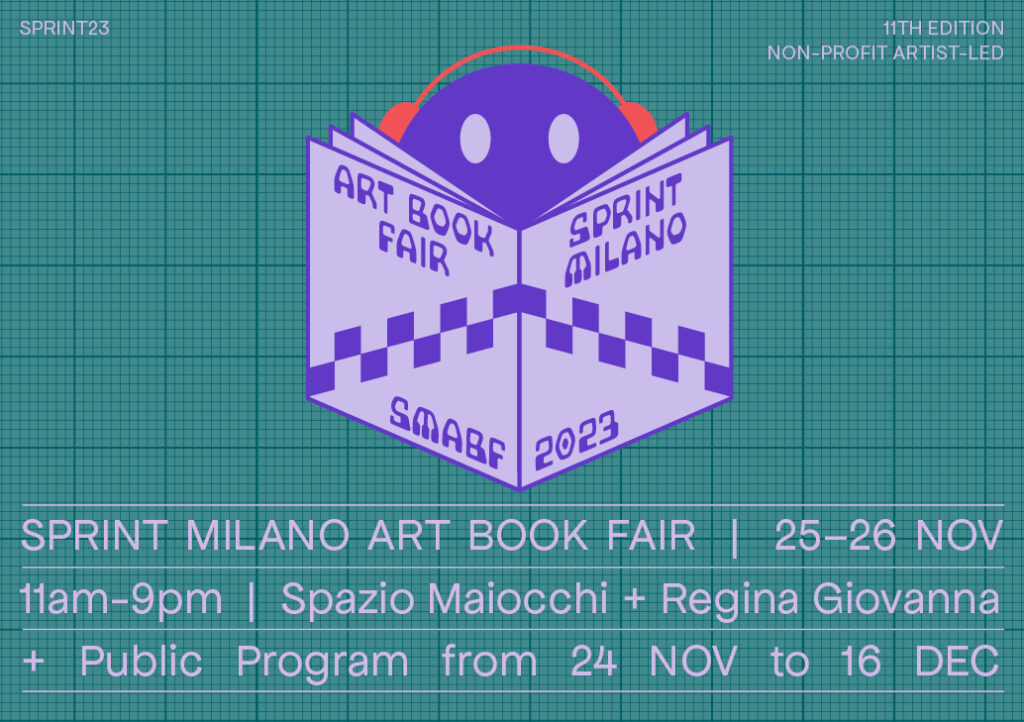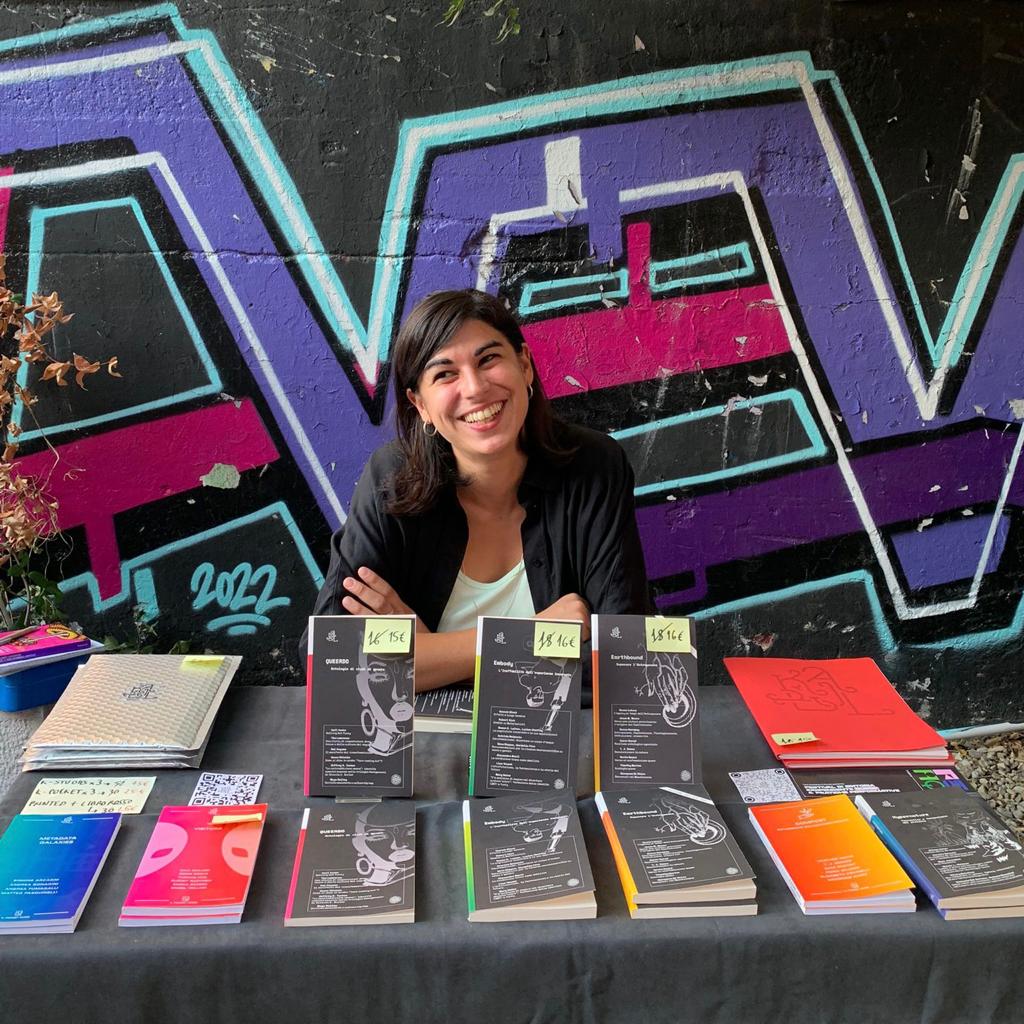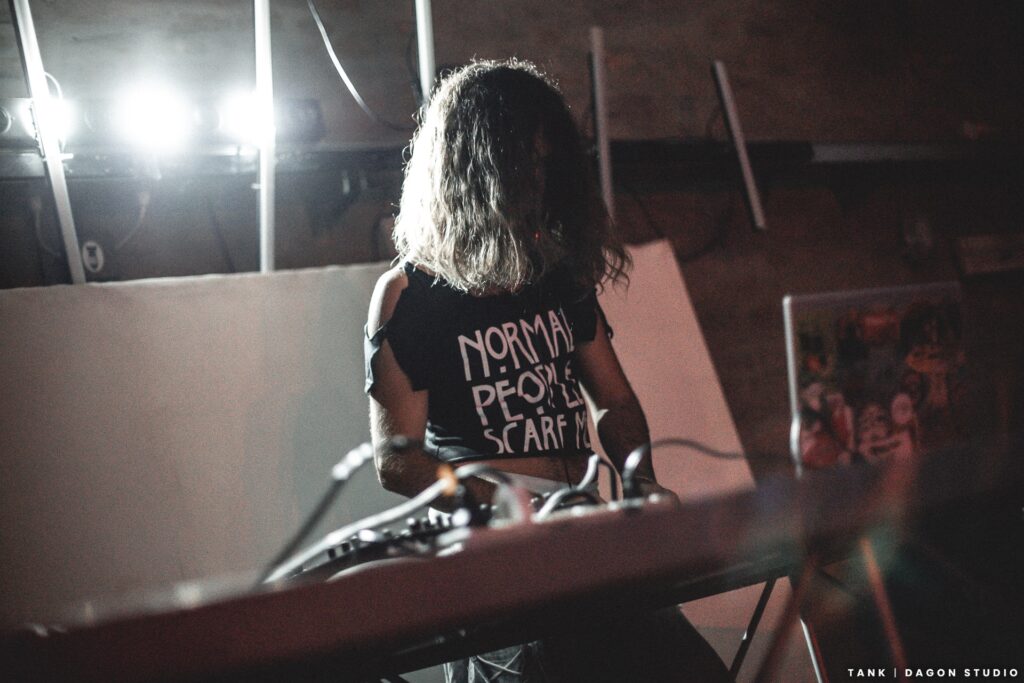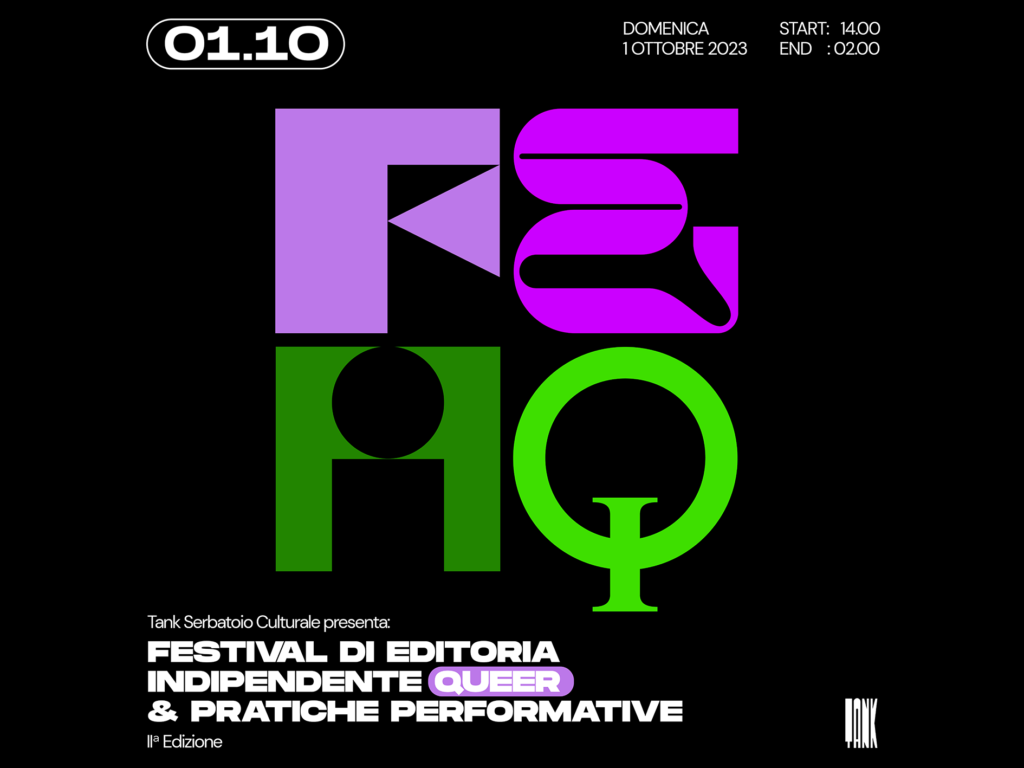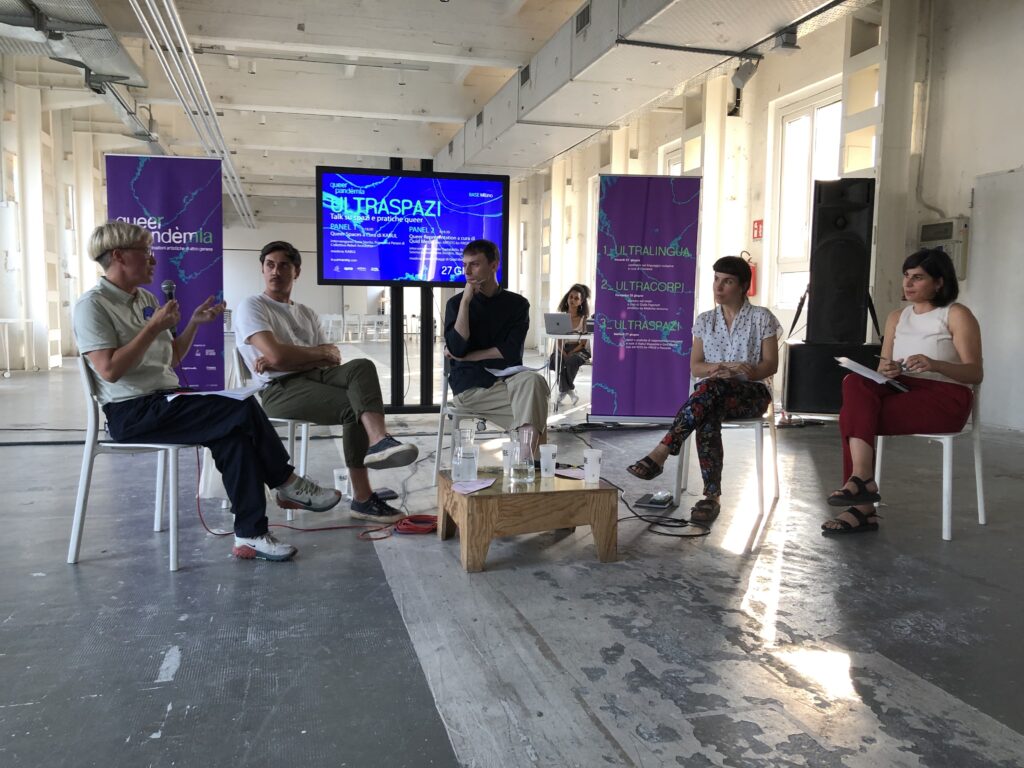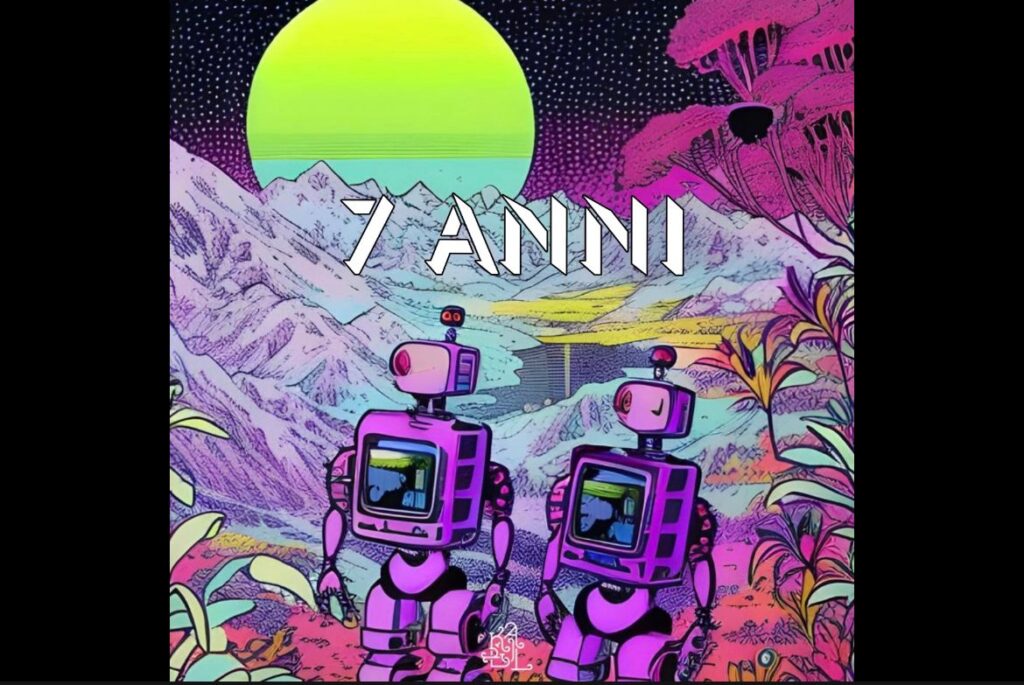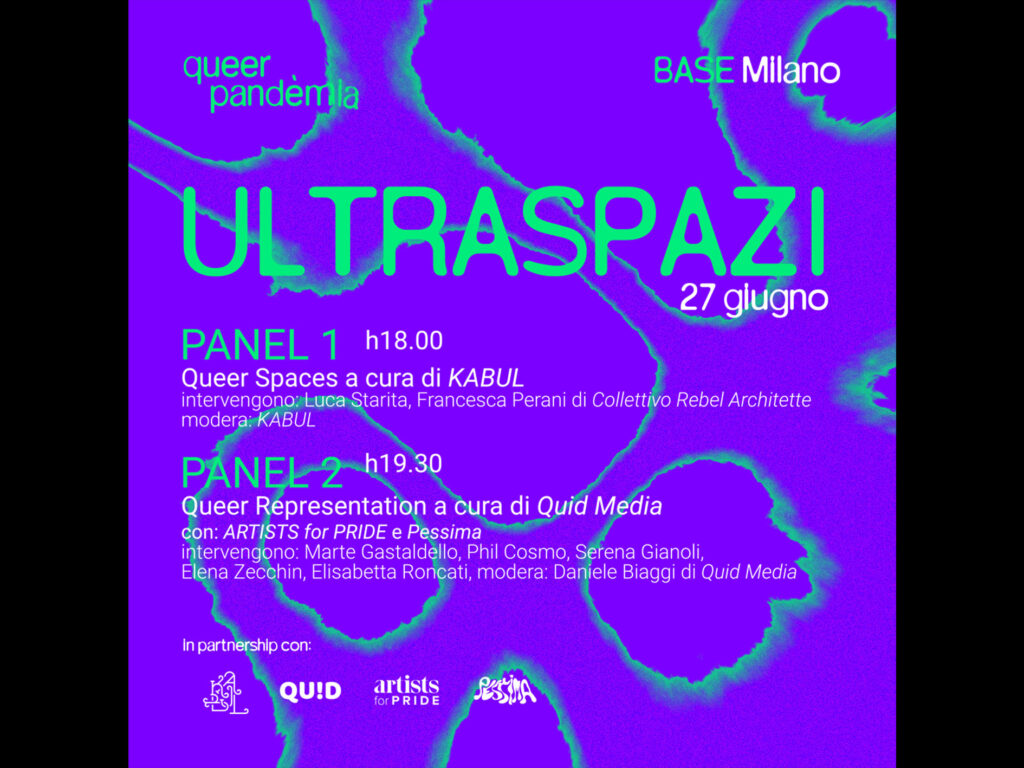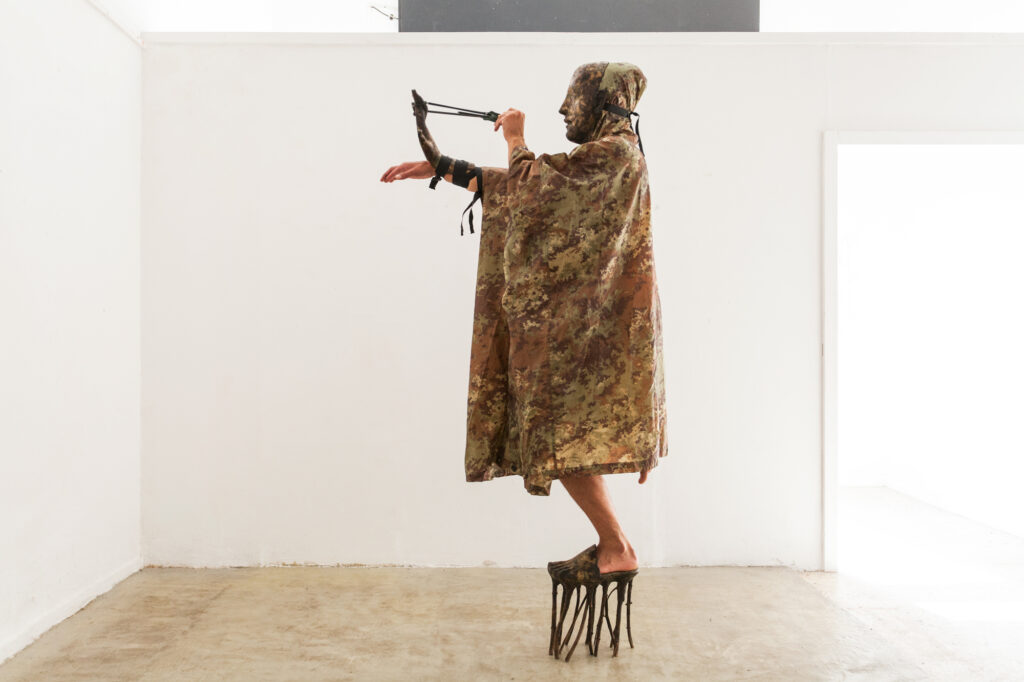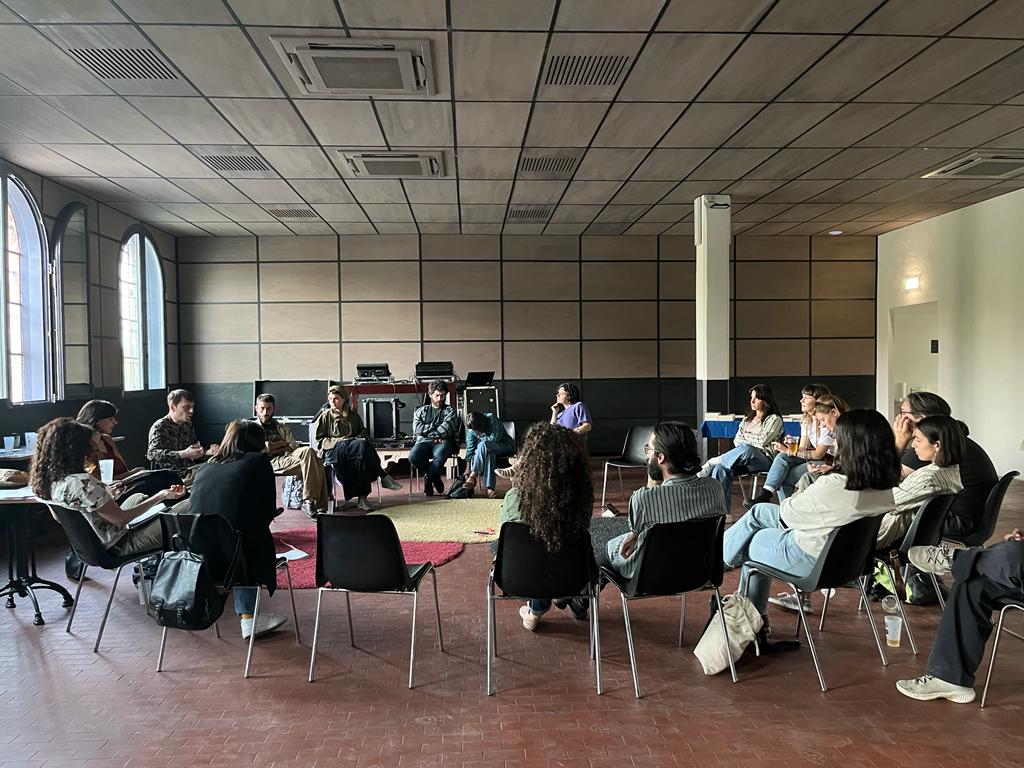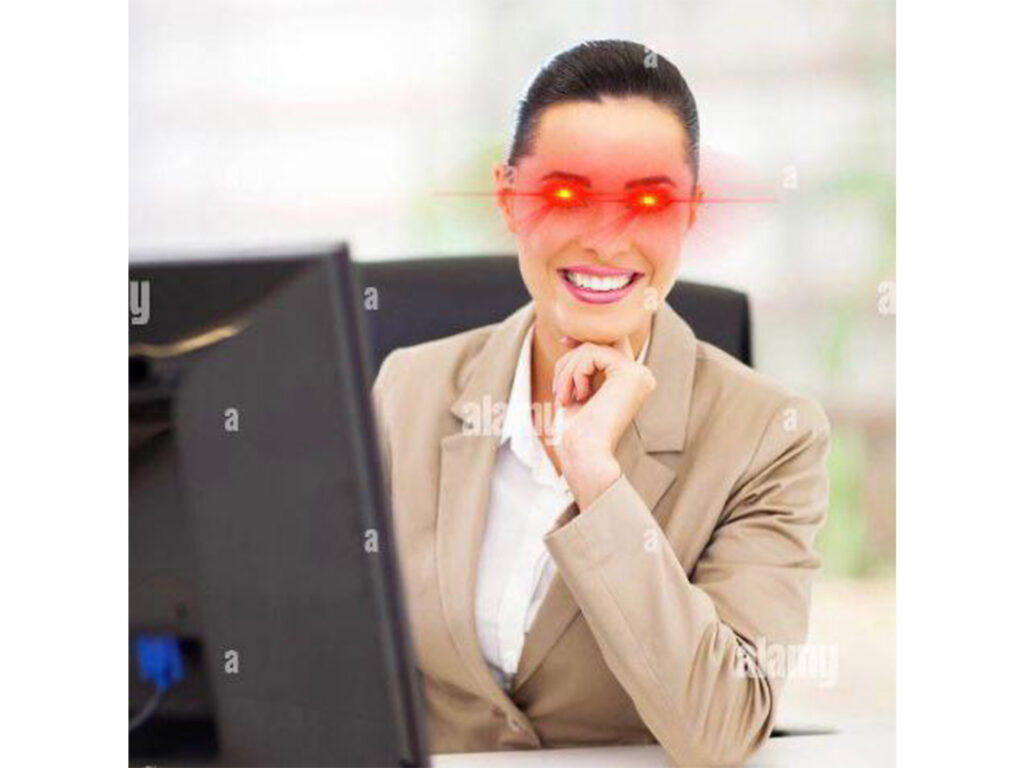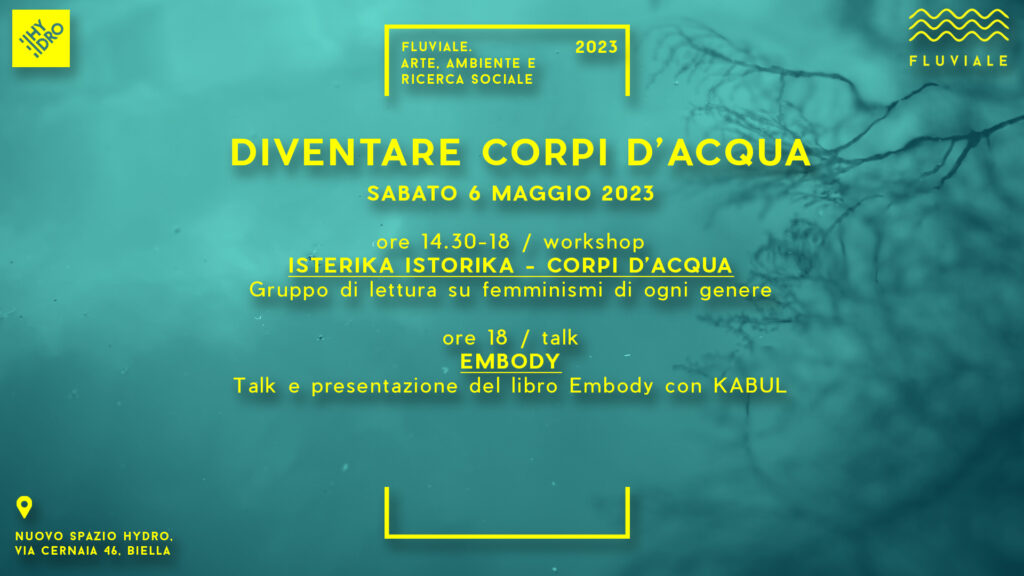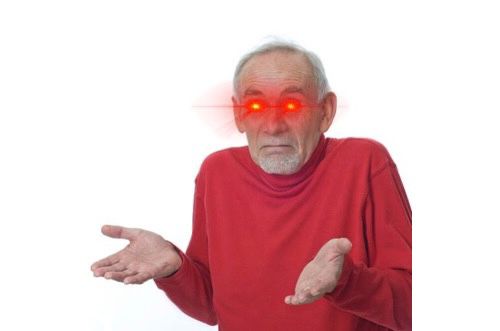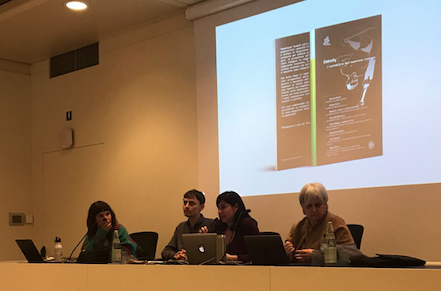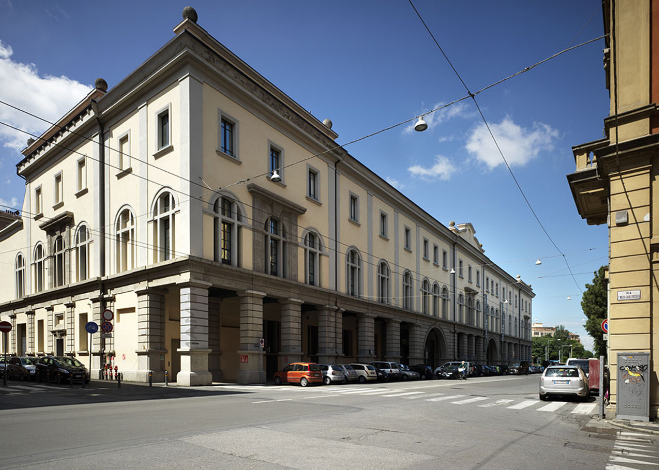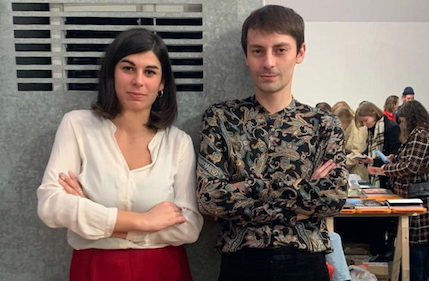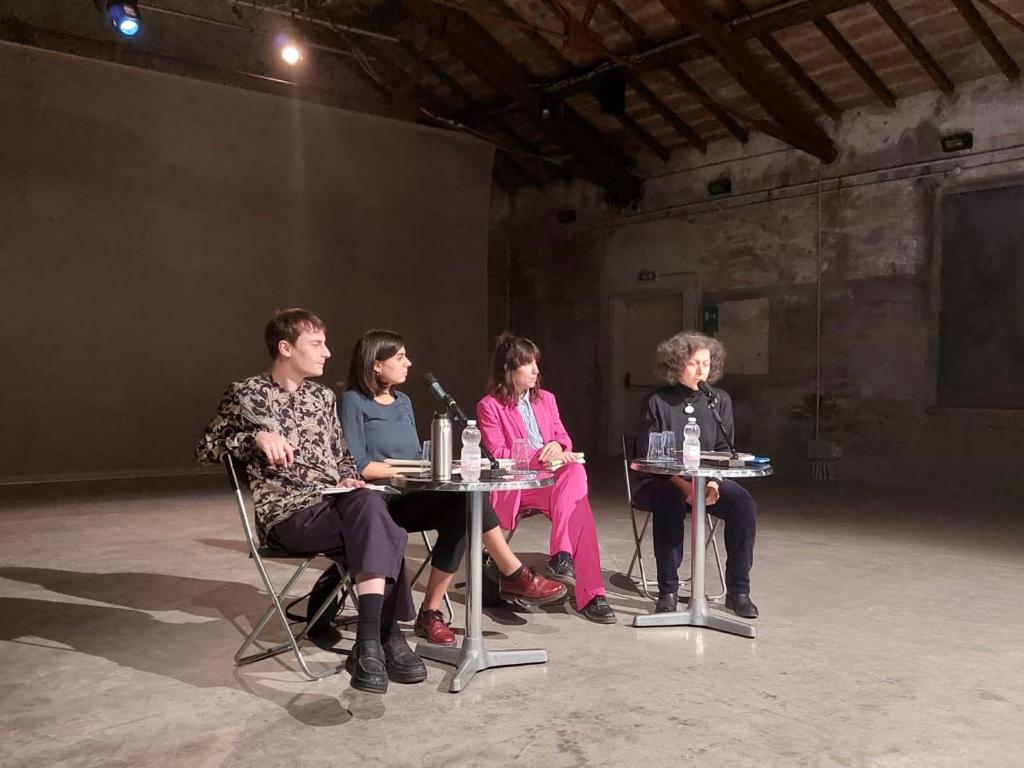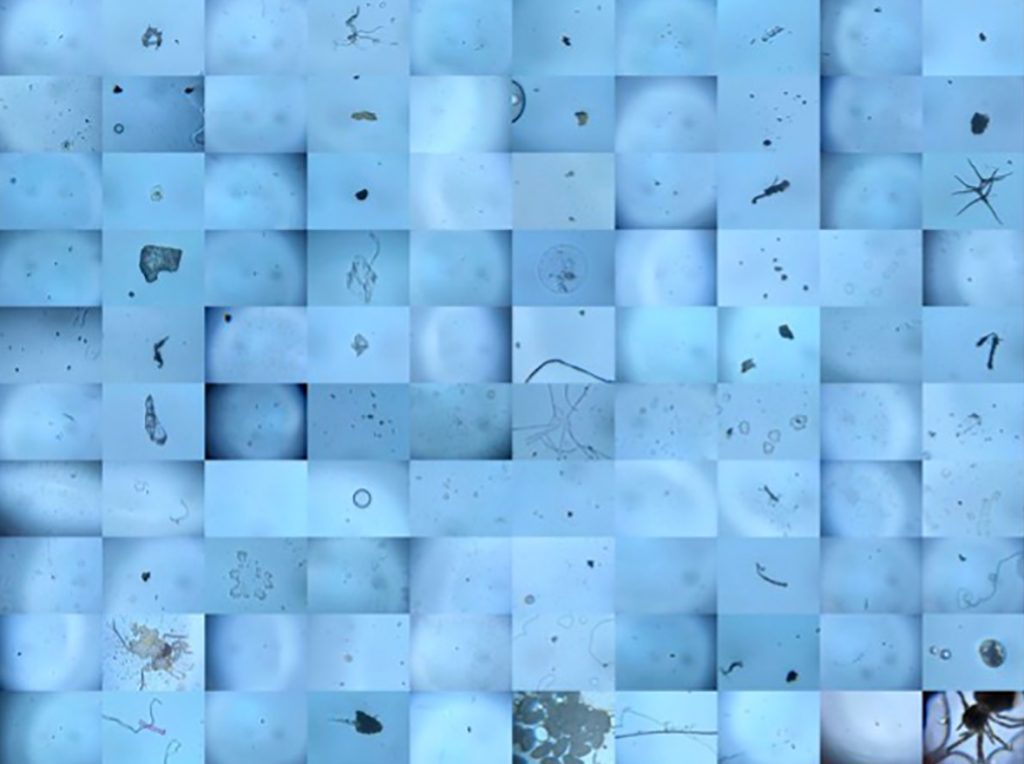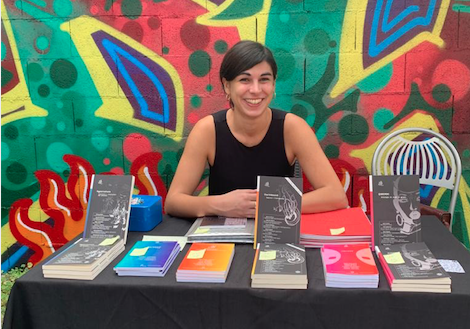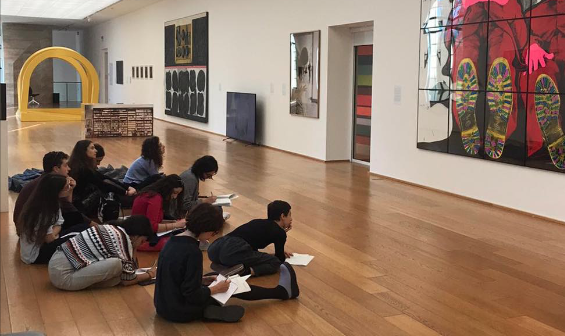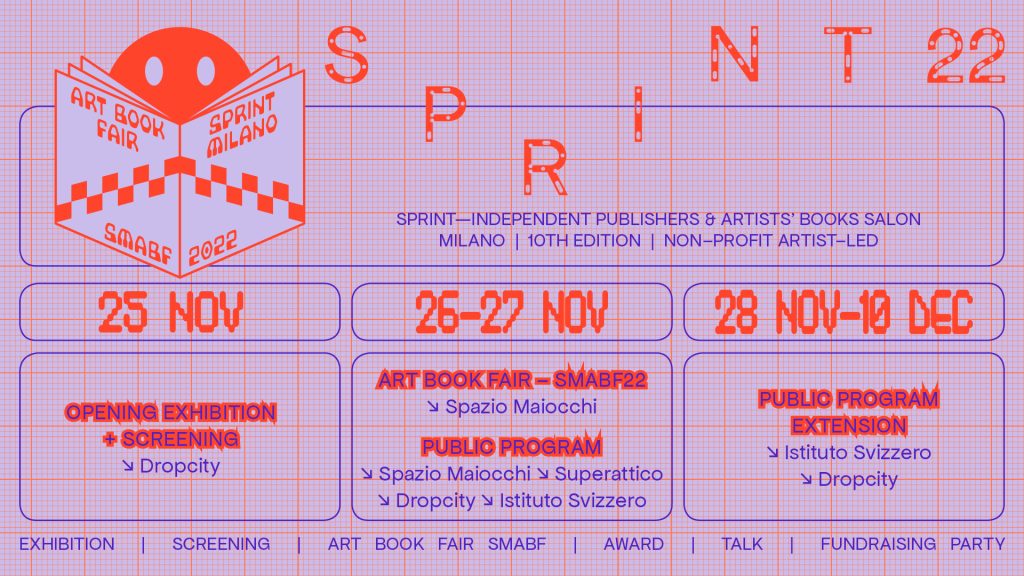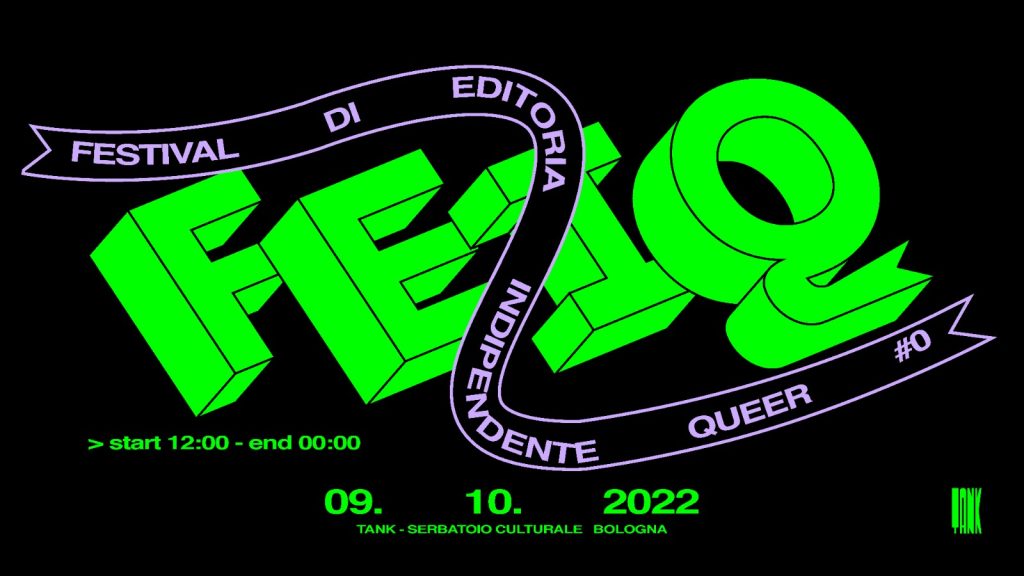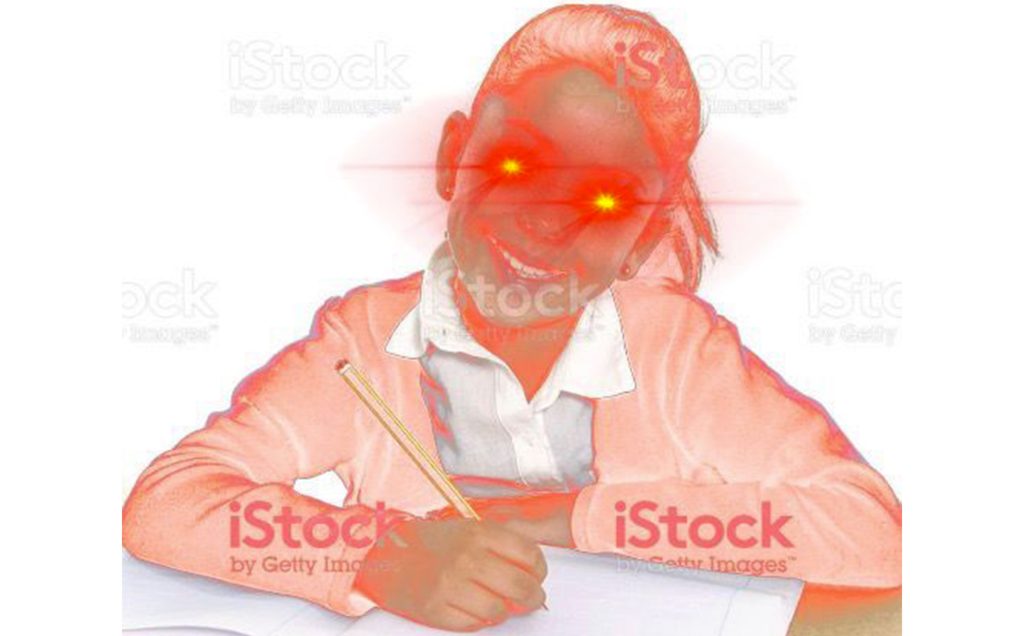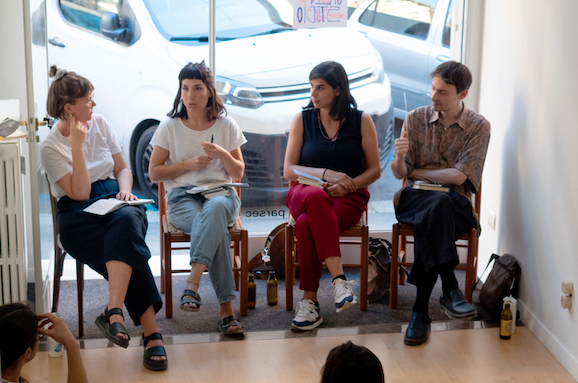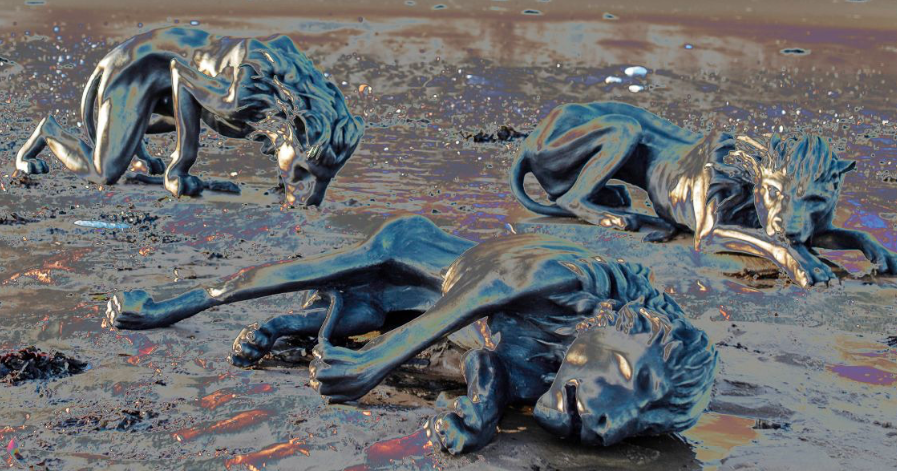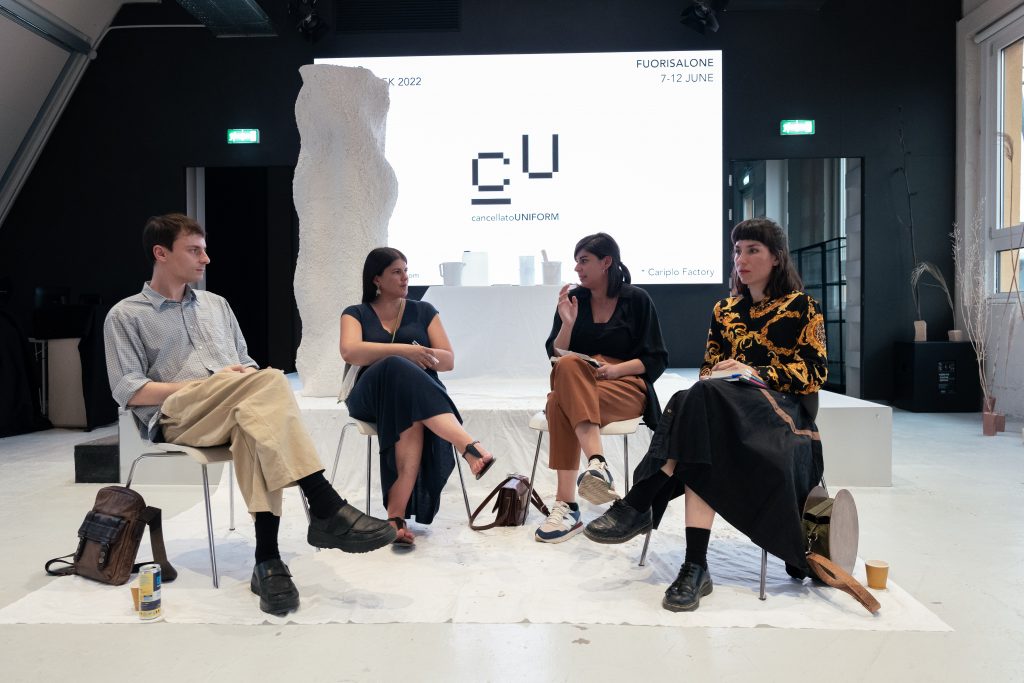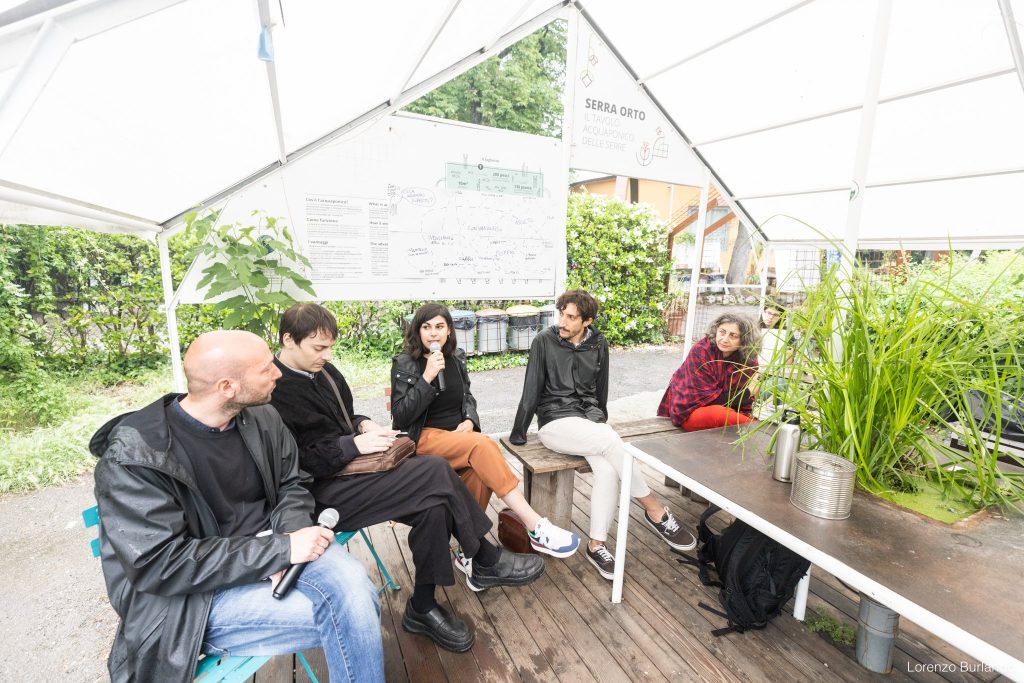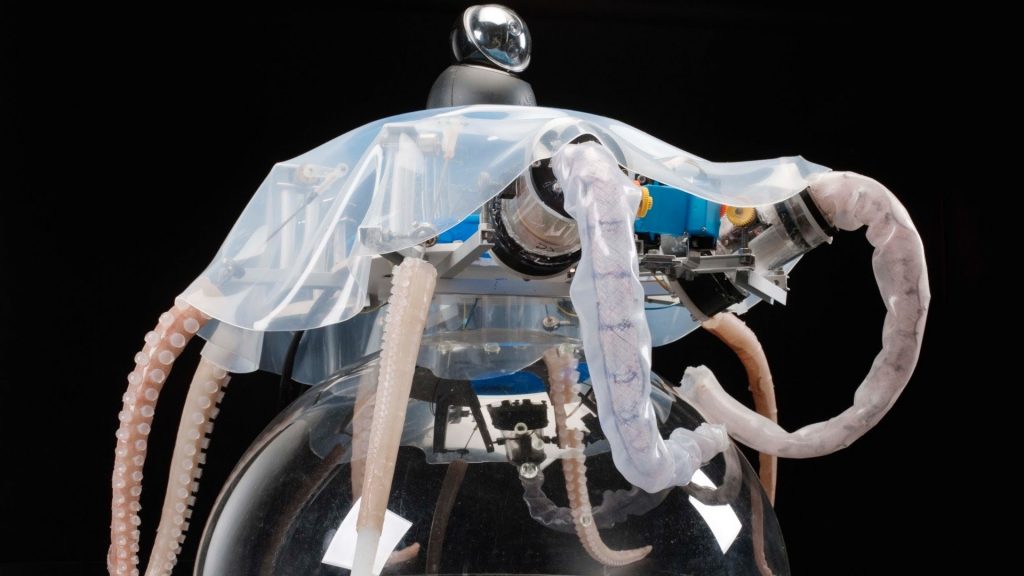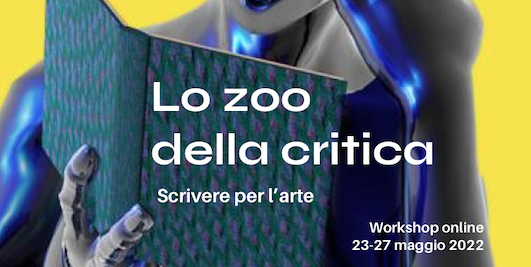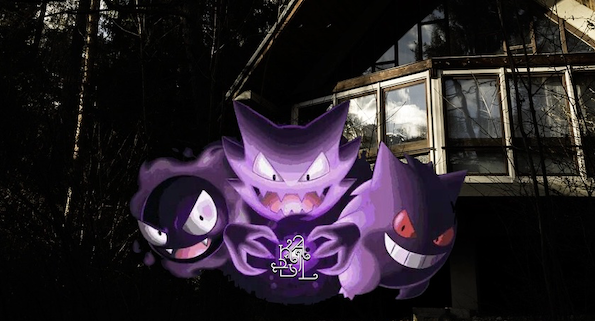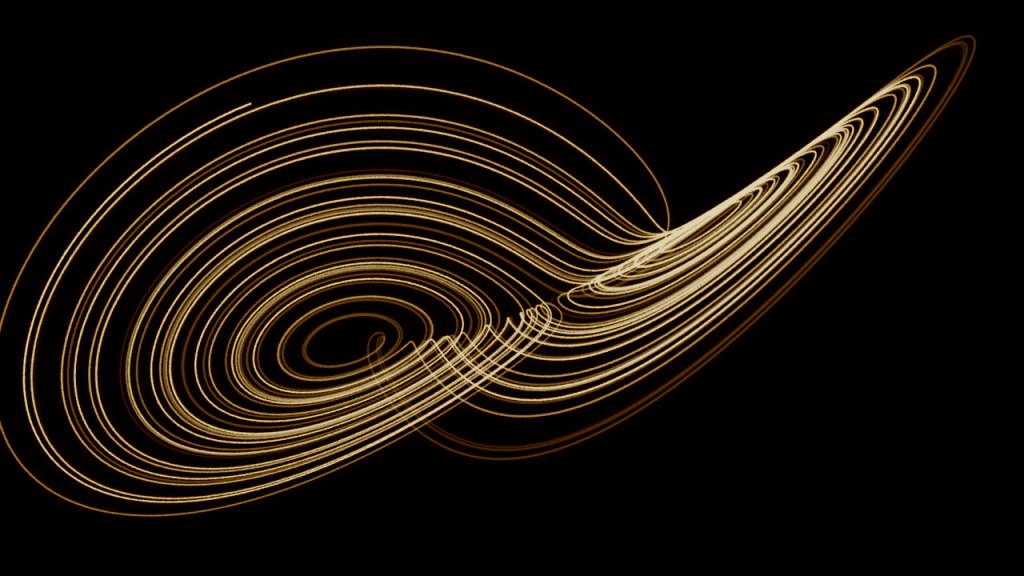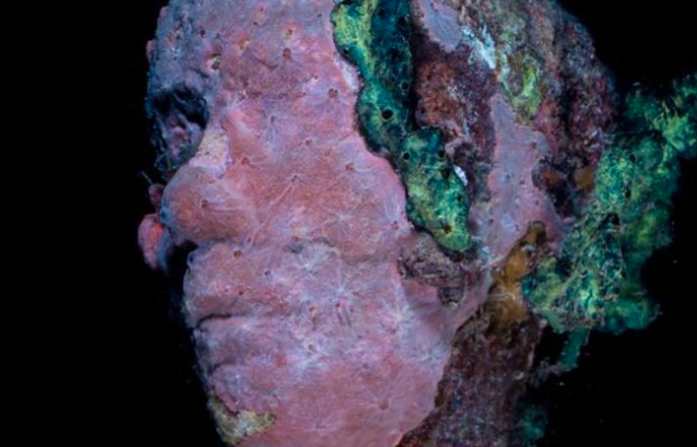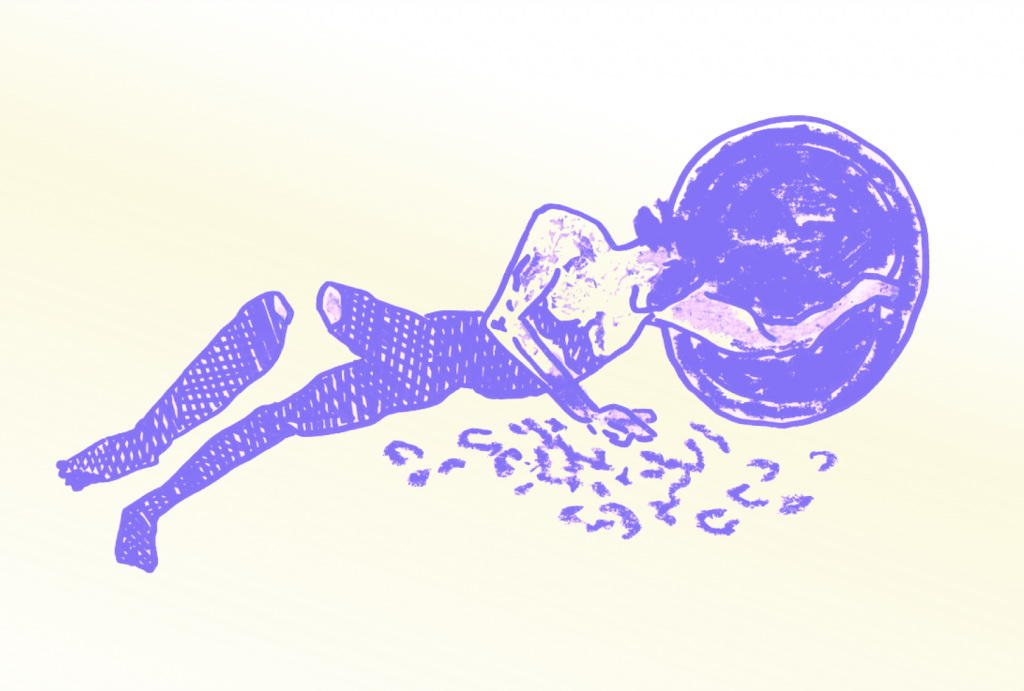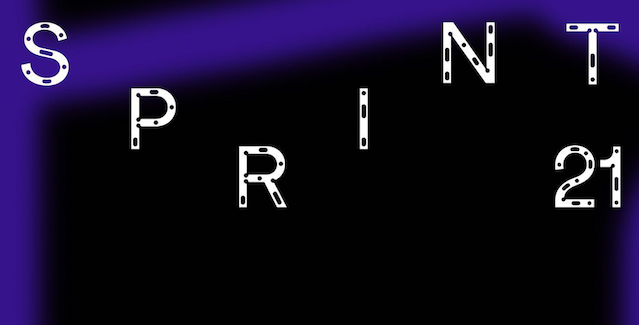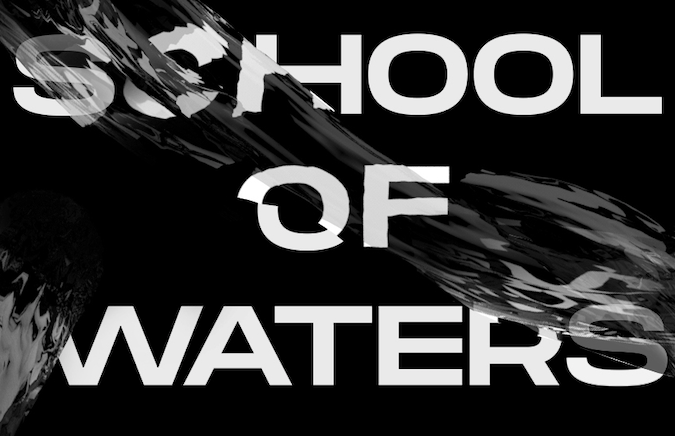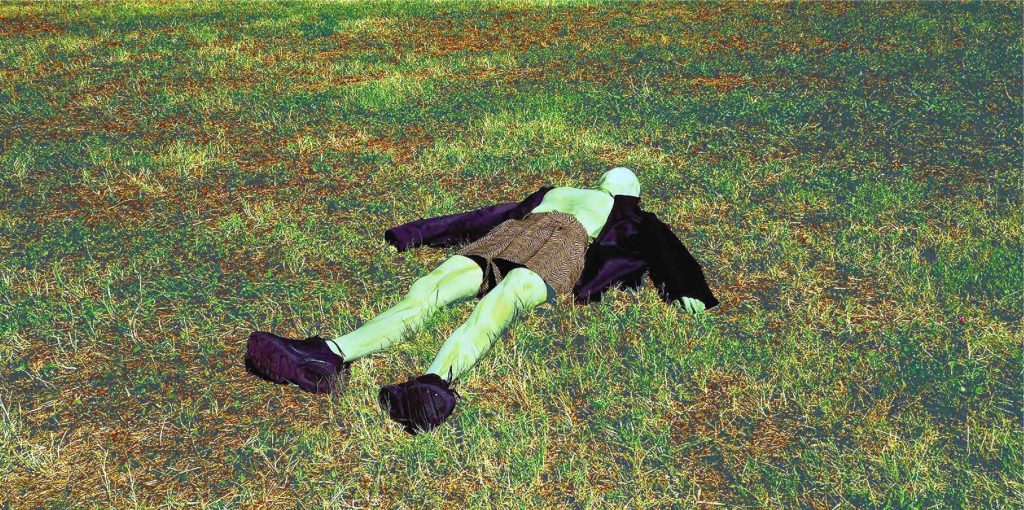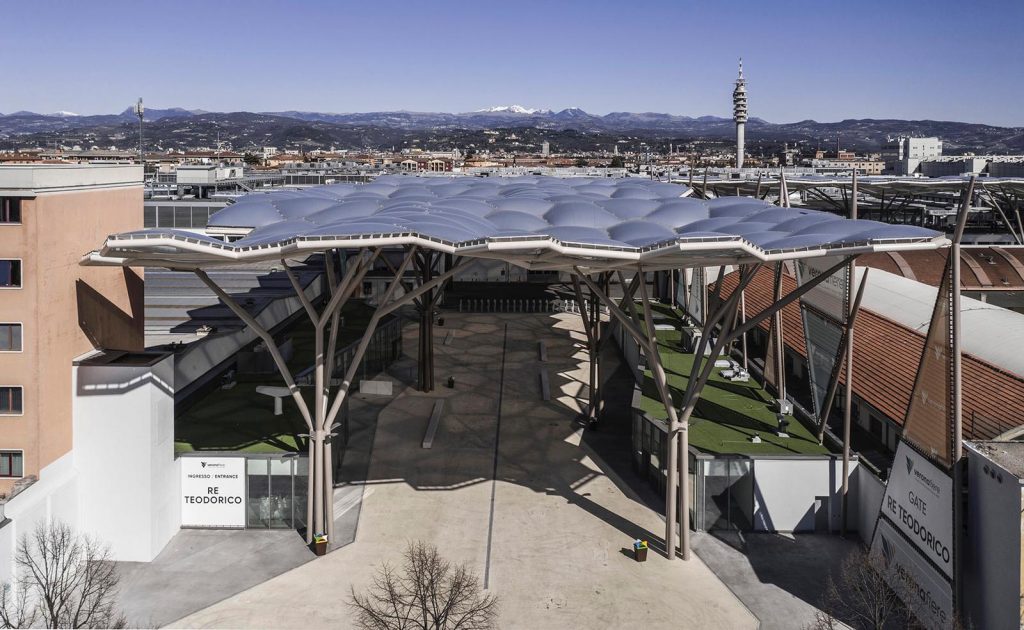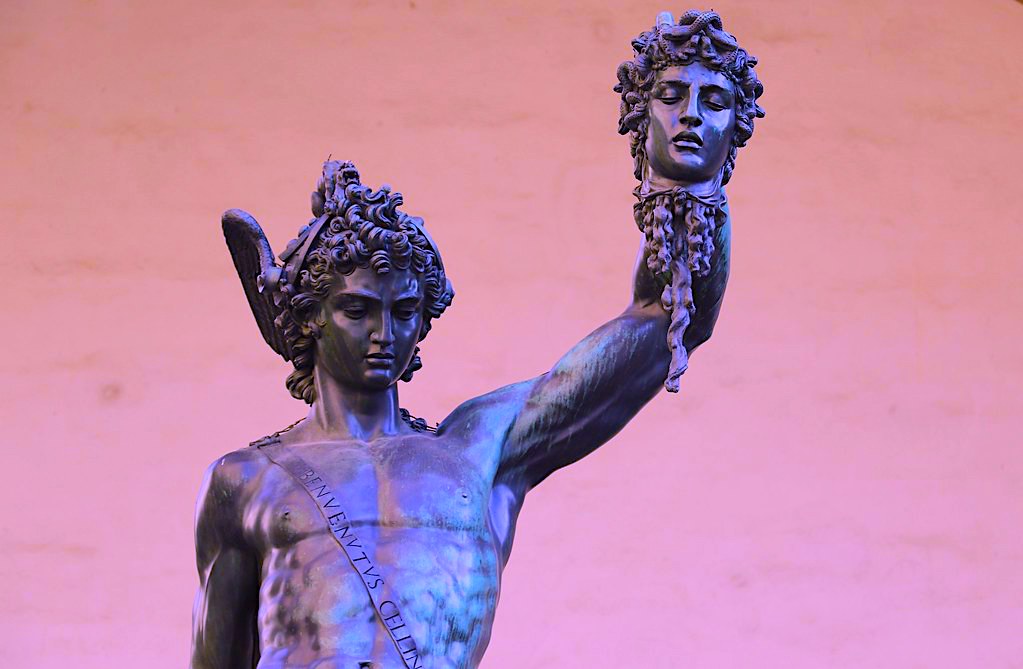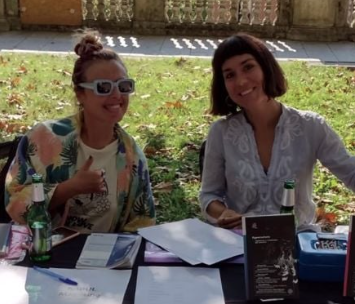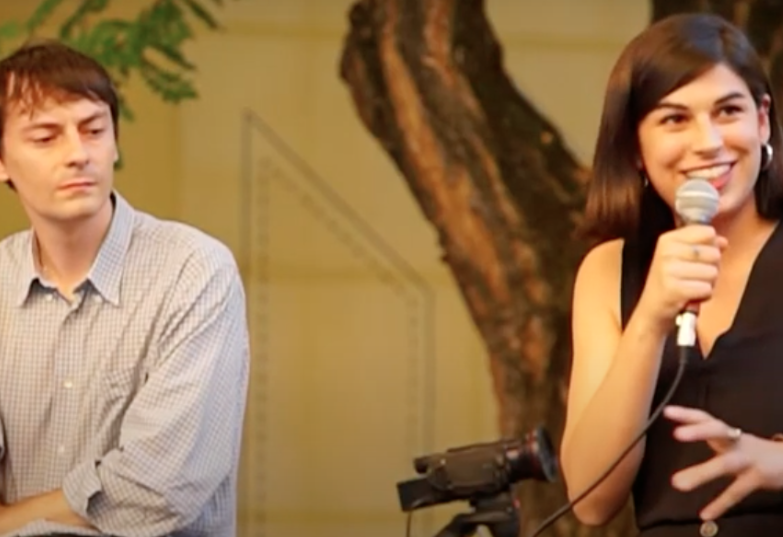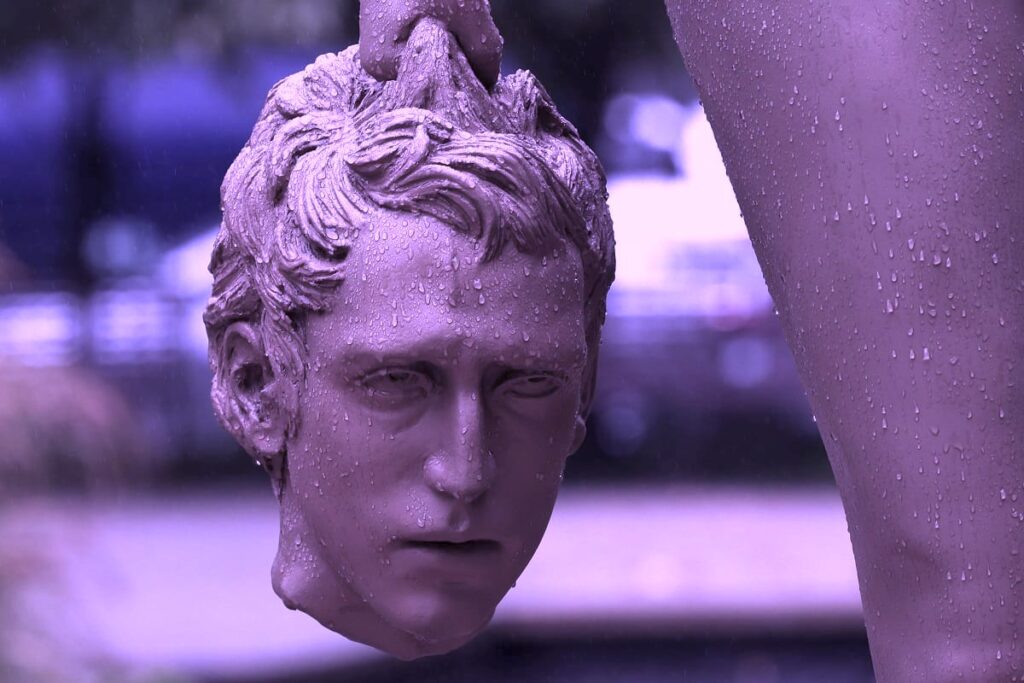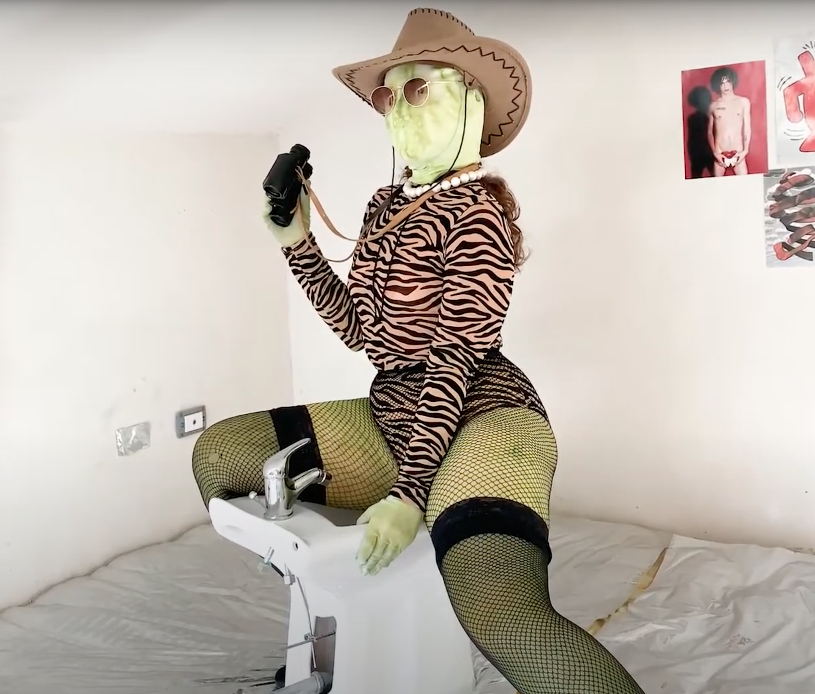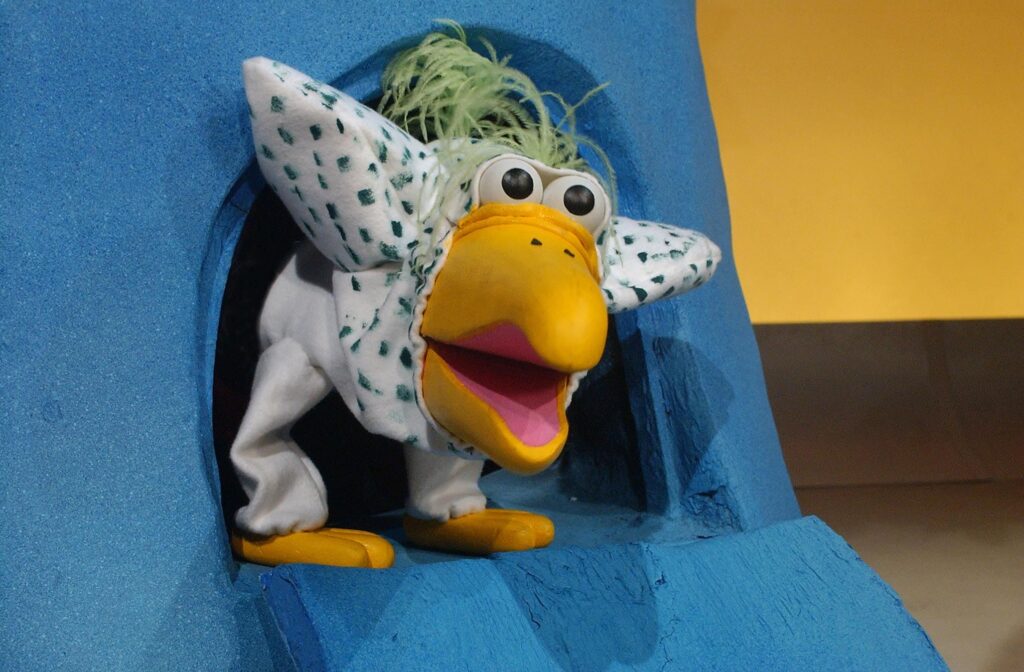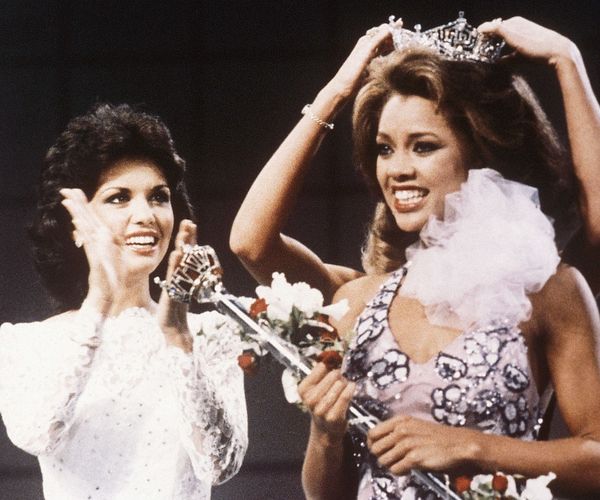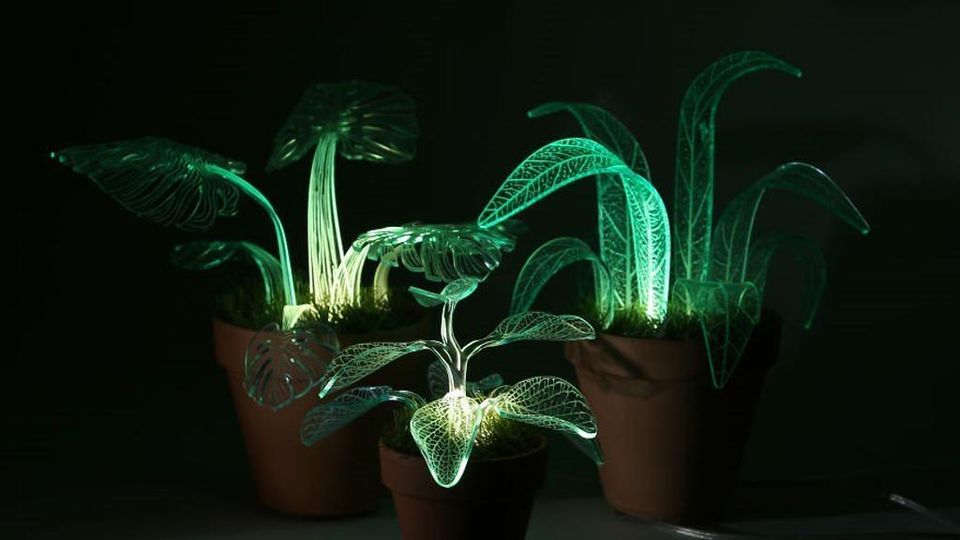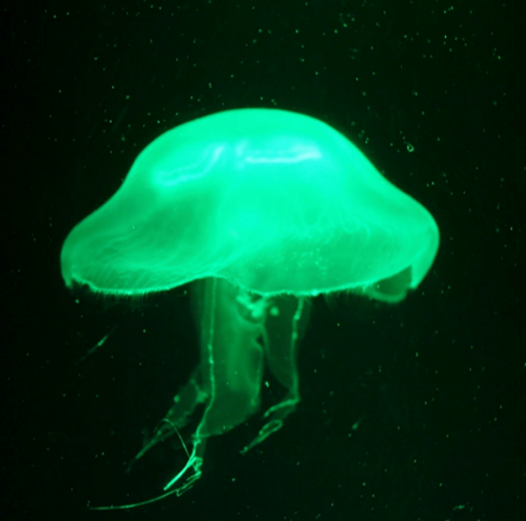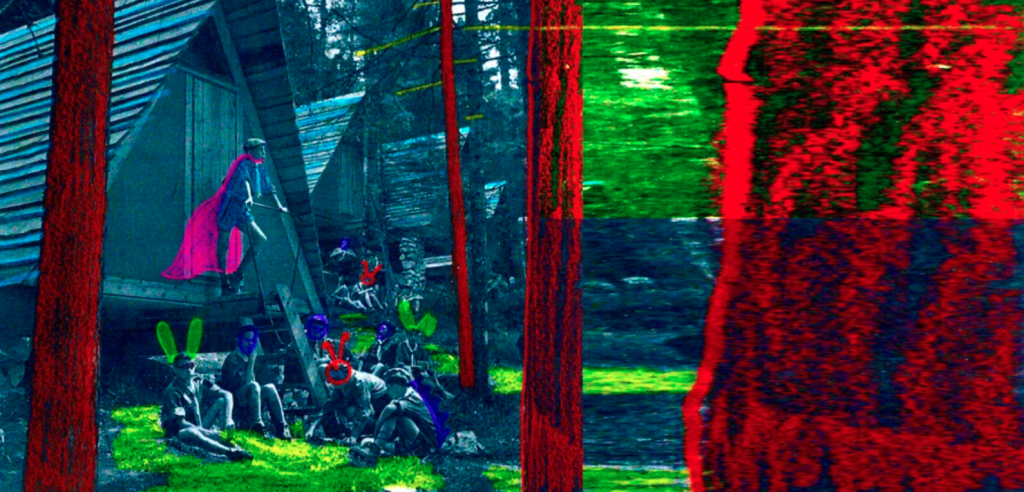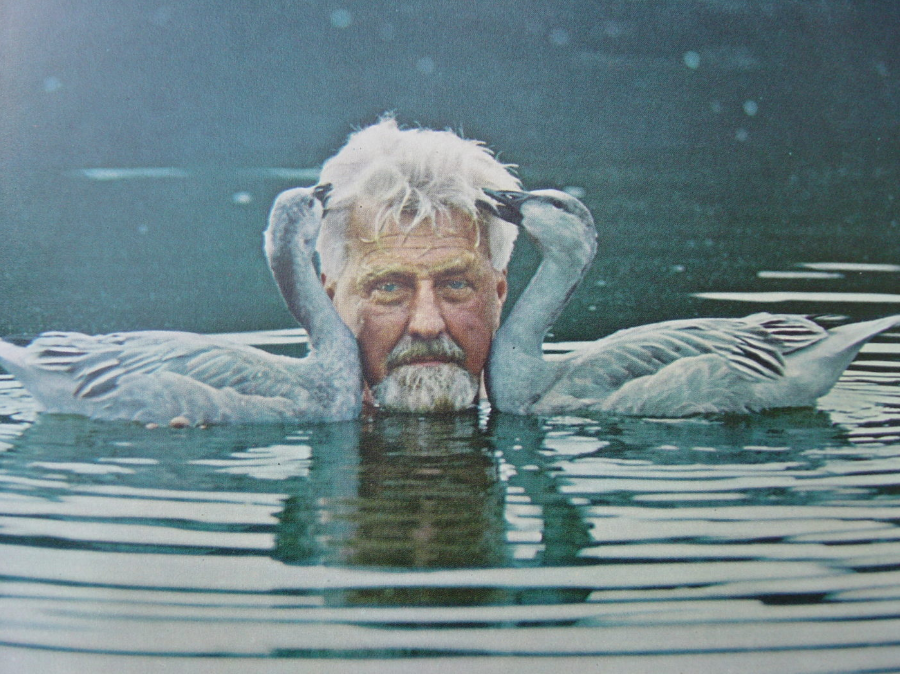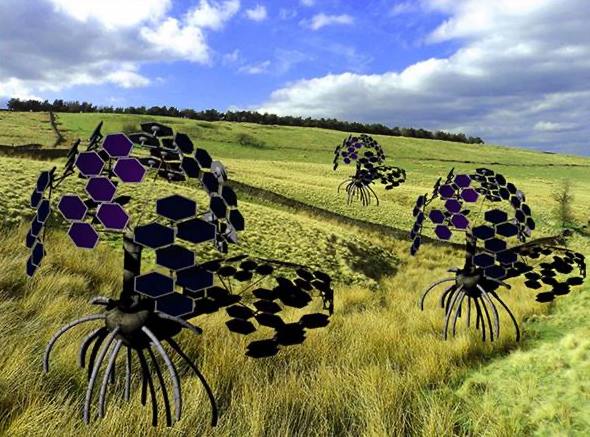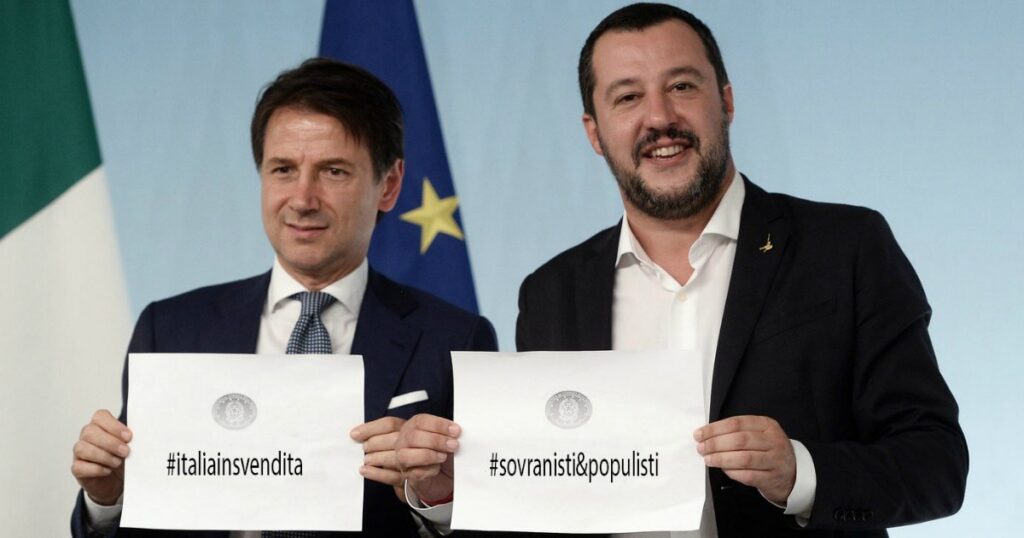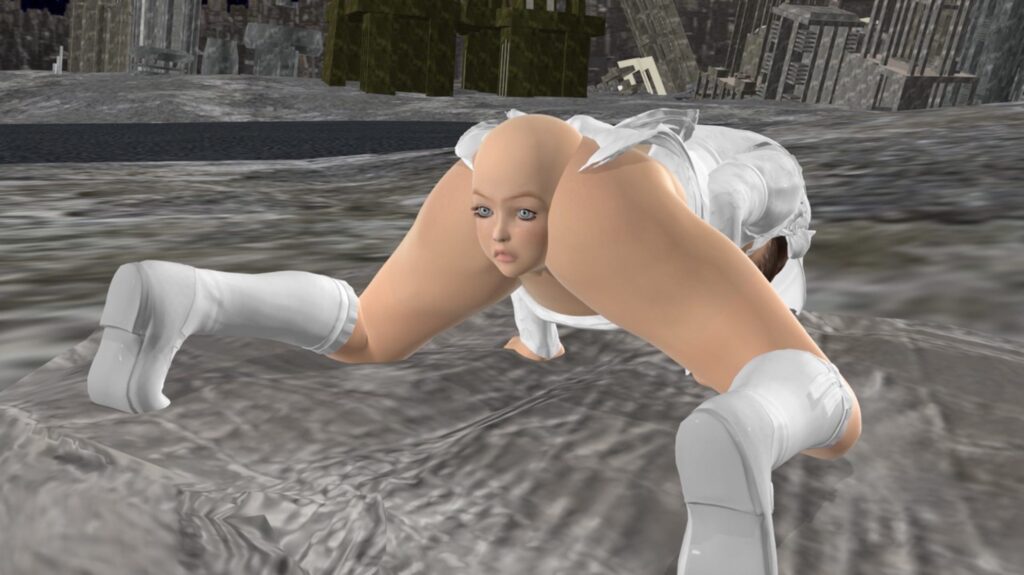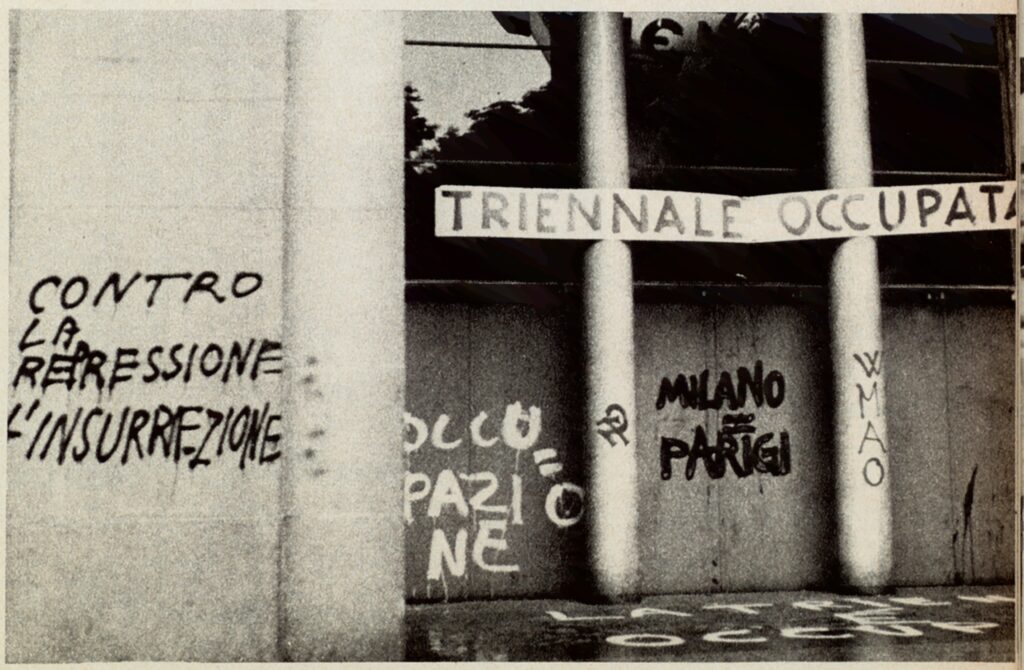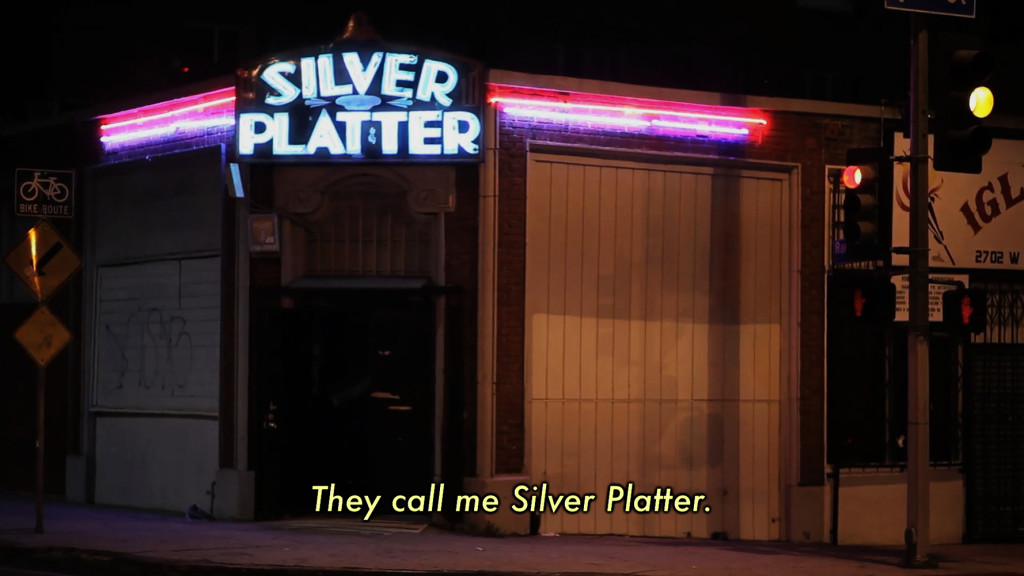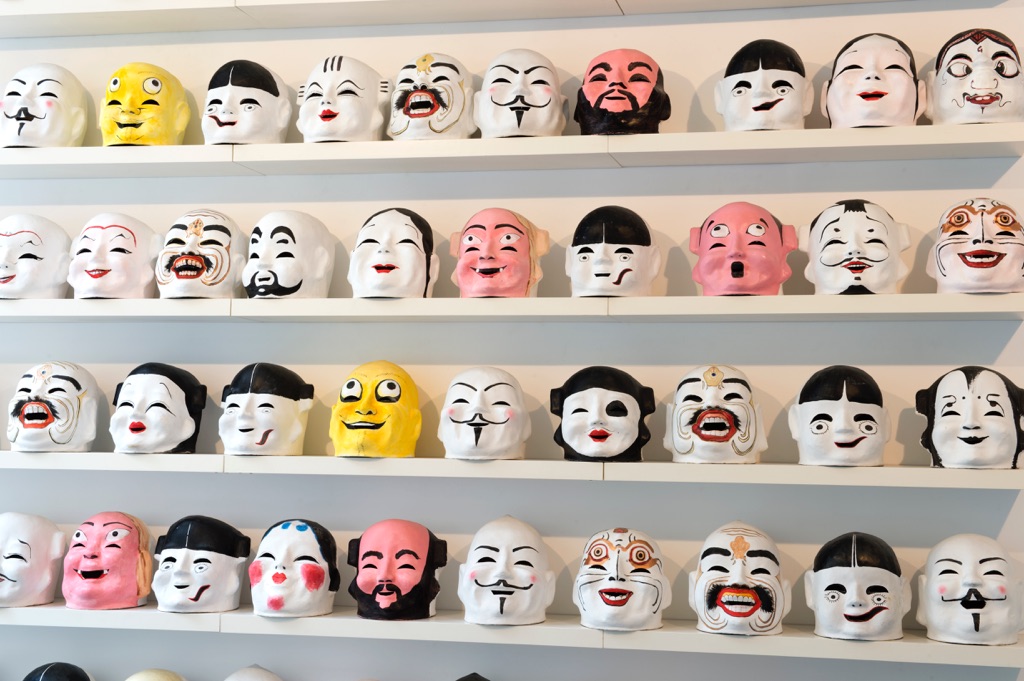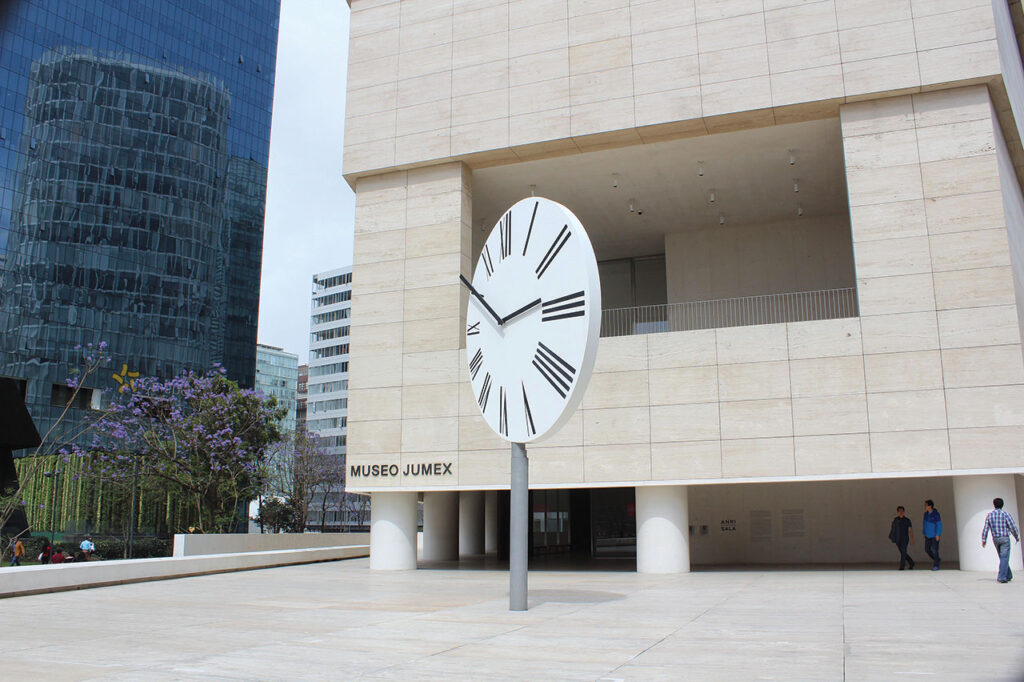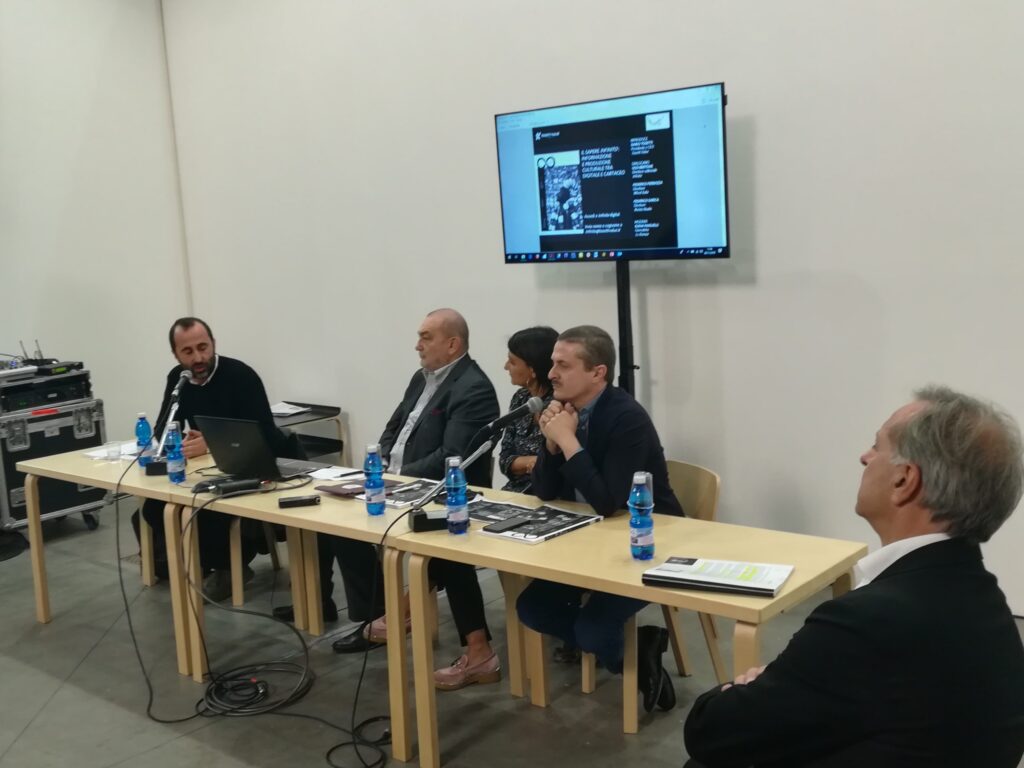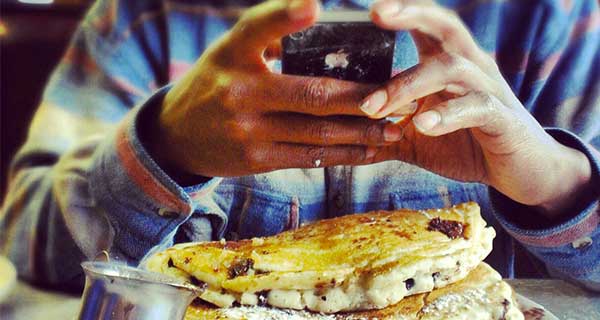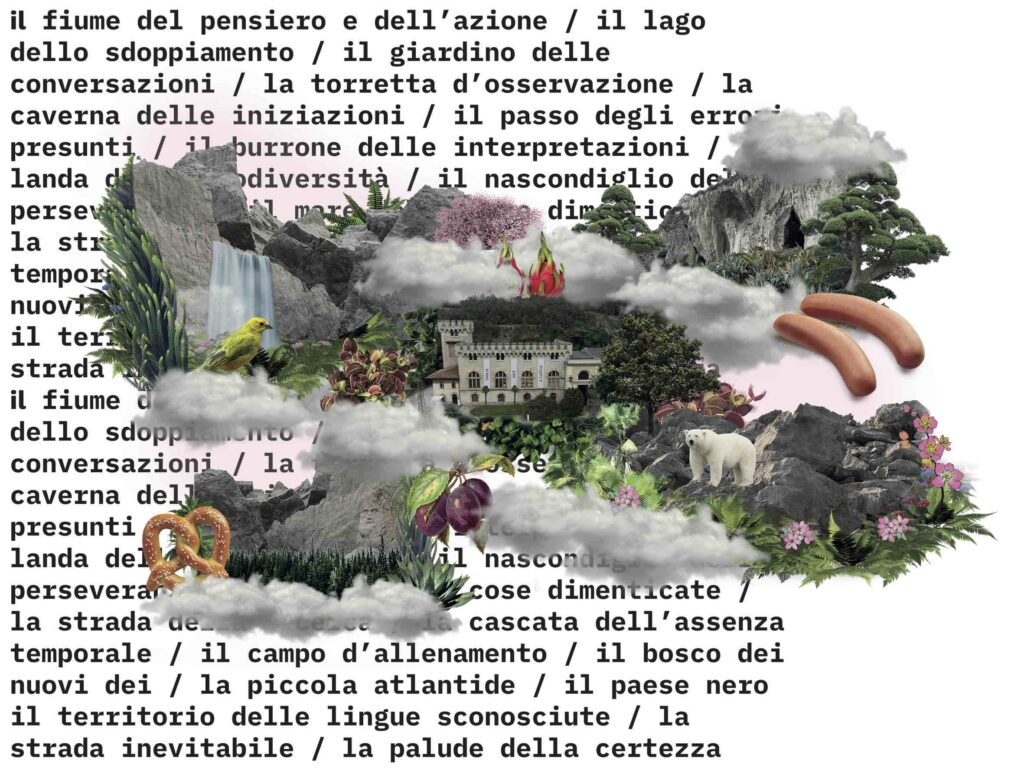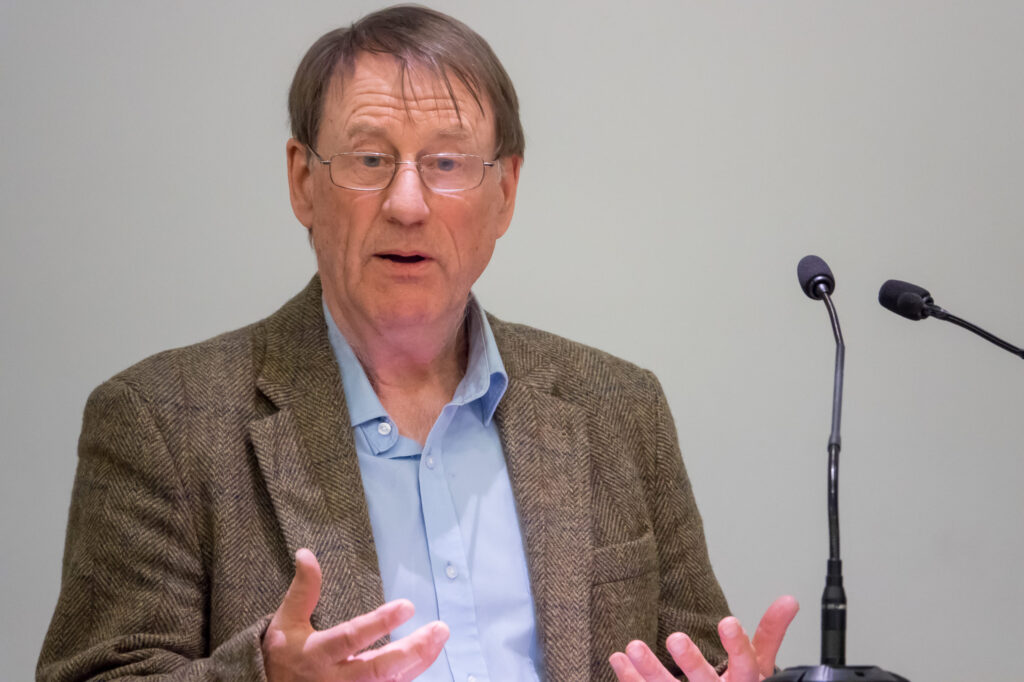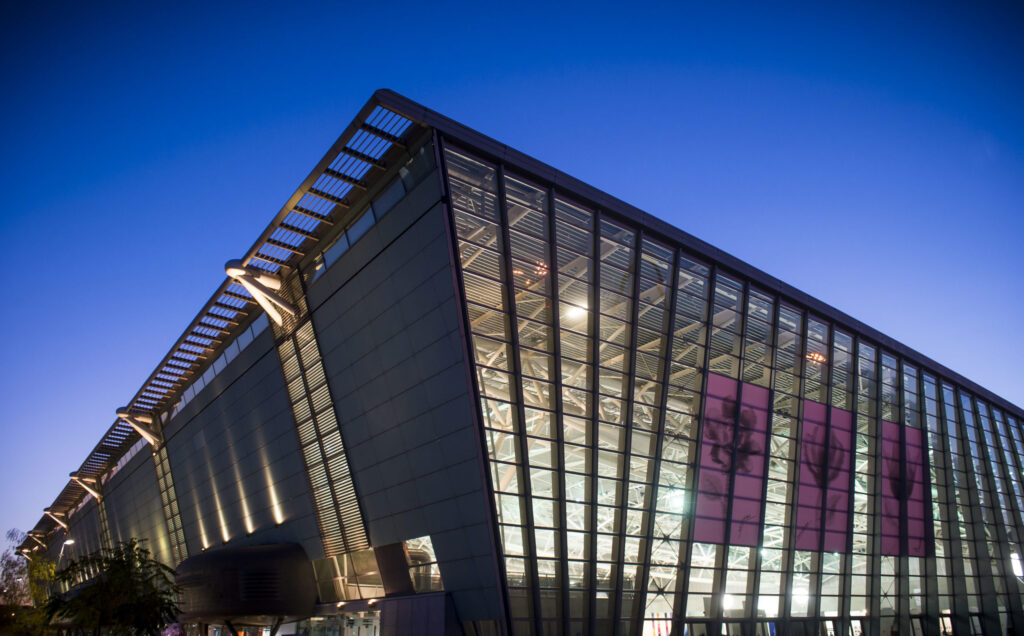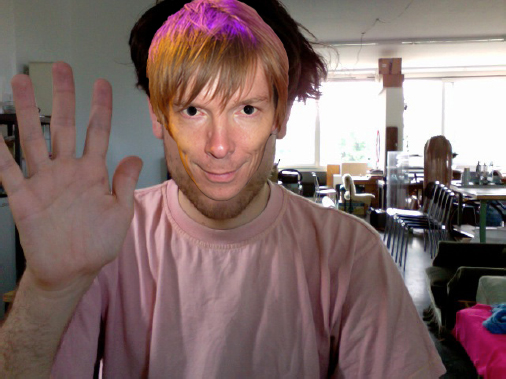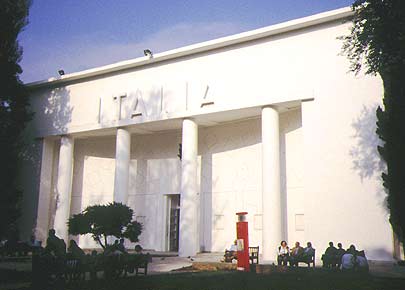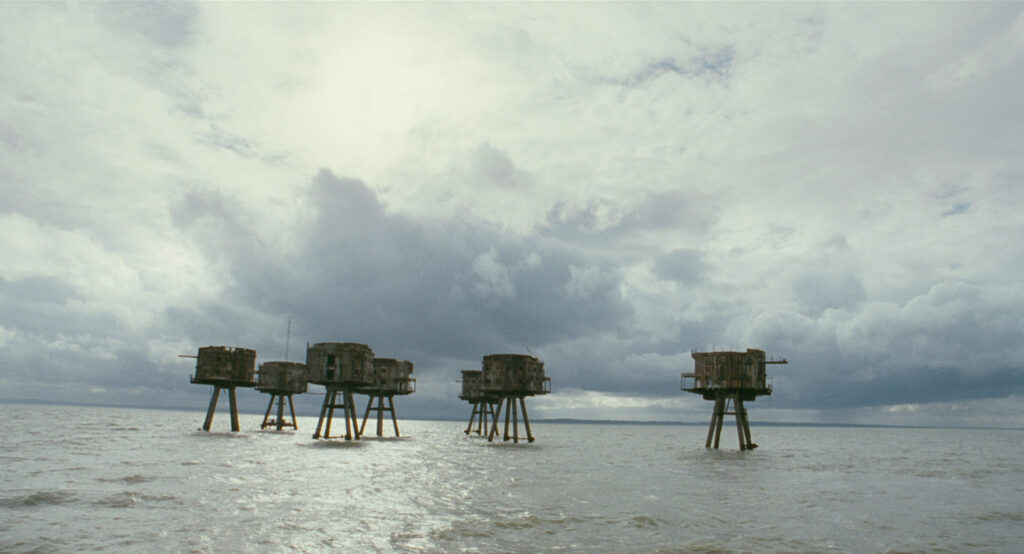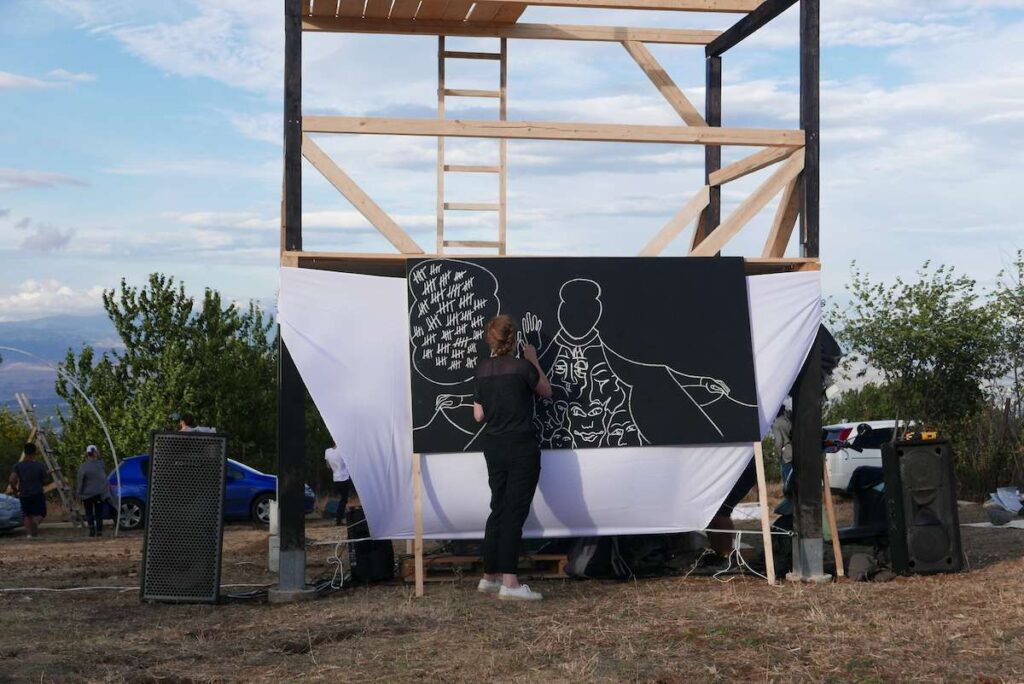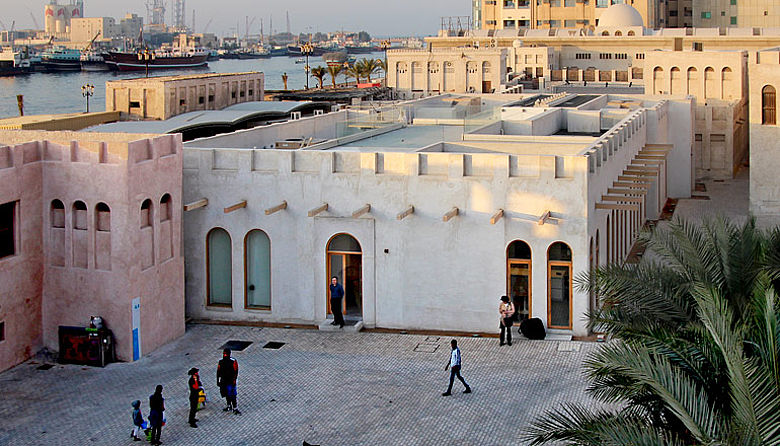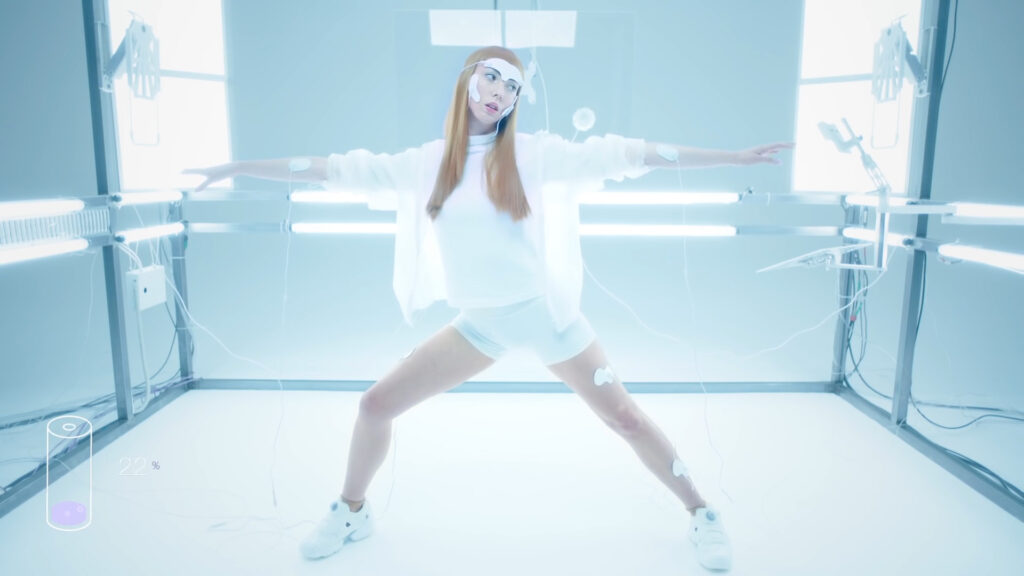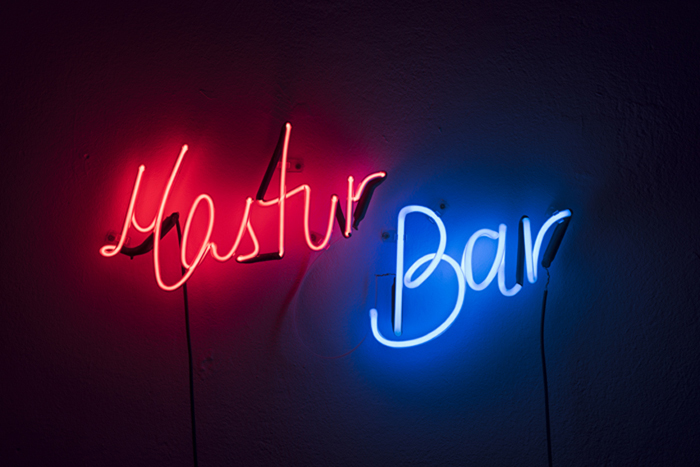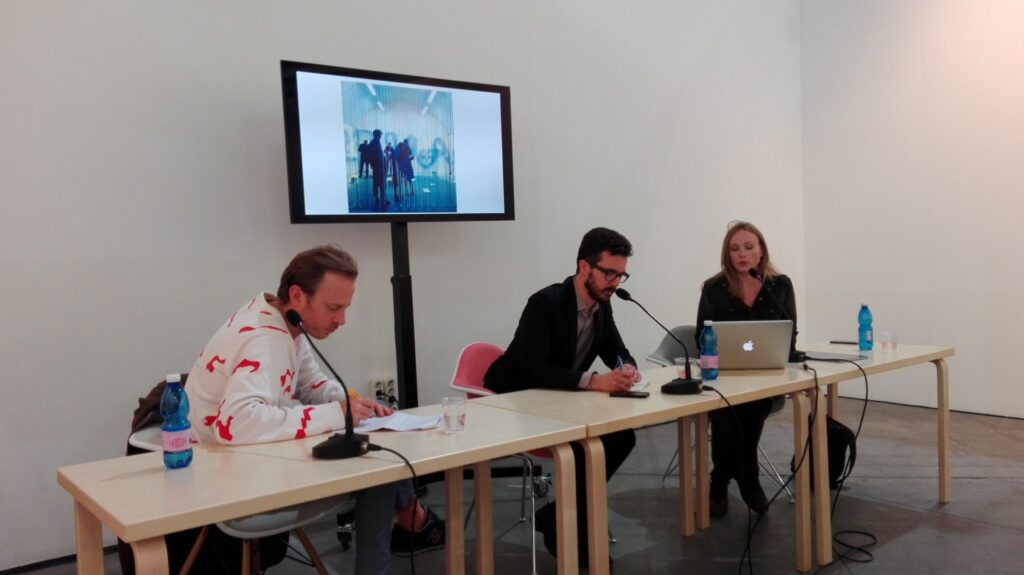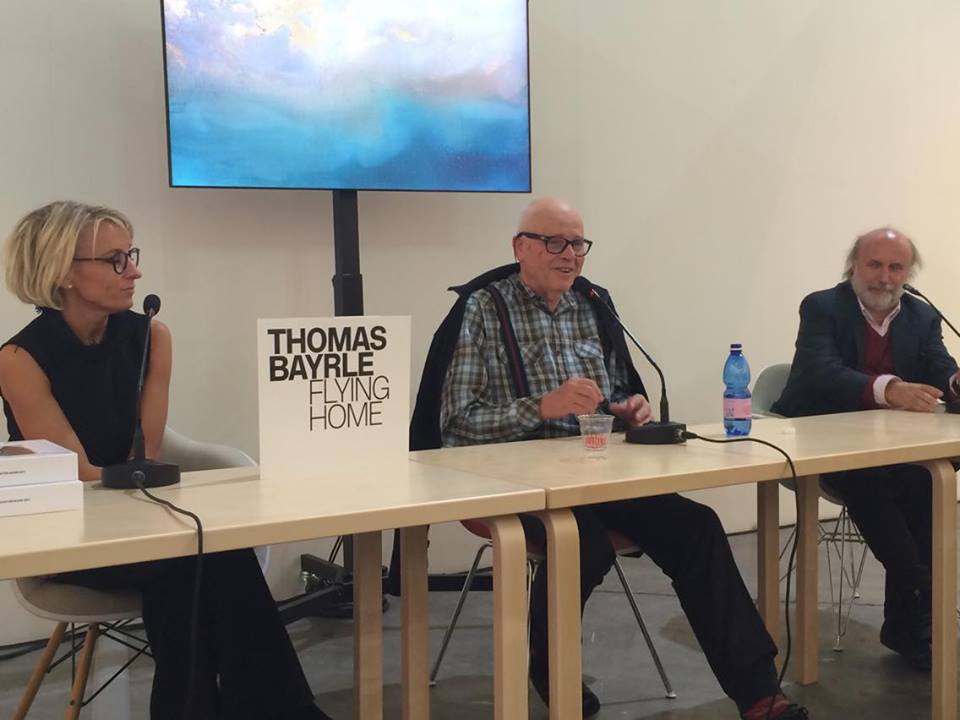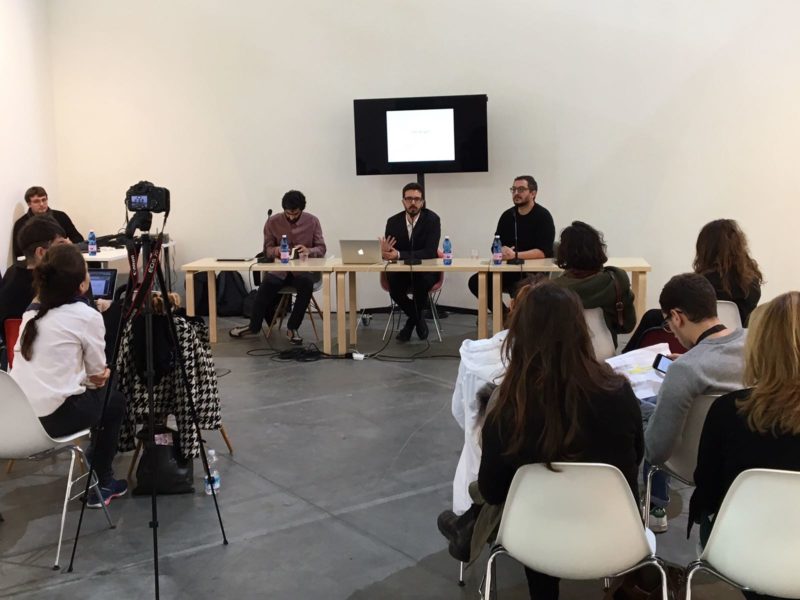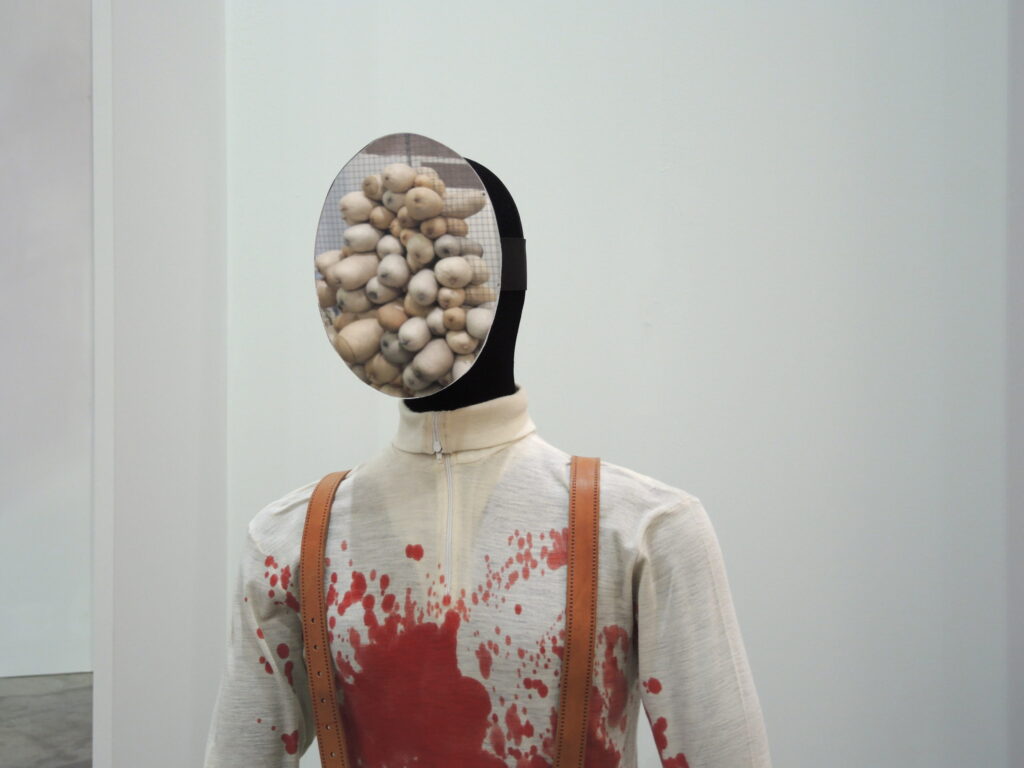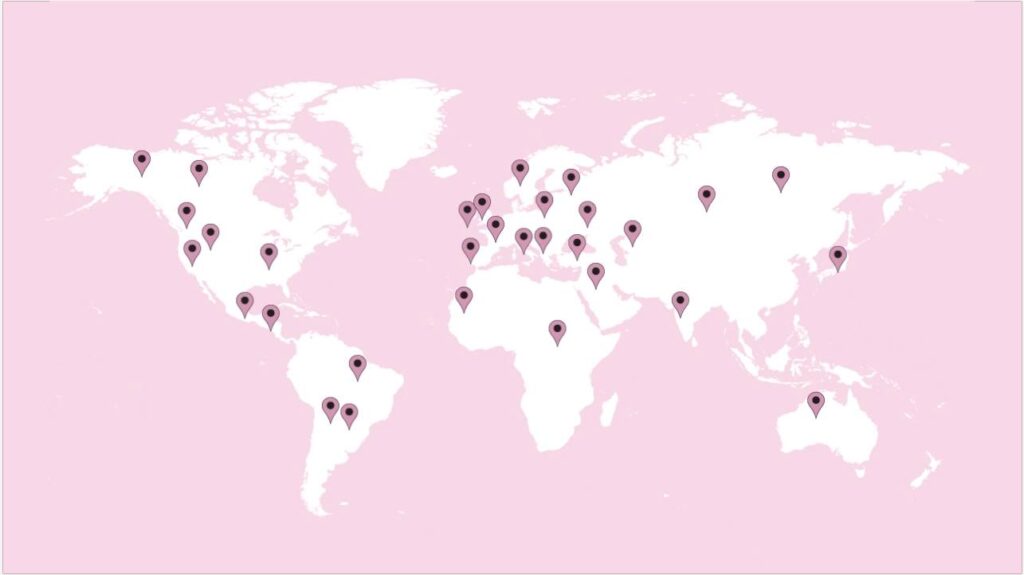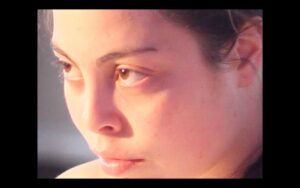 Lilian’s vow, 2019, still from video. Portrait of dancer Eva Enrich Gonzales during Lilian Nejatpour’s performance Choreophobia, Somerset House, London. Sound, Ventuno Costellazioni Invisibili bySandro Mussida.
Lilian’s vow, 2019, still from video. Portrait of dancer Eva Enrich Gonzales during Lilian Nejatpour’s performance Choreophobia, Somerset House, London. Sound, Ventuno Costellazioni Invisibili bySandro Mussida.
«Only with technology can you access the certain sensibilities and realities of your time. Perceptions of reality change with technology. […] Now everything is fast and multi-layered. New digital technology permits you to go into any situation and not force anything on that reality, but very casually, to capture its completeness».
(Jonas Mekas)
Half Italian, half Australian, Milan native but based in London, Rebecca Salvadori is a multi-disciplinary artist, filmmaker and curator working at the intersection of the media of video and sound. With a background in film studies at Goldsmiths, University of London, throughout the last 10 years she has developed an extensive archive of video material including documentaries, artists portraits and live audio/visual sets, which has led her to collaborate with international artists, musicians and venues both as a filmmaker and director. As a music curator, together with composer and cellist Sandro Mussida and experimental soprano Olivia Salvadori, she has co-founded Tutto Questo Sentire, a London-based art collective which, through a series of site-specific curated annual events, investigates the relationship between sound and other contemporary disciplines, such as video and performance.
In such multidisciplinary and digitally-based audio-visual output, the use Rebecca makes of technological devices is evident, often shooting with cameras of different qualities and working with moving animation softwares. However, in her practice technology is often put into question and reclaimed.
Subverting its functional mechanisms and employments, Rebecca’s video production is focused on restoring what an excessively technocratic world might have taken from us, highly committed in keeping the individual and the physical relational dimension of human beings central in her art. In this regard, in a sort of homeostatic action, Rebecca reclaims the technological apparatus to slow down and counteract the intrinsic aspects of an overly accelerated, saturated and dehumanised digital environment and, through close-ups and slow motion techniques, expand what the human eye can see, using the camera to enter people’s inner worlds, linger on the patterns of affect and the forms of human interaction we might be disregarding. Thanks to the intense connection that Salvadori establishes between herself, the camera and the subjects she portrays, even when mediated by the presence of the technological device, a strong sense of intimacy and authenticity is always predominant in her work.
Rebecca’s search for the human within technology is also reflected in the work behind her a/v compositions. As she explains, when working with animation, she constantly combines sound and image in a continuous chain of casualties through the elements of chance and free association, rejecting chronological layering and sequencing, always looking for the unexpected as a way to escape from software automation and predetermination of mechanical reproduction. As a result, her a/v works take the form of a series of video fragments, whose combination is never the same.
Such varied – yet always coherent – output has allowed her to get her work exhibited in international venues and festivals including: South London Gallery (UK), НИИ Nii Moscow Science & Art (RUS), Macro Museum of Contemporary Art (IT), Barbican Art Center (UK), Festival of Film and Animation Olomouc (CZ), Festival IMAGES(CH), Crosstalk video art Festival (HU), David Lynch’s Silencio (FR), SCHNUCK Glaspalais (NL), Sophiensaele Theatre (DE), Future Everything Festival Manchester (UK), III Point Festival Miami (US), No Bounds Festival x Warp Records(UK), Camden Arts Centre (UK), Cafe Oto (UK), Freud Museum (UK)
Sara Castiglioni: Intimacy is often a very present feeling in most of your video-documentaries and artists portraits, which you manage to convey thanks to the closed-up, one-to-one relationship you establish between yourself and the subjects you film and the conversations you engage with them, entering in this way their private spheres and inner worlds. In one of your latest works, Chatroom: Empathy, the mediated experience of intimacy through technology is at stake: the video documents a textual response and remote spoken word performance between yourself , artists George Finlay Ramsay, Geiste Kincinaityte and writer curator Elaine Tam during a videocall, everyone sharing intimate thoughts and feelings in relation to each others practices and film works. In your opinion, isn’t the concept of mediated intimacy a contradiction in terms, doesn’t the very concept of intimacy get compromised, when considering the increasing pervasive presence of governmental surveillance in people’s on-screen private life? Can the the realm of the virtual generate new forms of distanced intimacy, that would be impossible otherwise?
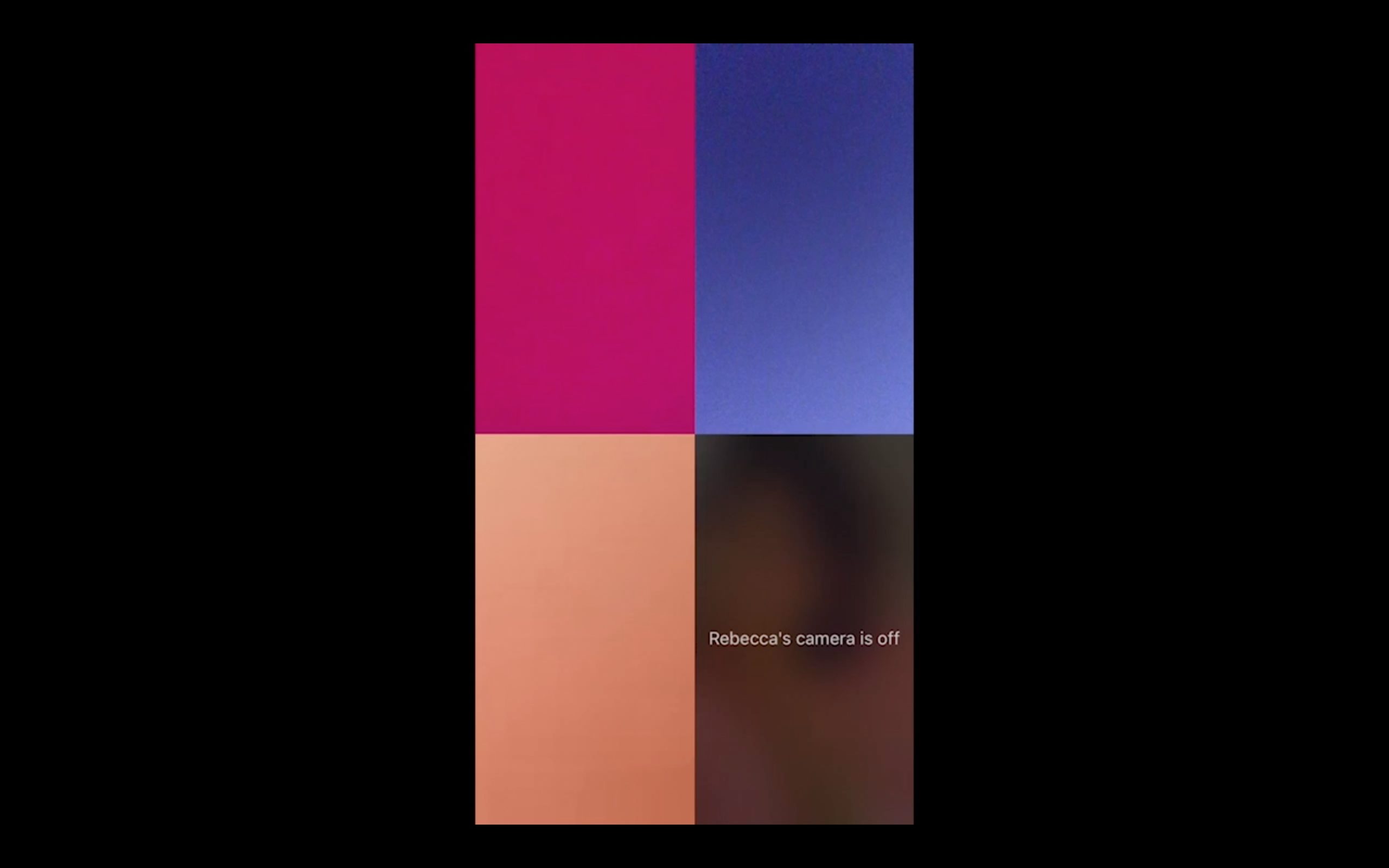 Chatroom Empathy, 2020, still from video, Rebecca Salvadori, George Finlay Ramsay, Elaine Tam, Geistė Kinčinaitytė.
Chatroom Empathy, 2020, still from video, Rebecca Salvadori, George Finlay Ramsay, Elaine Tam, Geistė Kinčinaitytė.
Rebecca Salvadori: I have a large video archive of most of my friends. George Finlay Ramsay is one of them. I often reflect on what it means to transform a friendship into a work and the complexity of constantly evolving exchanges between creativities; what is it that really happens between two or more people engaged by a process that transforms them. In my experience there is a moment where the right shape and form comes together for the right context. Chatroom: Empathy could be seen as one of those moments. The mediated intimacy we developed in the making of this collaboration felt sweet and humble as well as respectful of the different degrees of closeness established with each other over the years. We gradually introduced rituals to enable a deeper connection; we spoke online every Saturday; we filmed ourselves only when agreed reinforcing trust; we gave each other tasks that could match our individual qualities and quietly accepted the moment the collaboration felt over with an interesting silence made of virtual smiles. Elaine said “The distance afforded by the screen, encrypted image, film technique is suffused with yearning, the intimacy of the zoom lens never quite reaching your skin.” Geiste said “This quietude is the condition for empathy itself, inviting us to observe and unfold together with the image, being with the other. Could loving from a distance be thought of as the most profound form of love?” George said “what i like about these films is that to me they still feel necessary, right now. where the superfluous feels extra superfluous.” Mediated intimacy feels different when doesn’t come as a surprise but is consciously constructed to be shared with others. I am personally interested in those moments generating immediate emotional reactions, before there is a chance to analyze, process, decode and intellectualize. I don’t think mediated intimacy is a contradiction in terms and I do believe the virtual realm can foster new forms of distanced intimacy, but I also think that’s not the real point, at least for me. The point is managing to make some silence in order to be able to truly listen to oneself as when the individual pieces are complete within themselves, they form a whole work that is greater than the sum of its individual parts.
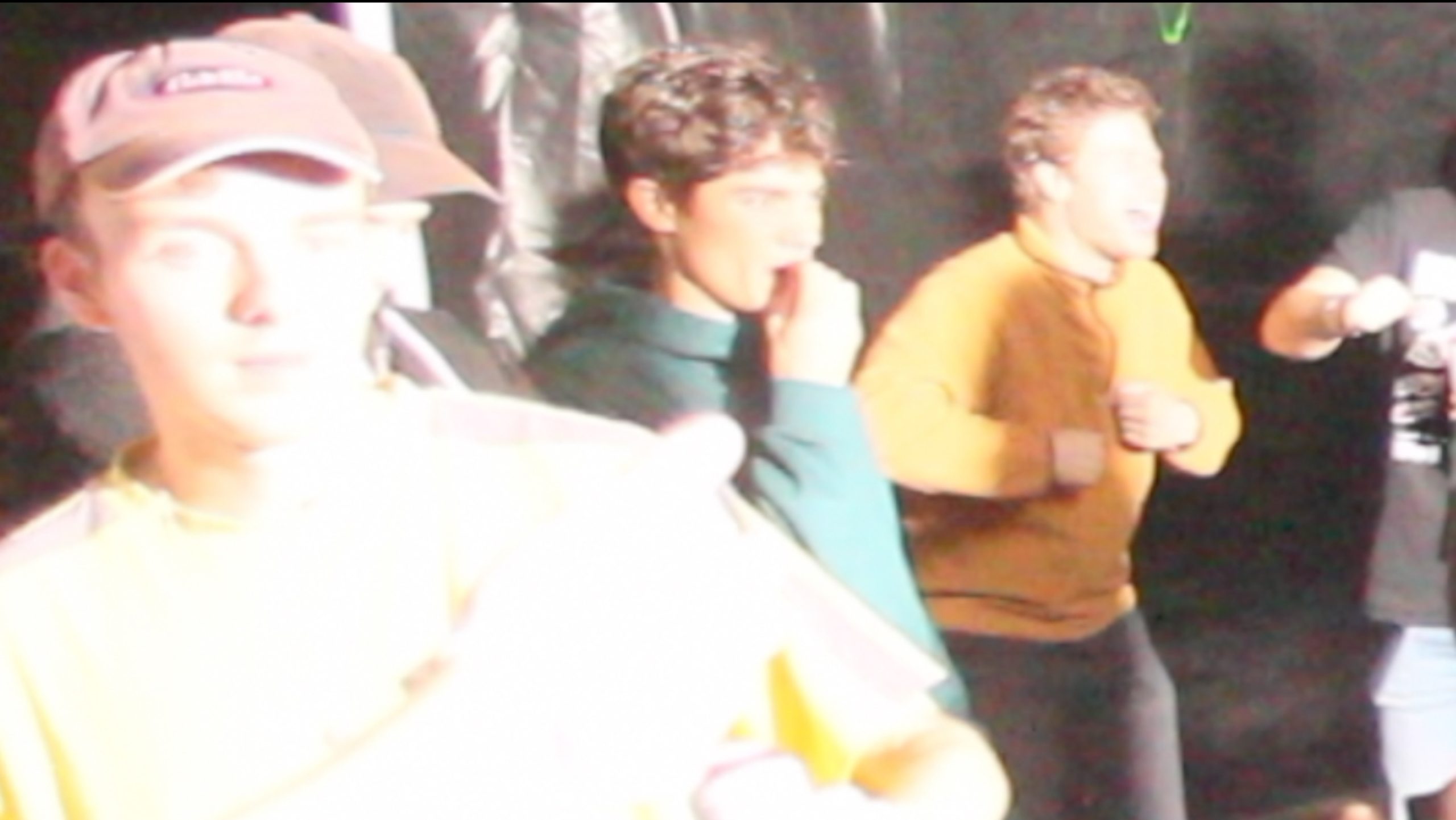 Final Sheffield, 2017, still from video.
Final Sheffield, 2017, still from video.
Sara Castiglioni: Your work focuses a lot on authentic connections between individuals. In Rave Trilogy, you document the extraordinary forms of interaction that music festivals and raves seem to make possible and their revolutionary potential in fostering new forms of co-existence.
During the lockdown period, you took part in Avantgardening, a multi-disciplinary platform, solidarity initiative and stream festival presenting a series of audio-visual works that went live on Twitch on 17th,18th,19th April. The festival, aiming to fundraise for those affected by Covid-19 in Milan, promotes a new idea of collectivity, connectivity and social activism by making use of the infrastructures and communication tools of the internet. Sociologist Pierre Lévy has extensively discussed the transformative power of cyberspace in facilitating new forms of connection, which can have a revolutionary effect on society, allowing new forms of democracy and – through the synergic union of individuals abilities – of cooperation, referring to the idea of collective intelligence. Do you find cyberspace as a new potential platform for being humans together, create new forms of connections and ideas of community?
 Inside Fold, commissioned by Fold Club and produced by Inverted Audio, 2019, still from video.
Inside Fold, commissioned by Fold Club and produced by Inverted Audio, 2019, still from video.
Rebecca Salvadori: As a viewer – participant I think one of the aspects I’ve enjoyed the most was imagining all the conversations the curators might have had while constructing the program. There is something extremely fascinating about creating collectively the correct order for things. Lockdown months generated the possibility of solitary contemplation, rendered impossible by ordinary life. Solitude can help one to feel one’s’ centre as well as increment the flux of vagueness. Being physically locked in one place and simultaneously being subjected to a huge amount of information, felt almost like a liberation. Each day’s experiences maintained a participatory element and felt simultaneously protected; the safe body, two – dimensional image of one self was still, the physical body dangerous and out of control. I see both the disembodiment/virtualization of the body and the opportunity behind new information technologies, both the possibility of being humans together and collective intelligence as well as detachment from the self. I also see the lack of individual centre, competition for attention and a tendency to extreme polarization within most conversations. I find myself trying to detach from the desire of formulating immediate opinions. I am close to this reflection taken from Audio Culture: Readings in Modern Music “The habitat of the imagination, not only allows us to grow the spore of identity but multiplied a millionfold, creates the rich loam in which a genuine democracy thrives. In the silence of our own minds, in the margins of the text, we are made different from one another as well as able to understand otherʼs differences from us.”
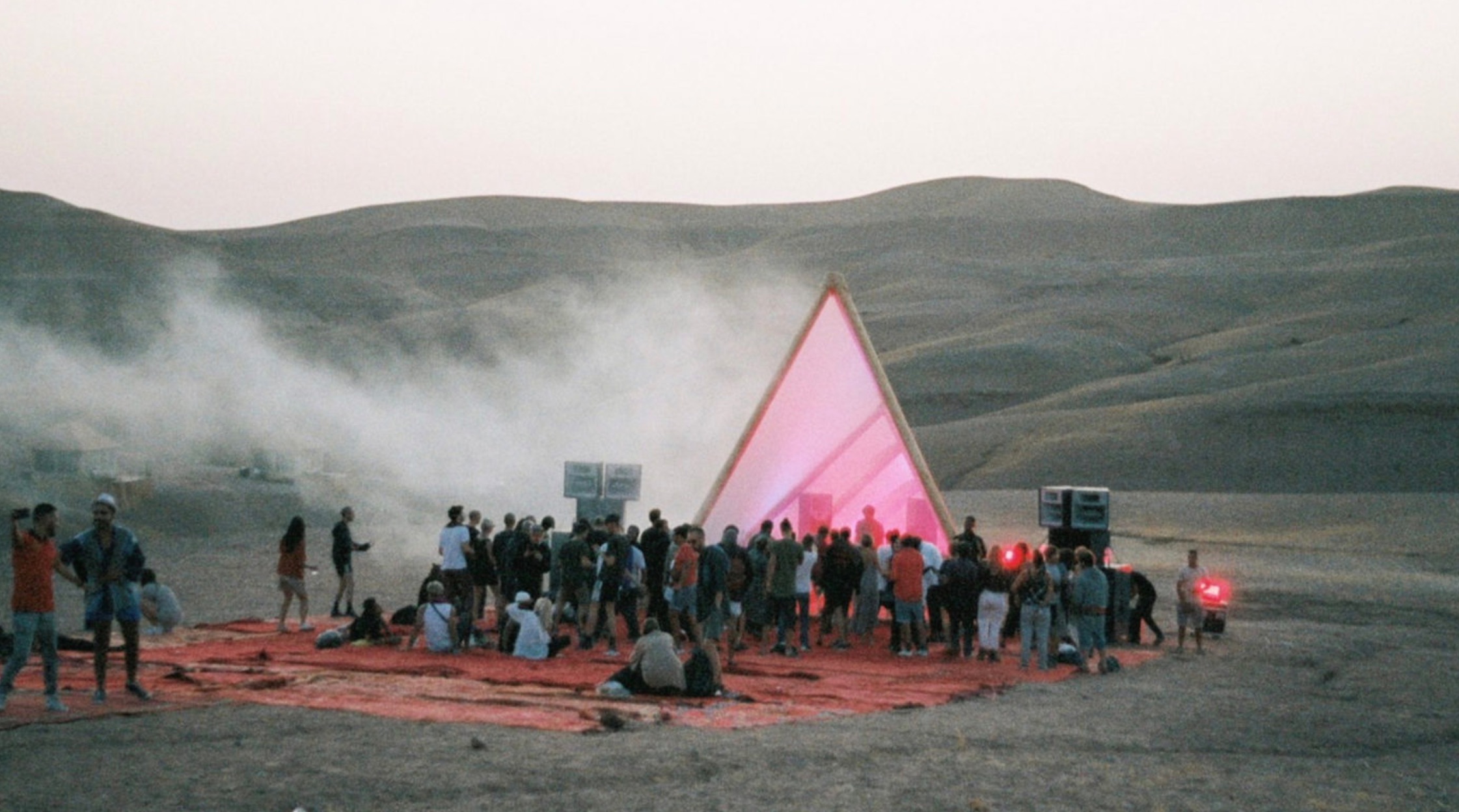 Desert Rave, 2019, still from video.
Desert Rave, 2019, still from video.
Sara Castiglioni: Your films seem to underlie a particular motif in your practice, namely the slowing down of both the frenziness of contemporary life and the production processes of the digital. Most of your videos tend to avoid the excessive artificiality and acceleration typical of the digital and decelerate its mechanical attitude. Does this recurring pattern in your practice underlie a particular critique of contemporary digital culture and the abuse of technological advancement?
Speaking about acceleration, our times can be said to be founded on the culture of speed. However, in your documentaries, action is decelerated, time is dilated and you seem to give importance to details denied by an overly accelerated contemporaneity. Is the agency of art to be found in slowing down, or in mining out quasi-autonomous moments within it?
 Limited edition digital print, 2016, euroemptiness series.
Limited edition digital print, 2016, euroemptiness series.
Rebecca Salvadori: I believe one should develop individual exercises in order to have a horizontal constructive relation with the possibilities offered by technology and contemporary digital culture. In my experience if one lets a software, the quality of a camera or even the digital platform where the work might get shown, rule the nature of one’s work, the might be a risk of moving solely within an aesthetic, stylistic, repetitive dimension. I have always been extremely slow in finding the right words to talk about my films and I think one of the reasons is that I needed to understand my intimate relation with the technological tools I was using to make them. I started shooting and editing little films with a Sony Cybershot 3.1 megapixels; the videos had no sound and the pixels were basically the whole shot. I remember feeling immediately connected with the materiality of the digital image; listening with fascination to Steina and Woody Vasulka’s reflections on the degradation of the analogue image and their beautiful experiments with live documentaries, live video processing and experiences in perception. A few years later I was shooting with another compact camera, the Canon G9, that had a very strong body and no interchangeable lenses. I had moved to Berlin, where I was able to verify the strong connection between art, music and film-making, and found myself compulsively filming everything I saw. Holding the camera made me feel like an active participant to whatever context I was engaging with; I could be present and absent at the same time and still feel like I had a role. I would then edit everything experimenting with exercises of synchronicity and asynchronicity and constantly questioning genre classification. A few years later I would import and export the same film over and over to degrade its image quality, categorize possible messages according to the different image qualities as well as making abstract animations. Recently I feel like I have found the right balance between different digital materials commissioned by Dérive, a new collective exploring the culturale value generated by interaction between sounds, movement and images. I have also tried to construct a layered soundscape, using the same techniques as if editing footage. All these exercises have led me to feel more connected with my tools and my curiosities, and yes, also to find quasi autonomous moments of deeper connection with my films.
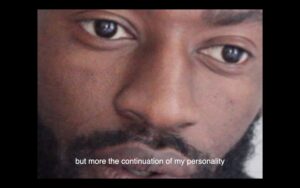 The Act of Listening,2019, still from video. Portrait of Oscar Gattaca.
The Act of Listening,2019, still from video. Portrait of Oscar Gattaca.
Sara Castiglioni: Talking about your a/v work, you expressed to be more interested in the process behind the production of animation rather than the final result, in particular in the personal dialogue established with the machine. This seems to reveal another attempt in your practice to humanise technology and refuse predetermined outcomes dictated by automation. Can you tell us more about this process, in relation to your audio-visual output?
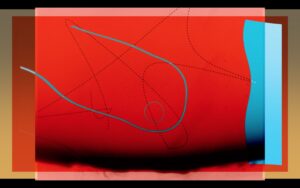 Synchronized and non-synchronized exercises of arrhythmic empathy, 2017, still from video.
Synchronized and non-synchronized exercises of arrhythmic empathy, 2017, still from video.
Rebecca Salvadori: When I started filming I didn’t have any sense of boundaries between myself, the camera and what was being filmed; everything melted together and felt equally relevant to the point I found myself disappearing behind the camera. Filming life happening was my way of actively participating to its unfolding; all the different worlds I was documenting were coming inside, being absorbed. At some point I had to stop, make silence and subvert the flux trajectory: instead of filming everything I saw, I isolated and started making abstract animations, from inside towards outside. Vision overload and information excess together with a desire of “silence” are the fundamentals of the graphical language Euromptiness, born in 2012 from a desire for “emptiness” and has been subsequently transformed into either Installations, live visuals or large prints. The simple animated geometries, often individually constructed, are mixed together ruled by repetitions, casualties and also generative automatization. One of the videos I feel closer to is synchronized and non-synchronized exercises of arrhythmic empathy, commissioned by Sandro Mussida for his Ventuno Costellazioni Invisibili vinyl release. The two visual compositions present a series of animated shapes and colors, assembled together according to constantly evolving combinations of intentionalities. The combinations never repeat; the arrhythmic evolving movements attempt to break free from a mechanical, predetermined outcome. The video premiered in occasion of Encyclopedia of Human Relationships show curated by Mark Fell but one the screenings I’ve particularly enjoyed has been the D.Rem exhibition exploring lucid dreaming; the audience was sleeping on scattered mattresses in Sigmund Freud’s home, under the film projection in order to see if the images affected their dreams.
Sara Castiglioni: As eloquently discussed in a recent online article, photographer Lewis Bush sees the emphasized use of technology as one of the main causes behind the dehumanisation and objectification of the human body in conceptual documentaries. Such exaggerated employment of technology, objectifies the human body in a way that “almost strips the individual from the human figure”, just for the sake of aesthetics.
However, your specific employment of digital technology, almost used as analogue material, kind of makes a statement about the honest approach you always seek in your documentaries and the interest you have in portraying the real as it is, rejecting any form of aestheticization of the human body through the technological artifice. Does this approach you have towards technology subtend a particular ethical commitment?
Rebecca Salvadori: Actually yes. I am extremely conscious of visual semiotics and I do feel a sense of responsibility towards the contexts and people I film. Seeking a non fictional moment of truthful exchange, I do need to build trust with all the parts involved in the making of the documentaries. I therefore spend long time editing, questioning all my choices but most importantly, I try not to know what is it that I am exactly trying to say with that specific image; I try to feel new to it, as the viewer might be; I let the different scenes unfold organically in the making and to inform me of their possible directions; an extremely nourishing combination of being fully in control and lost at the same time.
Rebecca Salvadori è un’artista, filmmaker e curatrice multi-disciplinare con una formazione in Screen and Film studies presso la Goldsmiths University di Londra. Ha co-fondato il collettivo artistico “Tutto Questo Sentire”. Durante gli ultimi dieci anni Salvadori ha sviluppato un ampio archivio di materiale video che include documentari, ritratti d’artista e live set audiovisivi, che l’ha portata a collaborare con artisti e musicisti internazionali, sia come regista che come filmmaker.
More on Magazine & Editions
Magazine , ESCAPISMI - Part I
Sparire dentro un pixel
Pratiche di in-visibilità a partire da “How not to be seen: a fucking didactic educational.mov file”
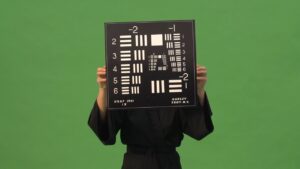
Magazine , AUTOCOSCIENZA - Parte I
Composizione e autorialità nella Digital Music
Il processo di creazione artistica a opera delle Intelligenze Artificiali.

Editions
Estrogeni Open Source
Dalle biomolecole alla biopolitica… Il biopotere istituzionalizzato degli ormoni!
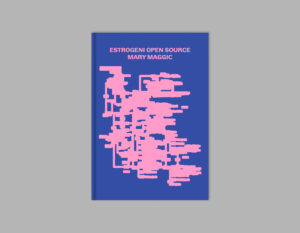
Editions
Hypernature. Tecnoetica e tecnoutopie dal presente
Dinosauri riportati in vita, nanorobot in grado di ripristinare interi ecosistemi, esseri umani geneticamente potenziati. Ma anche intelligenze artificiali ispirate alle piante, sofisticati sistemi...
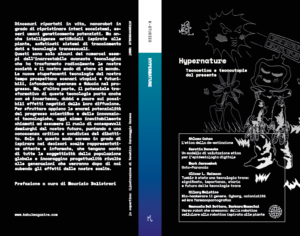
More on Digital Library & Projects
Digital Library
Imitazione di un Sogno
Esplorazioni filosofiche e sensoriali tra sogno e realtà.
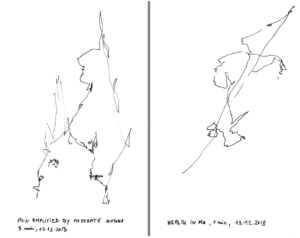
Digital Library
Politiche dell’archivio – La traduzione nei film
Il terzo contenuto prodotto in occasione di Fansub Sessions, un progetto di CLOG in collaborazione con KABUL magazine, consistente nella traduzione collettiva e successiva diffusione di saggi di artisti e critici contemporanei. A ogni 'fansub' realizzato, corrisponderà un incontro presso CLOG in approfondimento ed espansione dei testi tradotti.
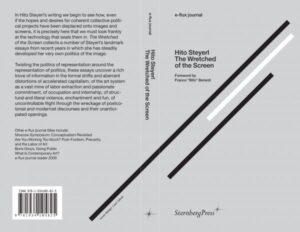
Projects
KABUL ft. Contemporary Cluster
Un'intervista alla redazione di KABUL sulla pubblicazione di "Hypernature. Tecnoetica e tecnoutopie dal presente".
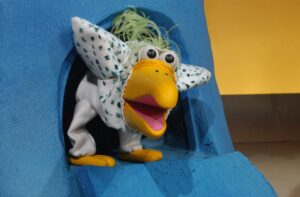
Projects
Le forme pop della didascalia
L’uso della didascalia nel contesto museale e la descrizione dell’immagine nell'epoca della cultura visiva: una riflessione scaturita dal secondo appuntamento di Q-RATED (Quadriennale di Roma).

Iscriviti alla Newsletter
"Information is power. But like all power, there are those who want to keep it for themselves. But sharing isn’t immoral – it’s a moral imperative” (Aaron Swartz)
-
Sara Castiglioni si è laureata in History of Art presso Goldsmiths, University of London. Lavora come freelancer nell’ambito dell’arte contemporanea e della musica elettronica, occupandosi di produzione e comunicazione.
KABUL è una rivista di arti e culture contemporanee (KABUL magazine), una casa editrice indipendente (KABUL editions), un archivio digitale gratuito di traduzioni (KABUL digital library), un’associazione culturale no profit (KABUL projects). KABUL opera dal 2016 per la promozione della cultura contemporanea in Italia. Insieme a critici, docenti universitari e operatori del settore, si occupa di divulgare argomenti e ricerche centrali nell’attuale dibattito artistico e culturale internazionale.
